The original Pennsylvania Station was one of New York City’s most significant landmarks during the first half of the twentieth century, a palace in the middle of Manhattan. The majestic building stood in New York City from 1910 to 1963, but its memory continues to live to day.
In the late 1890s, Pennsylvania Railroad leaders Alexander Cassatt and Samuel Rea pioneered two feasts. To reach Manhattan, a global center of commerce, they would first need to lay tracks in the turbulent Hudson and East Rivers. Tunneling was an idea few were familiar with, so they were visionaries. Whether they were rich or poor, everyone saw Rome as if it was in their backyard. It was a station that inspired the world, even if only for half a century. The Gare du Quai d’Orsay influenced the planners of Penn Station in Paris and Baths of Caracalla in Rome. An architectural wonder transformed a point of destination into a wonderland.
The original Penn Station building was designed by McKim, Mead & White in 1910 and occupied two city blocks from Seventh Avenue to Eighth Avenue and from 31st to 33rd Streets in Midtown Manhattan. For the first time, direct rail access to New York City was possible from the south. The train shed and the head house of the company was considered masterpieces of the Beaux-Arts style and one of the most significant architectural achievements of New York City. 11 platforms were serving 21 tracks, roughly the same layout as the current Penn Station. The original station was among the first to have separate waiting rooms for arriving and departing passengers, and these were among the city’s largest public spaces when it was built. It consisted of 14,000 m3 of pink granite, 1,700 m3 of interior stone, 27,000 short tons of steel, 48,000 short tons of brick, and 30,000 light bulbs. It stood 69 feet (21 m) above the street on average, but its maximum height was 153 feet (47 m). Penn Station was surrounded by 25 acres of the track. Many Roman structures in the waiting room, including Caracalla, Diocletian, and Titus. The room resembled St. Peter’s Basilica in Rome in size. The lower walls were travertine, while the upper walls were decorated with a steel framework clad in plaster. According to an Interstate Commerce Commission report, the Pennsylvania Railroad spent $114 million on the station and associated tunnels upon completion (equivalent to $2.5 billion in 2021). Penn Station opened with 144 trains per hour on its 21 tracks and 11 platforms. There were 1,000 trains scheduled every weekday when Penn Station opened. The station had begun to decline in the 1930s. In 1945, more than 100 million passengers traveled through Penn Station during World War II. After the advent of the Jet Age and the construction of the Interstate Highway System, the station began to decline.
The demolition of Penn Station
In 1962, plans were revealed to demolish the terminal and build Madison Square Garden. Some opposed demolition, questioning whether preserving a building intended to serve as a monument to a past era and add value to the city’s infrastructure was a wise decision. Even though it was contrary to their style, modern architects rushed to save the ornate building. At rallies, they chanted, “Don’t Amputate, Renovate. Despite widespread opposition to Penn Station’s demolition, the New York City Department of City Planning voted in January 1963 to demolish the station that summer. The destruction of Penn Station led to the Landmarks Commission and saved other historic buildings like Grand Central Station.
#1 Passengers standing in the huge New York Pennsylvania Station Hall. New York, 1950s
#2 New York’s famed Penn Station as seen from the roof of the Hotel New Yorker, 1940
#3 Pennsylvania Station, 1950s
#4 Pennsylvania Station at 34th Street and 7th Avenue is shown below Madison Square Garden, 1940
#5 Exterior of Penn Station and traffic along Seventh Avenue, New York, New York, early 1950s.
#6 View of a crowd of people in the interior of the old Pennsylvania Rail Road Station, New York City, 1950
#7 Telegraph stations for political writers at the Republican, 1940
#8 Interior of Pennsylvania Station, 1940s
#9 View of the Great Gate room of the neo-classical Pennsylvania Station, 1925
#10 Interior of Pennsylvania Station, 1924
#11 Concourse Level of Pennsylvania Station, New York, 1911
#12 A view of the inside architecture of Pennsylvania Station designed by McKim, Mead and White, 1911
#13 Interior main concourse of Penn Station (Pennsylvania Station), New York, 1911
#14 Interior Entry Hall & Ticket Office of Penn Station, 1911
#15 Interior Entry Hall & Ticketing Office of Penn Station, 1911
#16 View of the Pennsylvania Railroad Station, New York, early 1910s.
#17 Arcade Entrance to Loggia and Main Waiting Room, Pennsylvania Station, New York City, 1910
#18 Track Level and Concourse, Pennsylvania Station, New York City, 1910
#19 Concourse, Exit to 33rd Street, Pennsylvania Station, New York City, 1910
#20 Crowds at Pennsylvania Station leaving New York for the holidays, 1948
#21 Railroad Strike at Pennsylvania station at 11.45 and all was, 1948
#22 Reunited Husband and Wife Sharing Soda, 1944
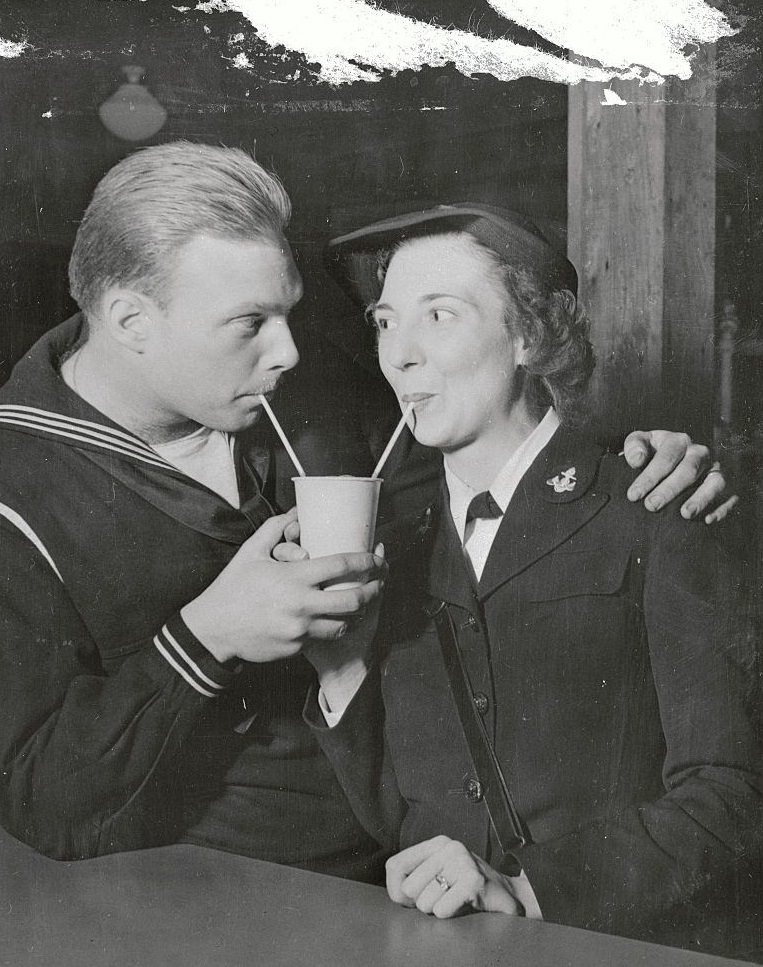
Some months ago, Apple bid his wife farewell, presumably for the duration, and was sent to the U.S. Naval Training Station. A few days ago, Mrs. Apple, who had been attending a school in New York, was transferred to Sampson, where she lost no tine locating her husband. They are celebrating their reunion by sharing a soda at one of the ship's service cafeterias.
#23 Waitress Presenting a Menu, 1943
#24 American servicemen with a smiling young woman in the canteen at Pennsylvania Station, New York City, 1943
#25 Soldiers Waiting for Train, Pennsylvania Station, New York City, 1942
#26 People Waiting for Trains, Pennsylvania Station, New York City, 1942
#27 Crowds on the concourse at Pennsylvania Station, New York City, 1942.
#28 Pennsylvania Station in New York pictured from the corner of Seventh Avenue, 1940
#29 Commuters wait for the train at Penn Station, New York, early 1940s.
#30 View of the front facade of Pennsylvania Station, New York, mid 1930s.
#31 Wildly cheering, 3,000 men, women and children gather at Pen, 1933
#32 Ethel Barrymore with Two Train Engineers, 1933
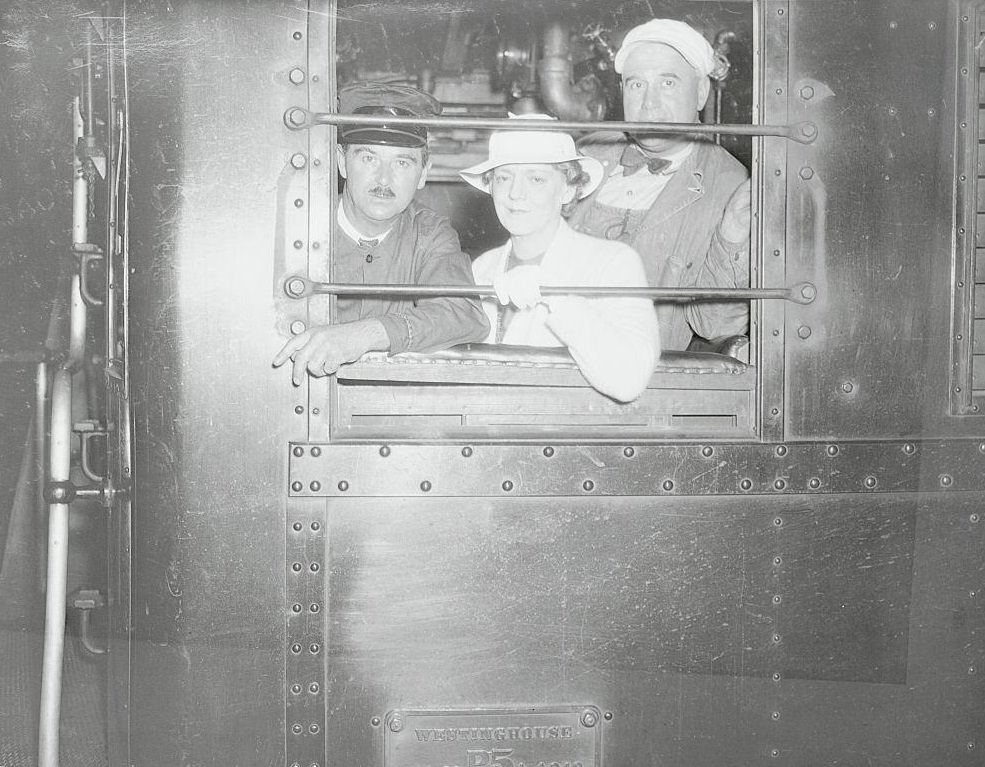
British Rail Men Ride Broadway Limited. William Gilbertson and J. Jackson, engineer and stoker, respectively of London, Midland and Scottish Railway's ace train, The Royal Scot, now on exhibition at the Chicago World Fair, rode on another crack train during their visit to the United States. These two British railroad men, who have piloted one of the world's fastest passenger trains for many years between London and Edinburgh were guests of the Pennsylvania Railroad and road the Broadway Limited, both eastbound and westbound, within 48 hours.


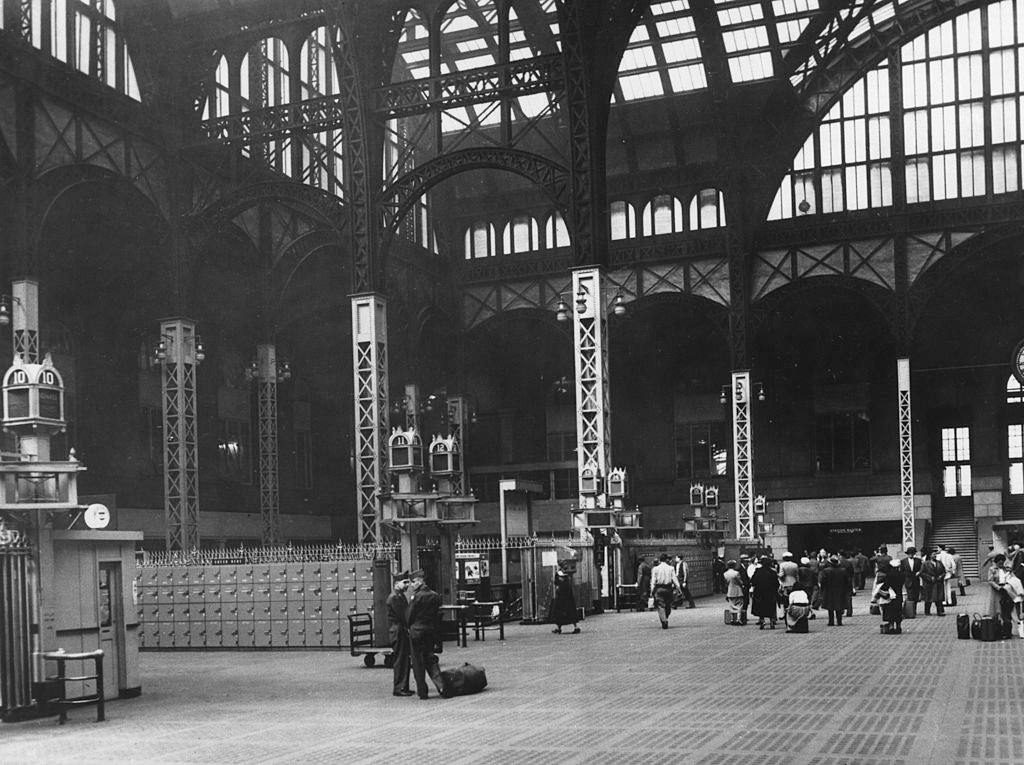
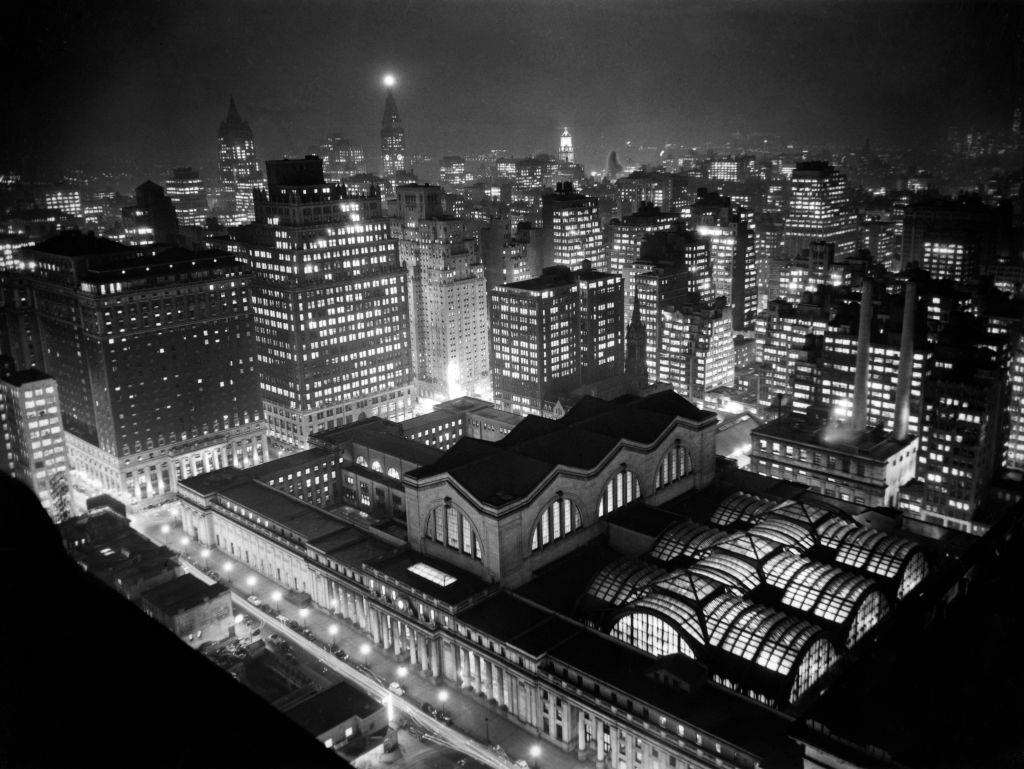
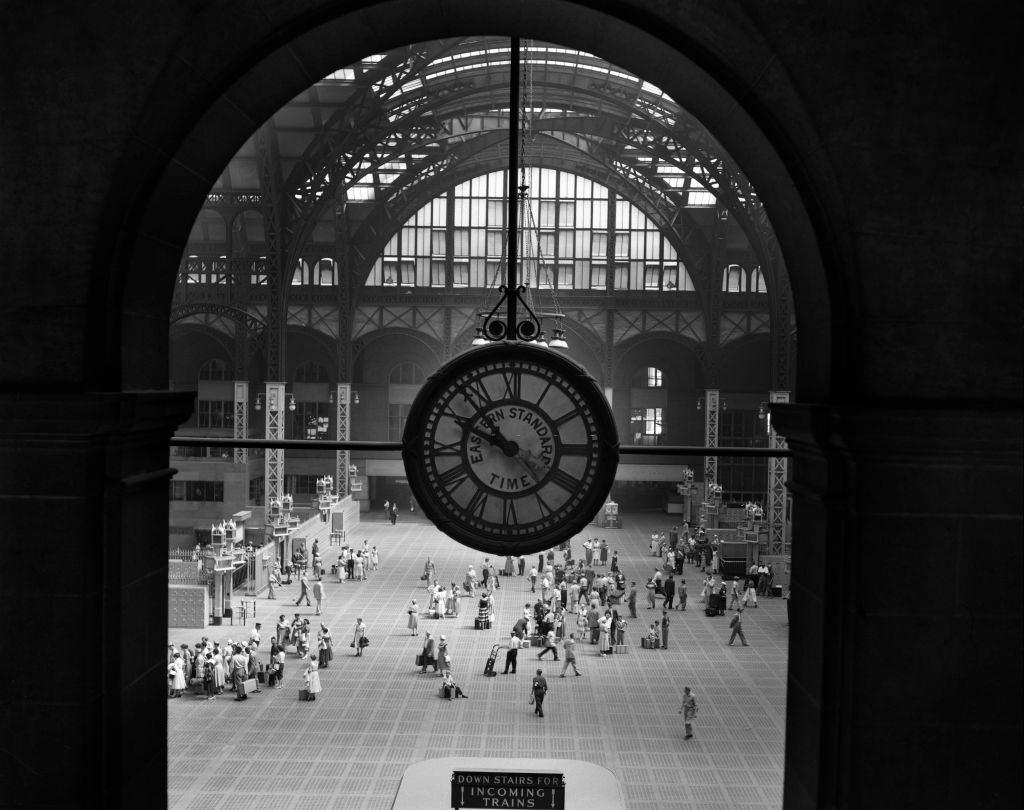

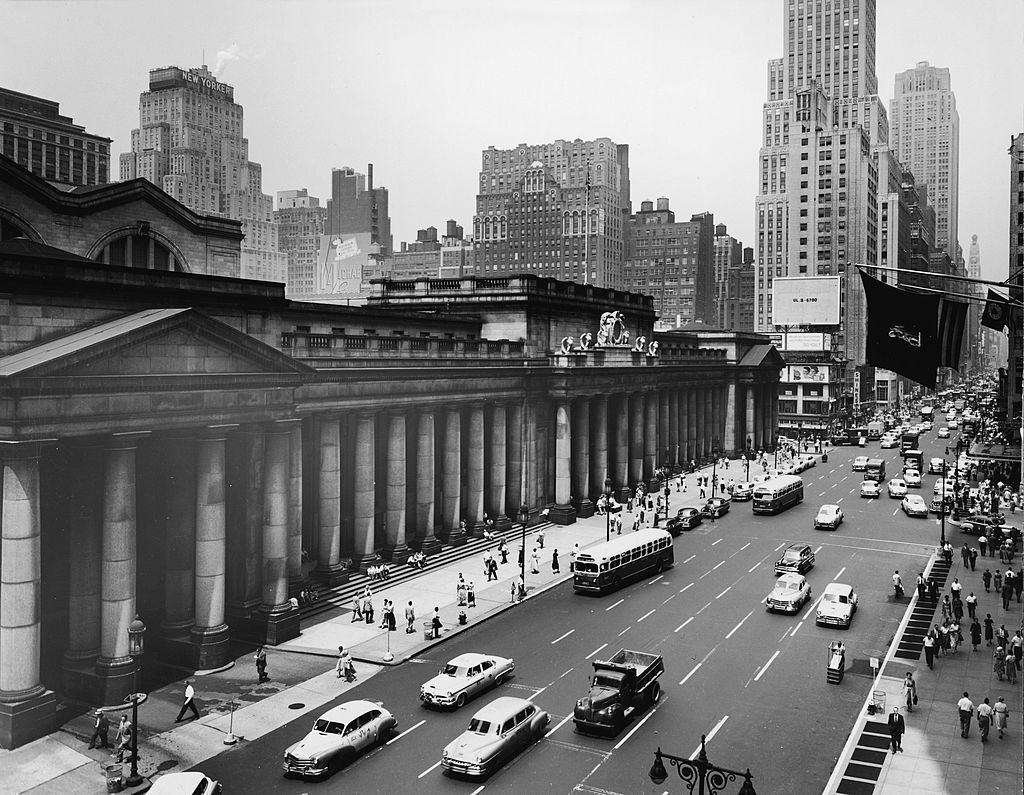
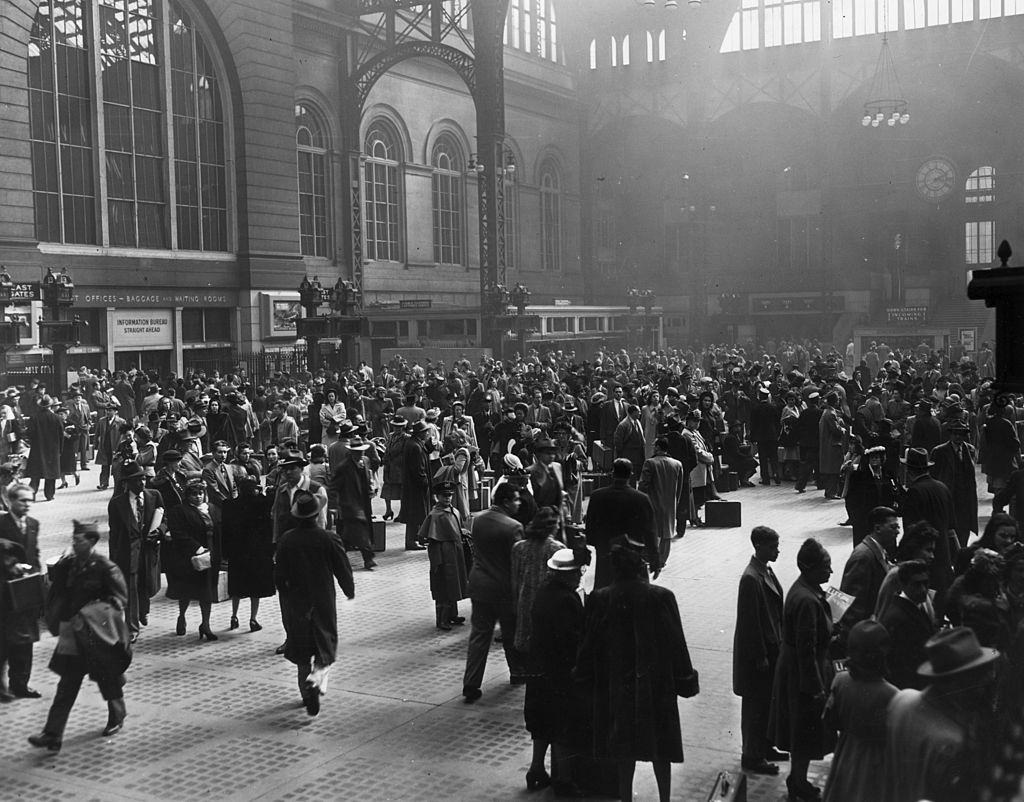
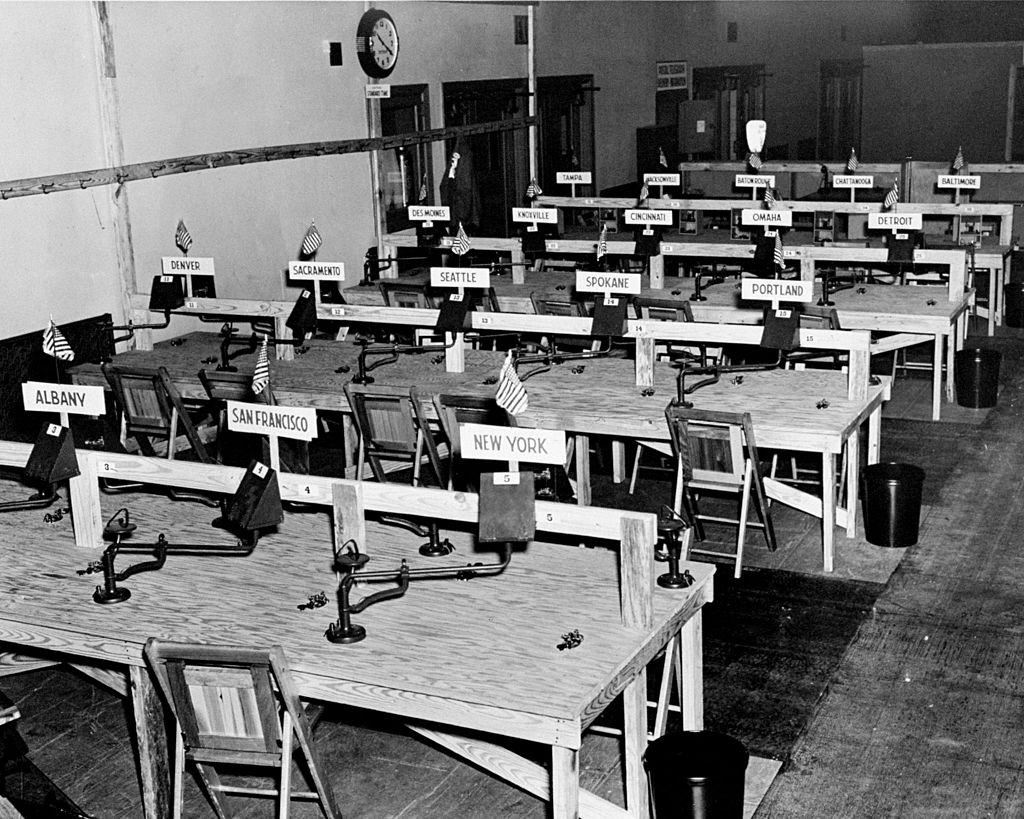
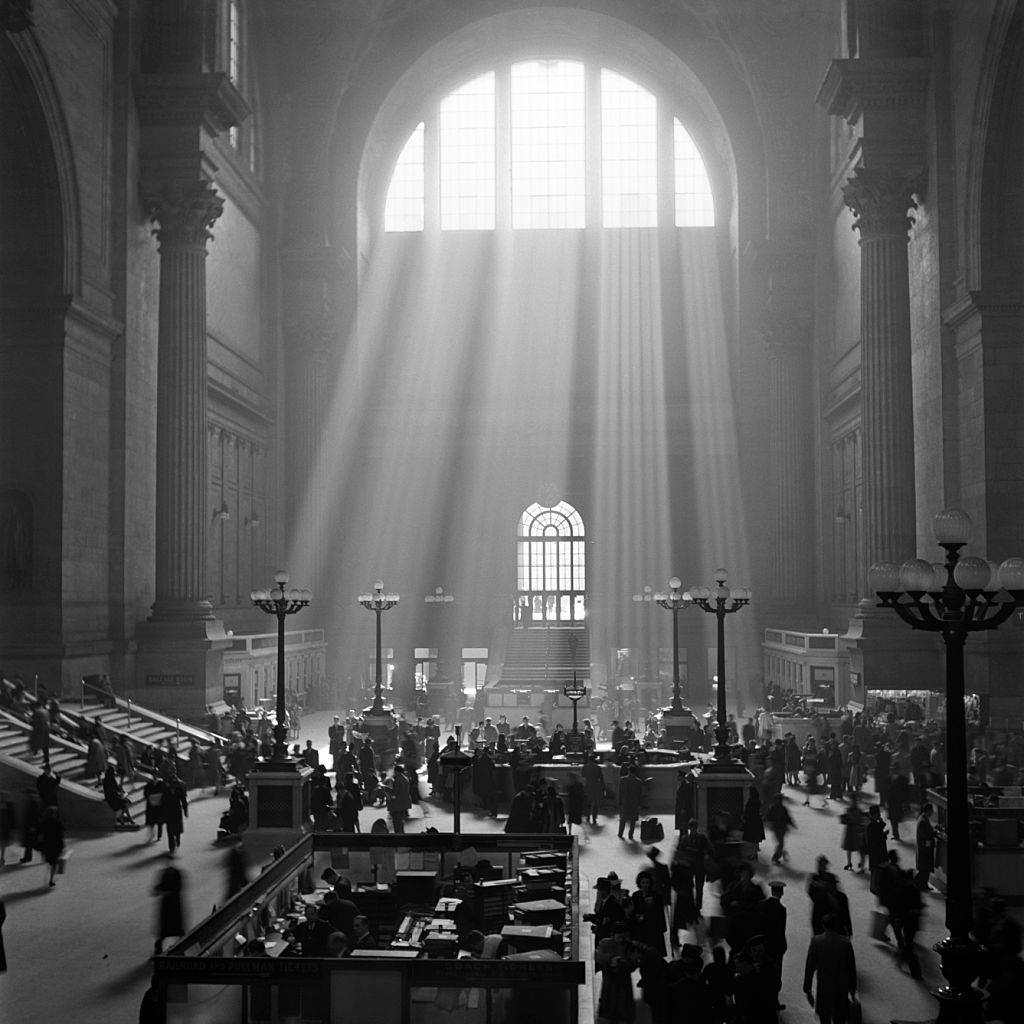
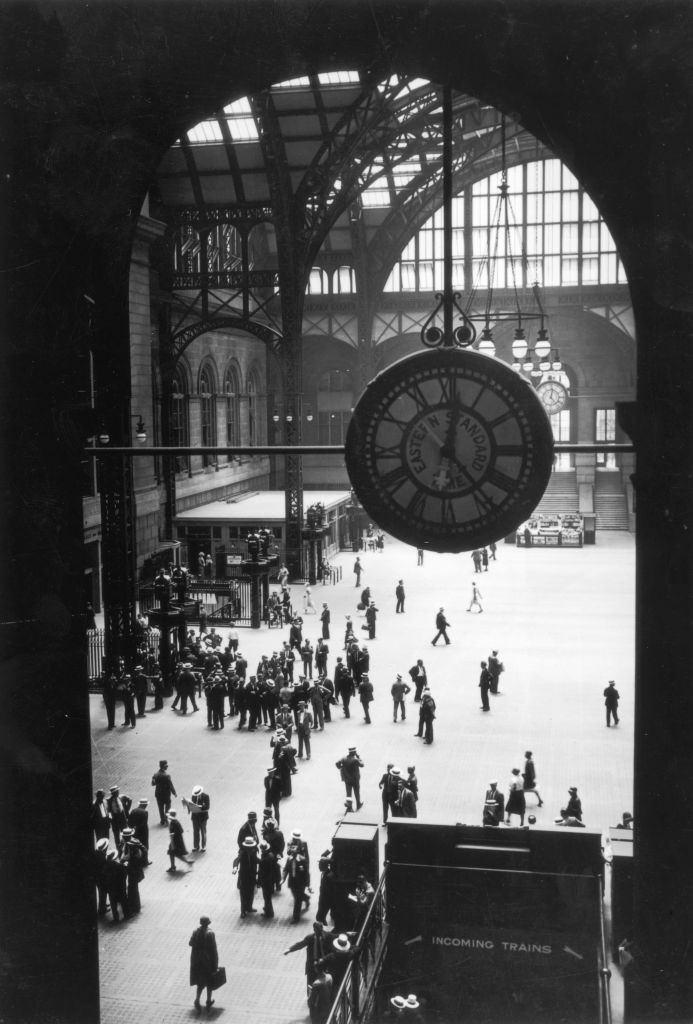
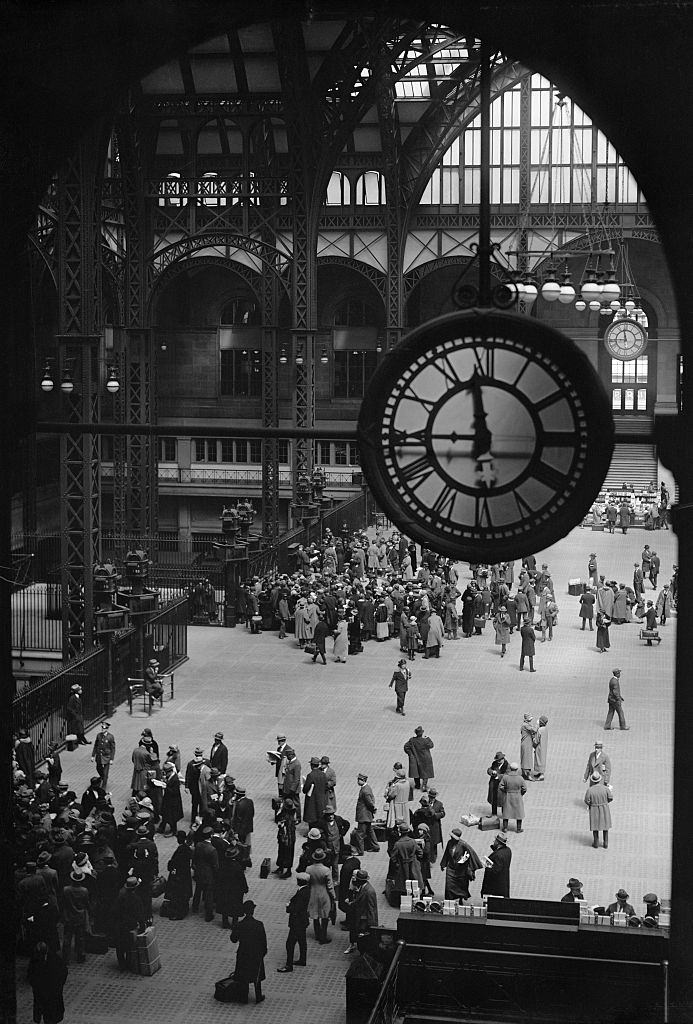
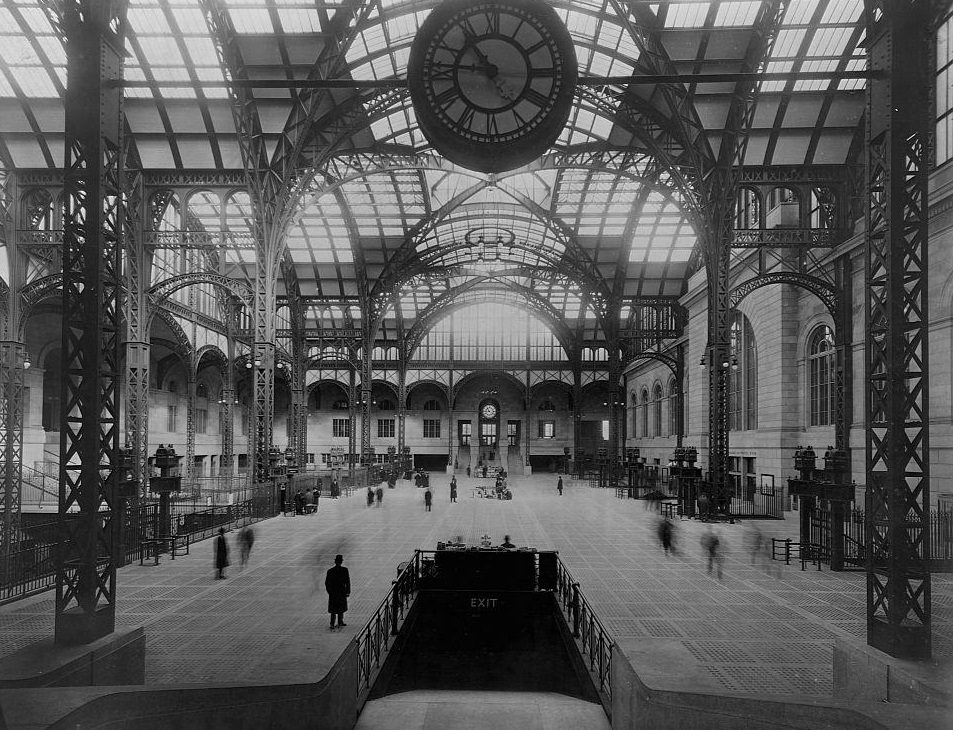
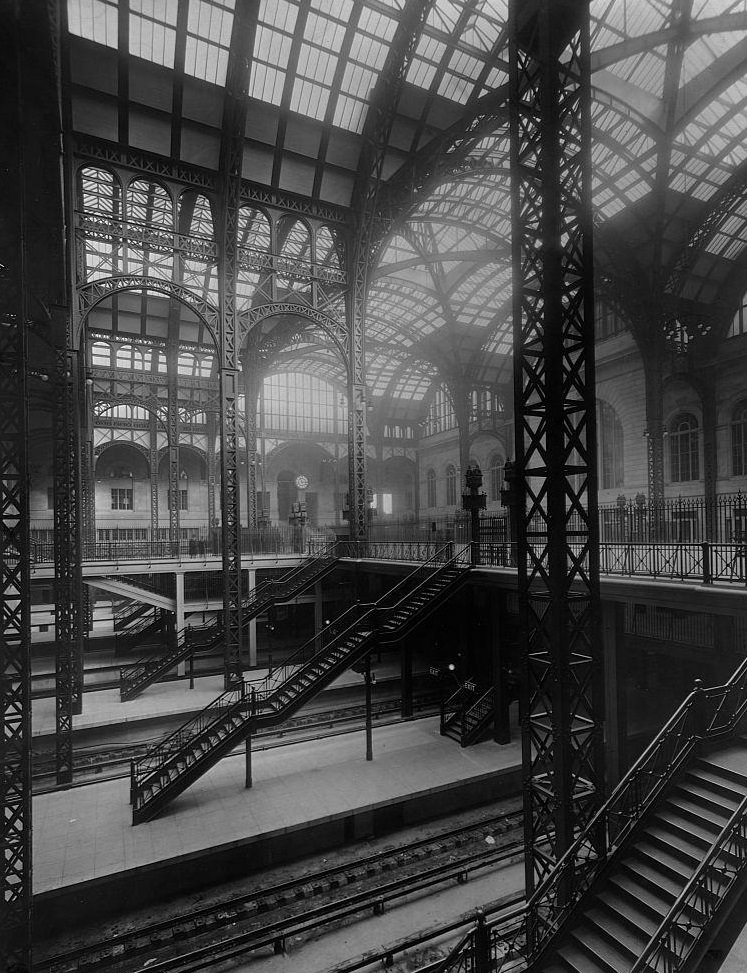
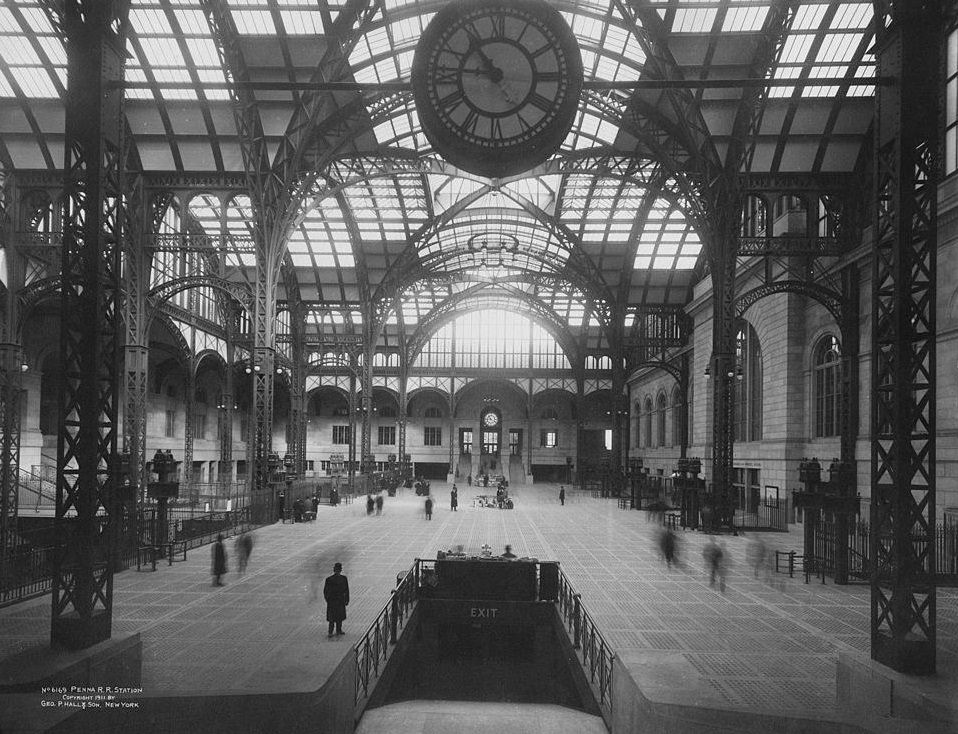
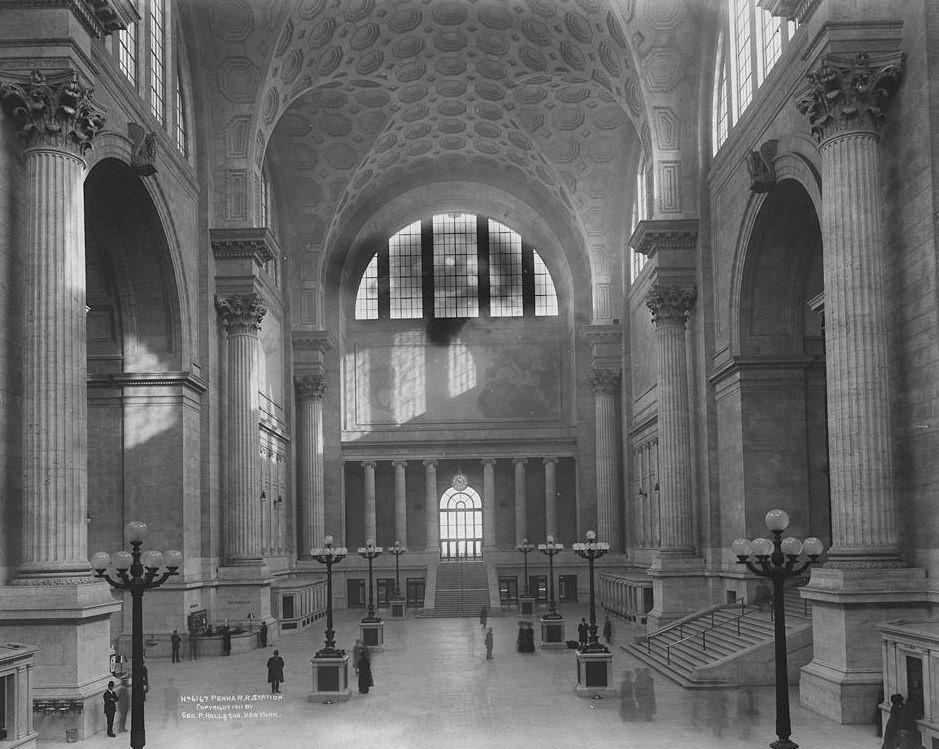
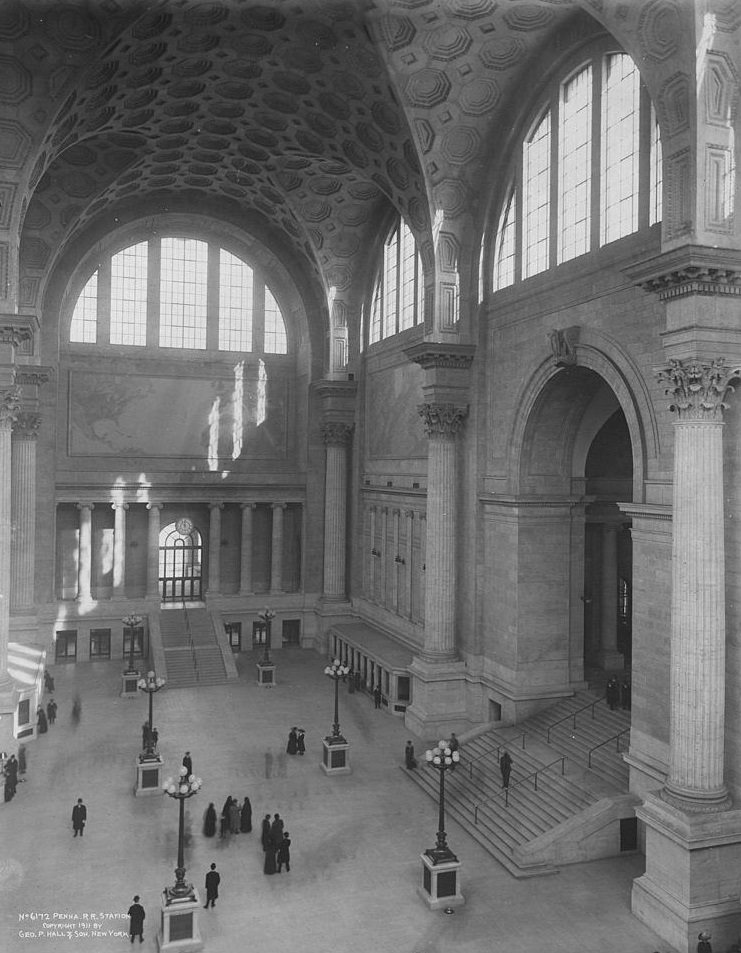
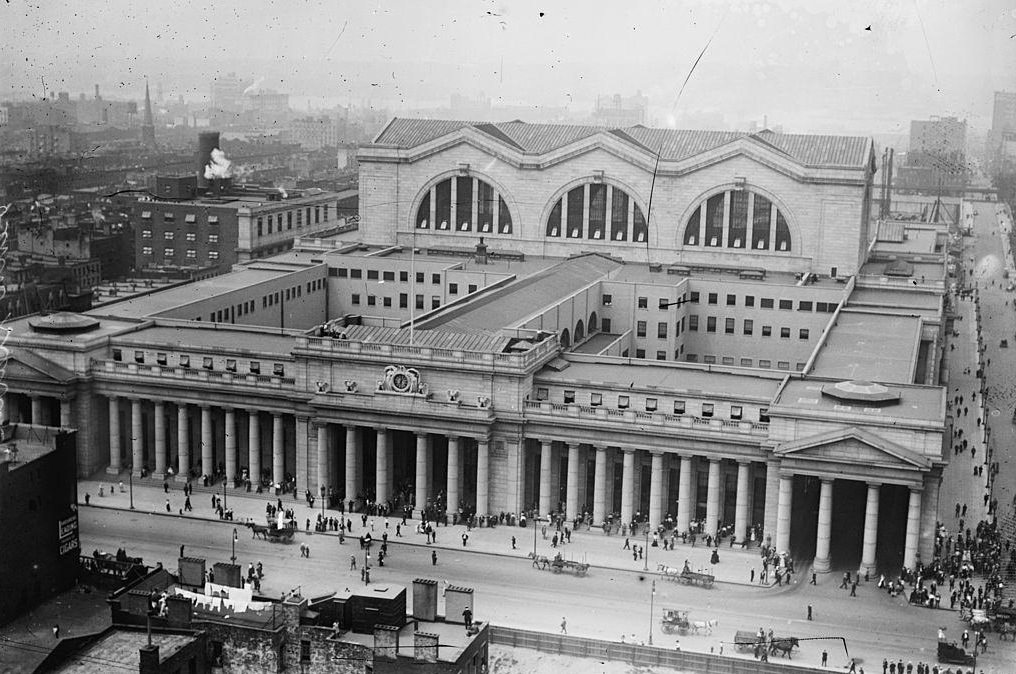
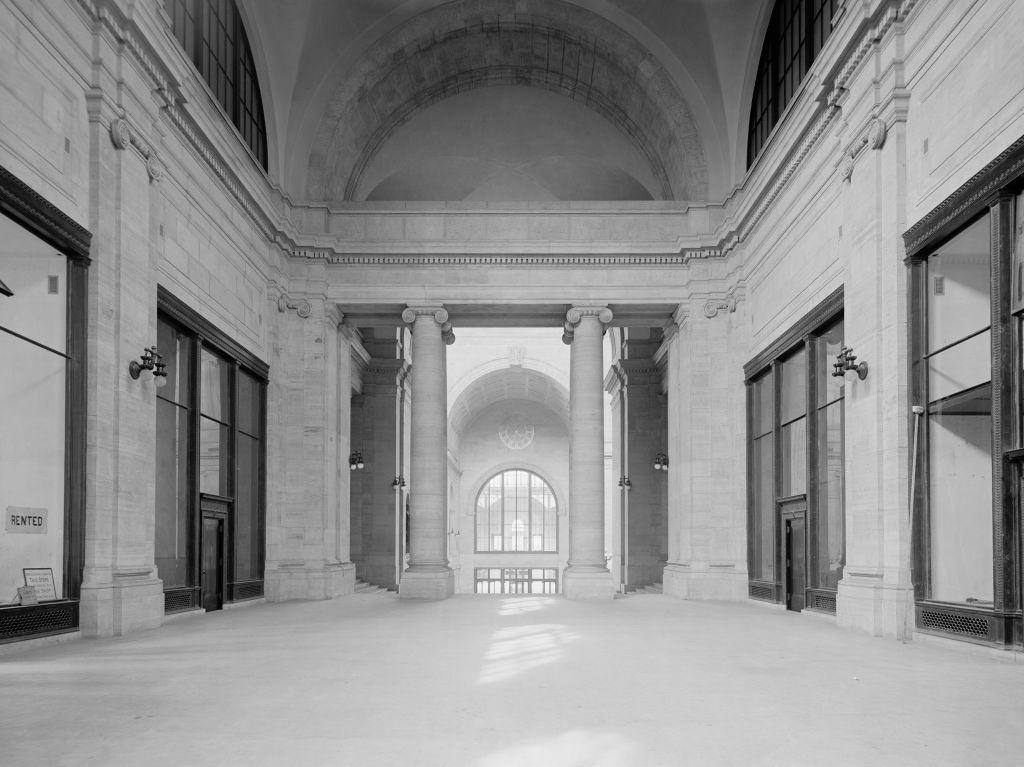
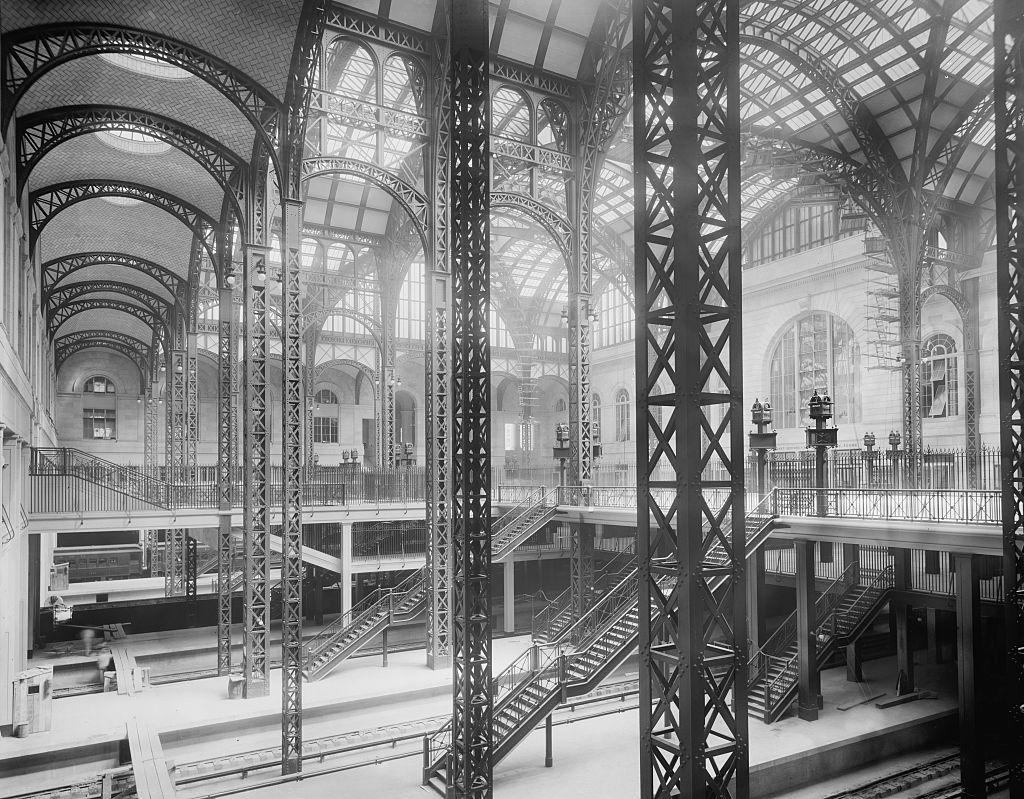
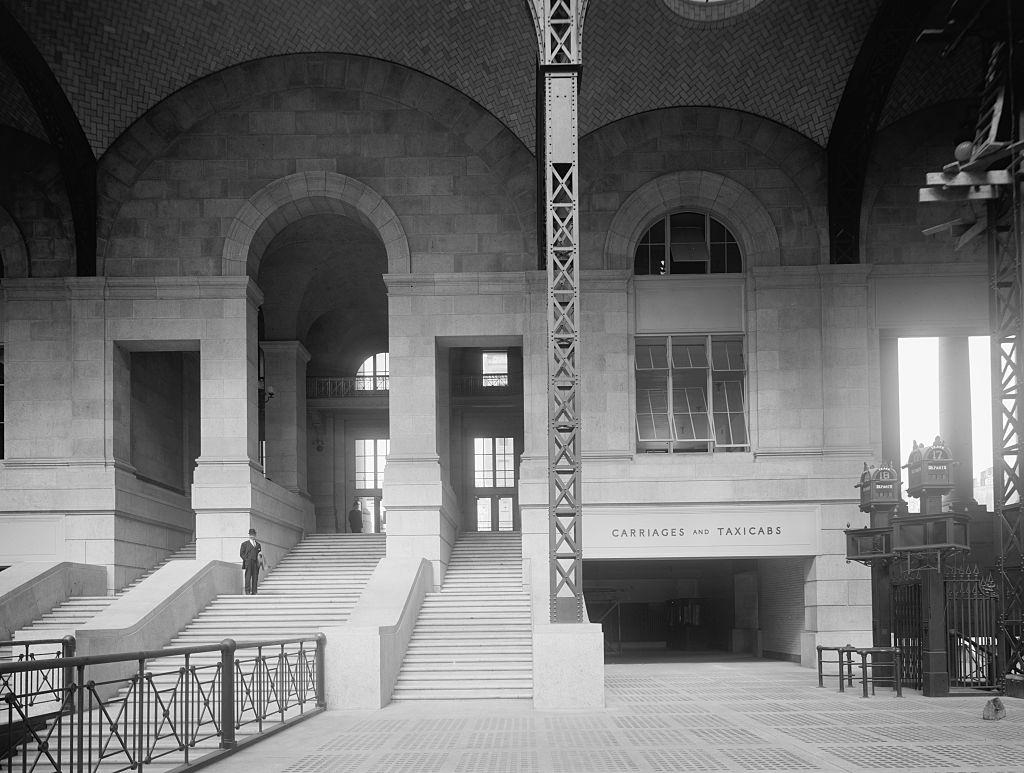
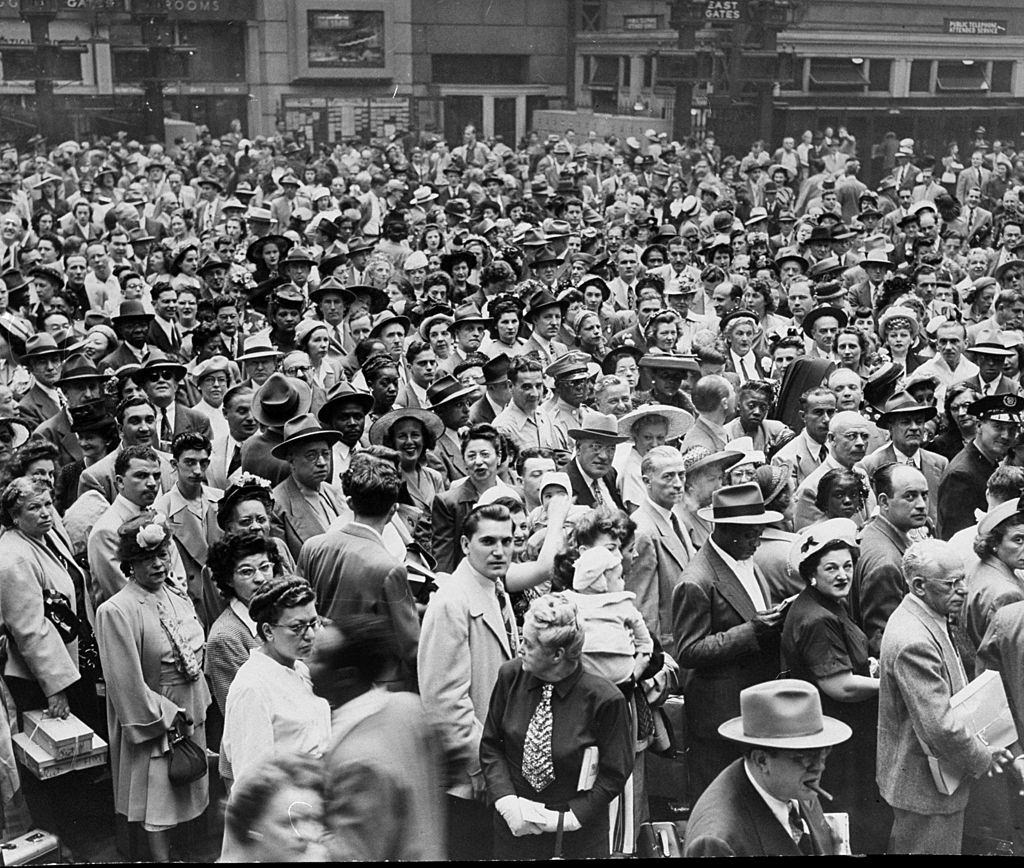
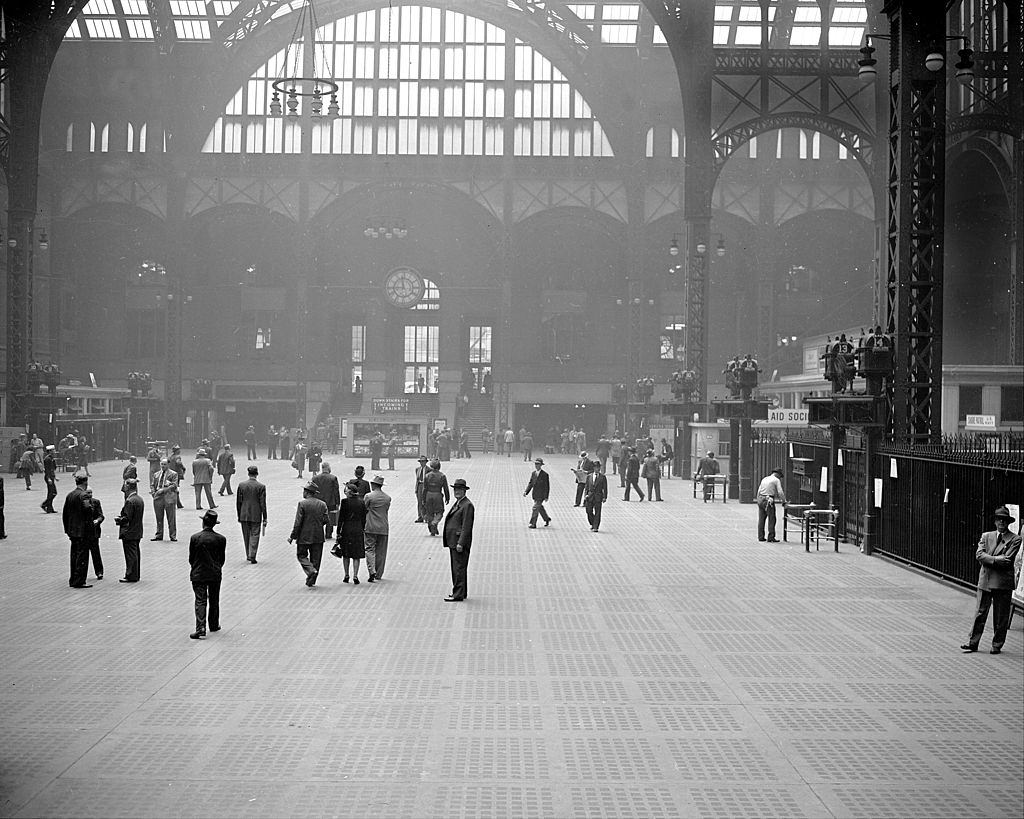
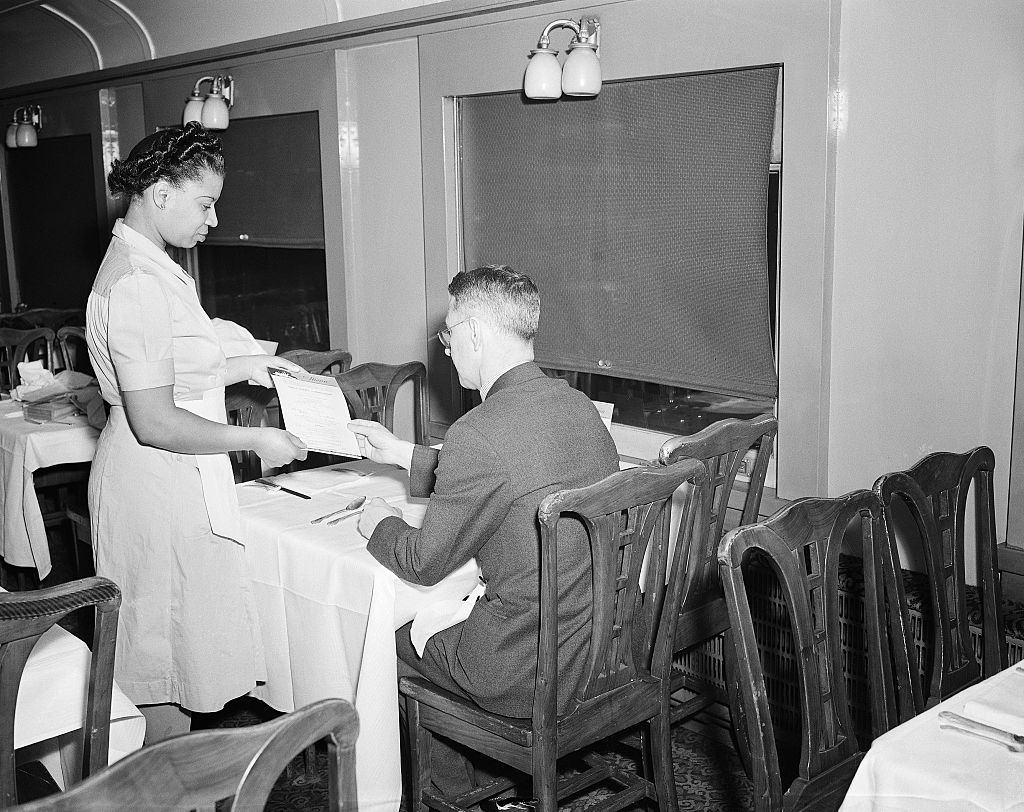
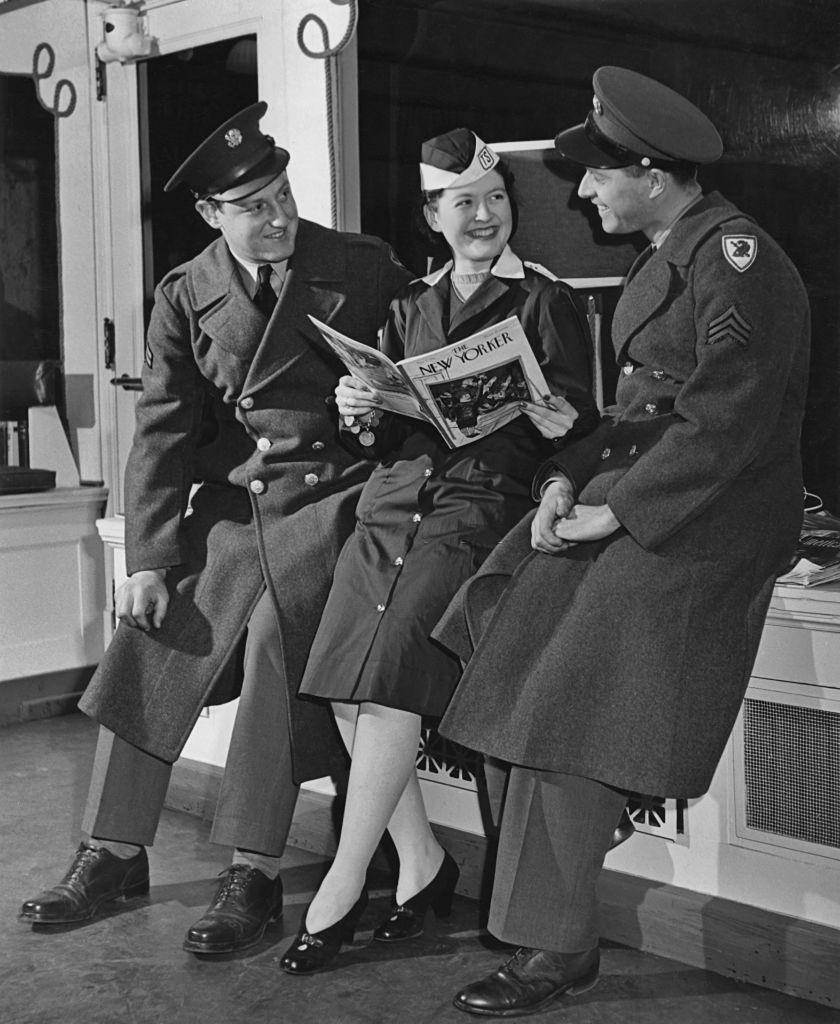
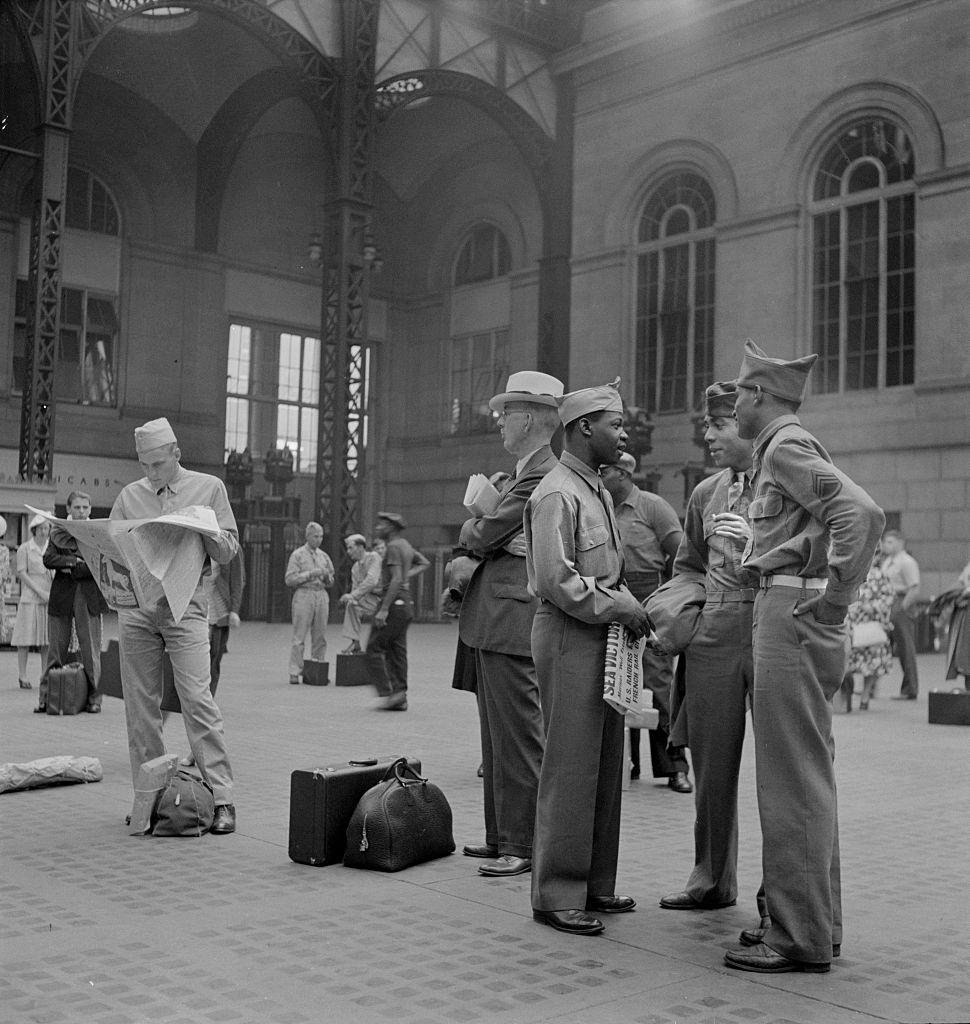
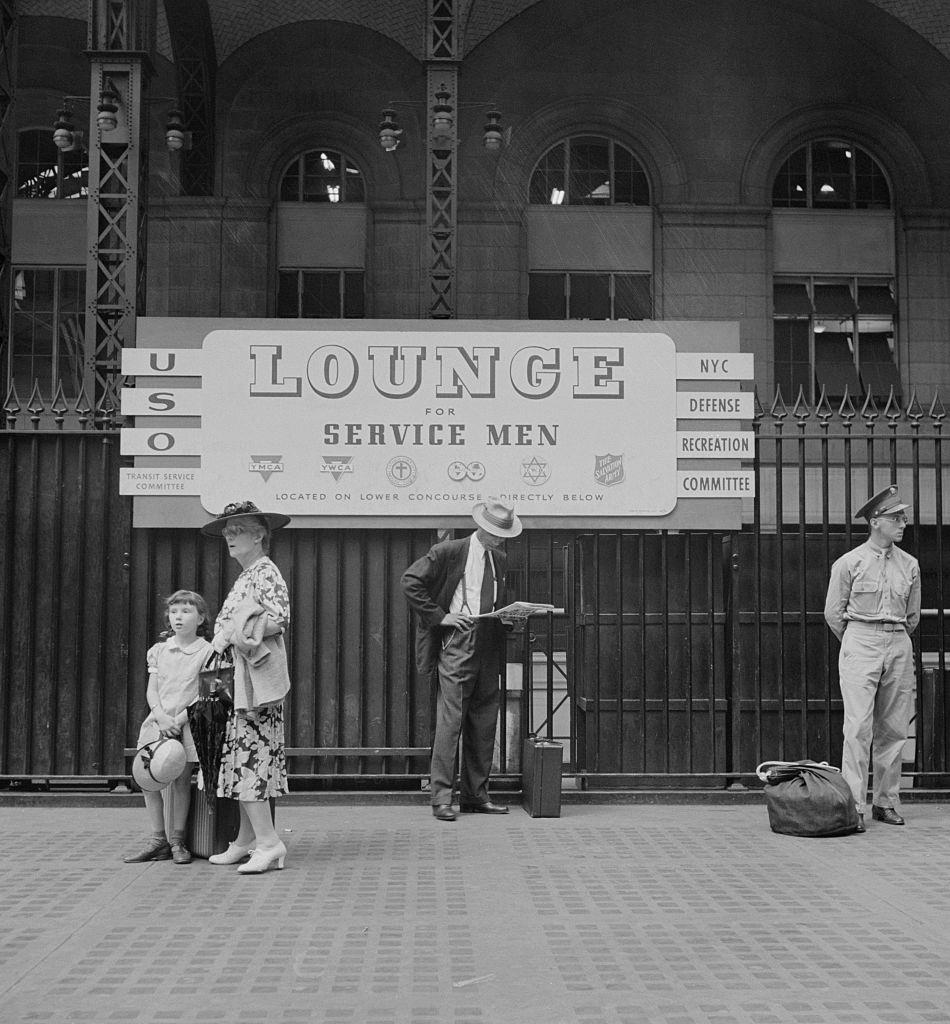
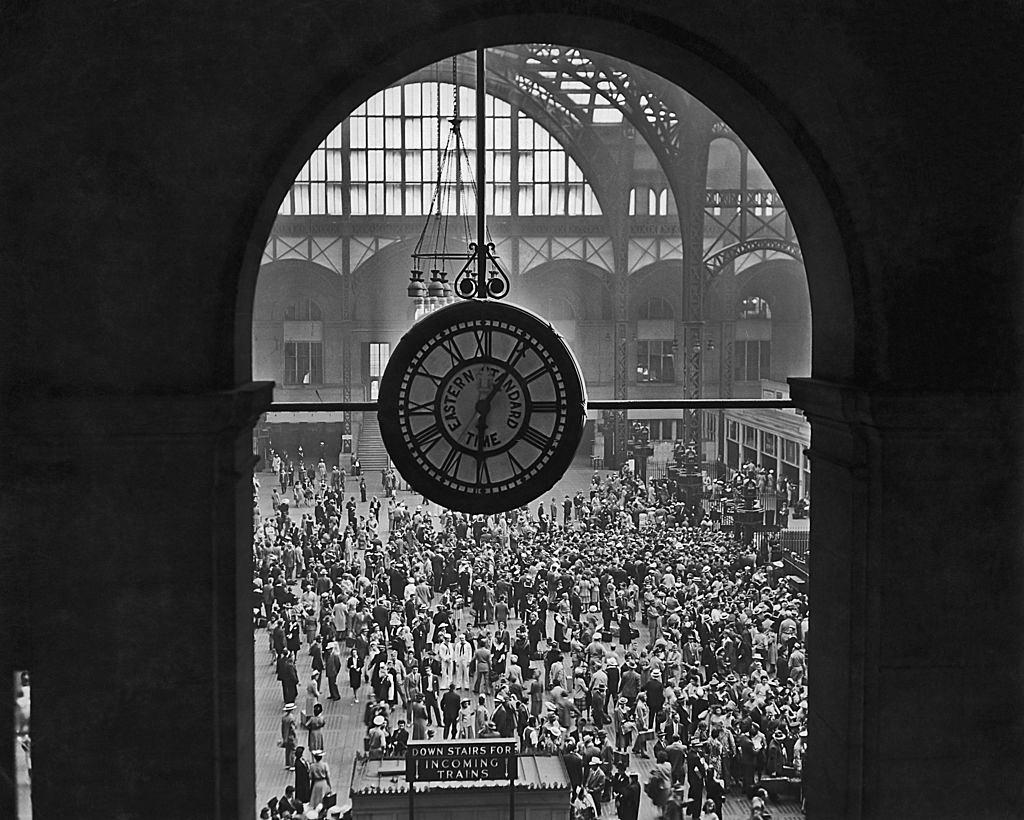
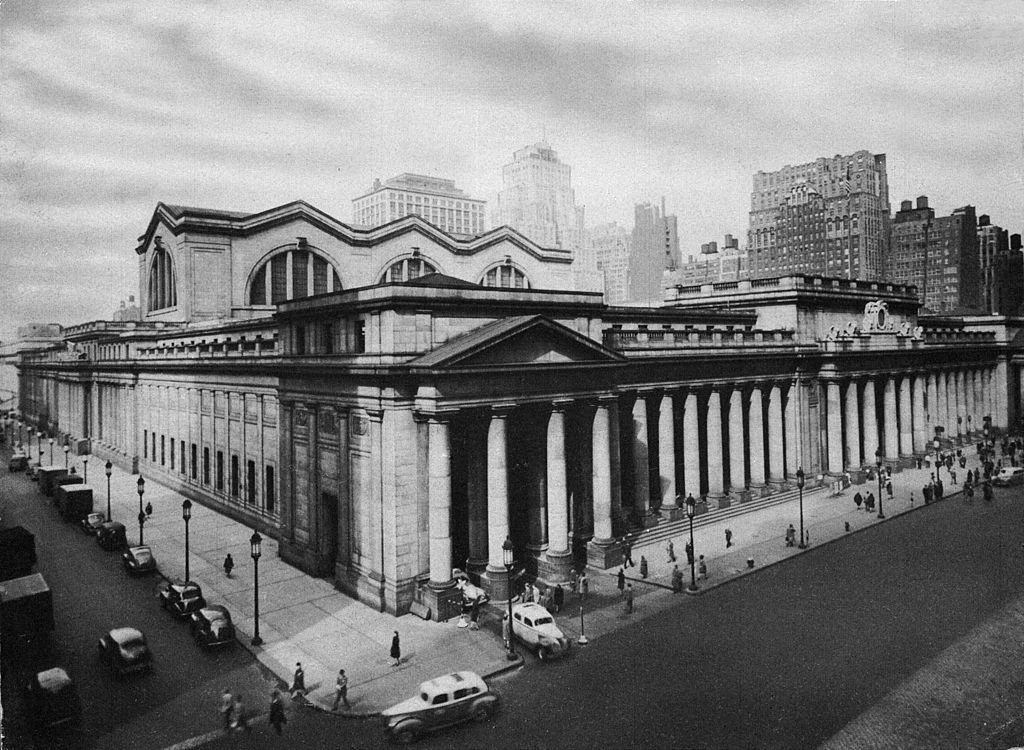
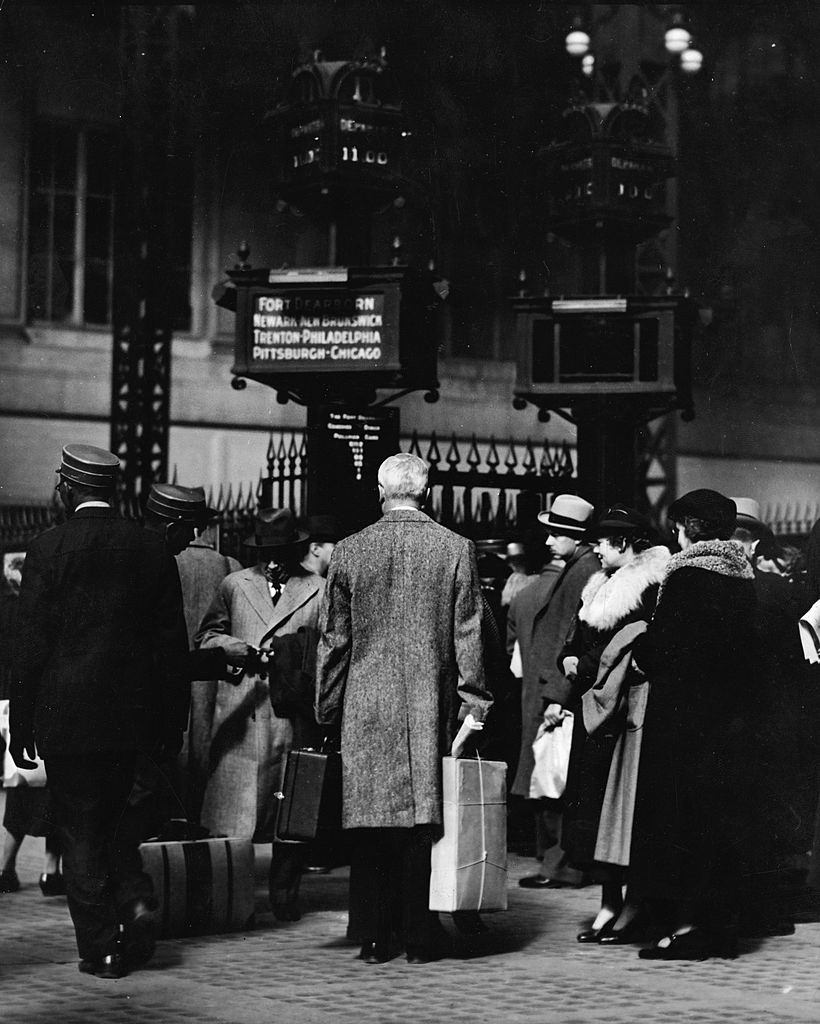
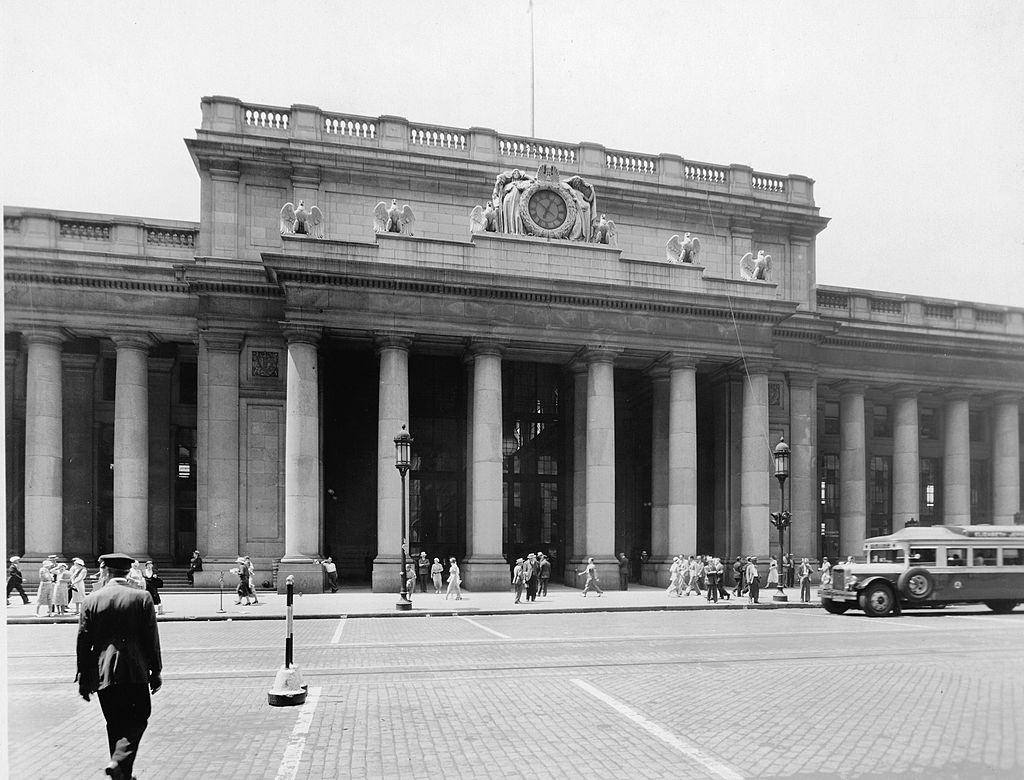
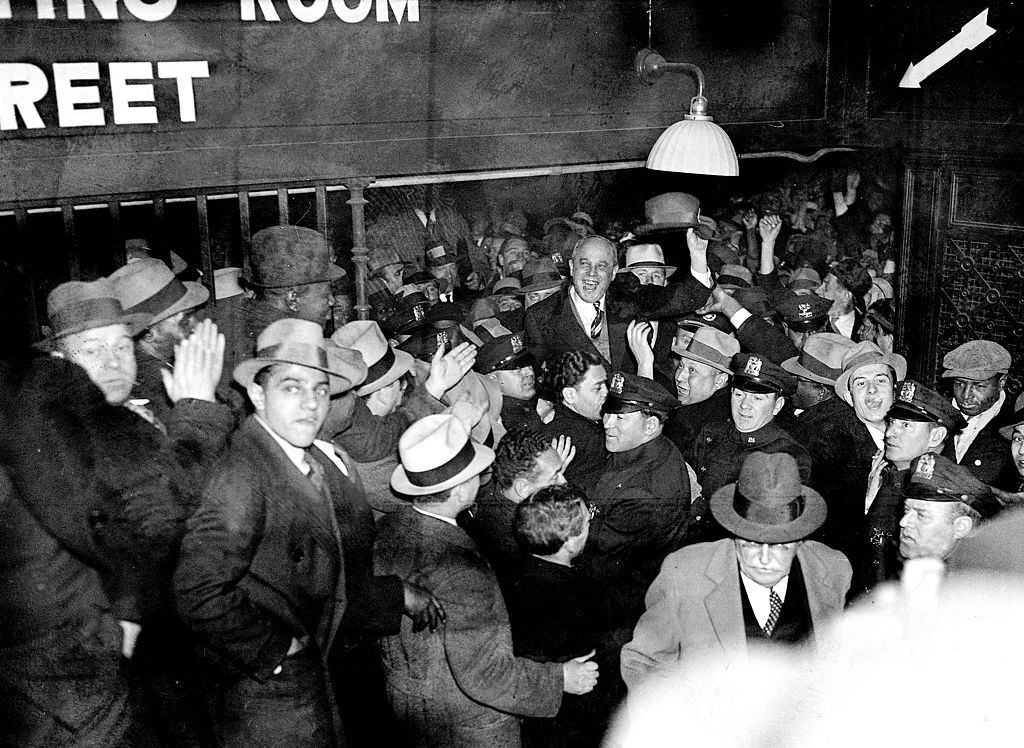
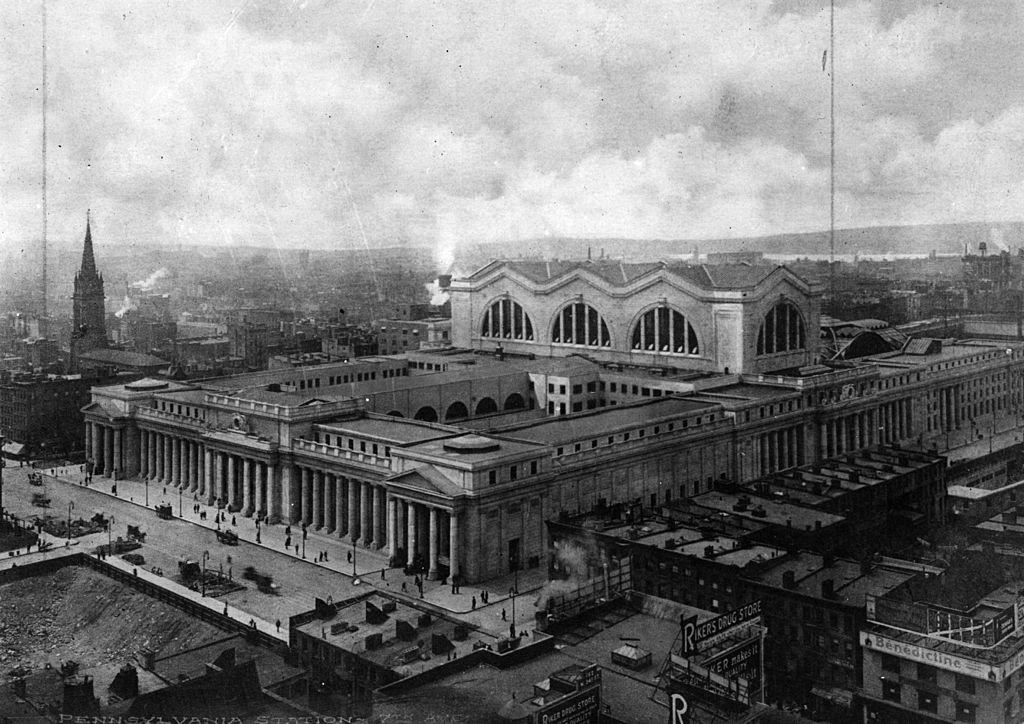
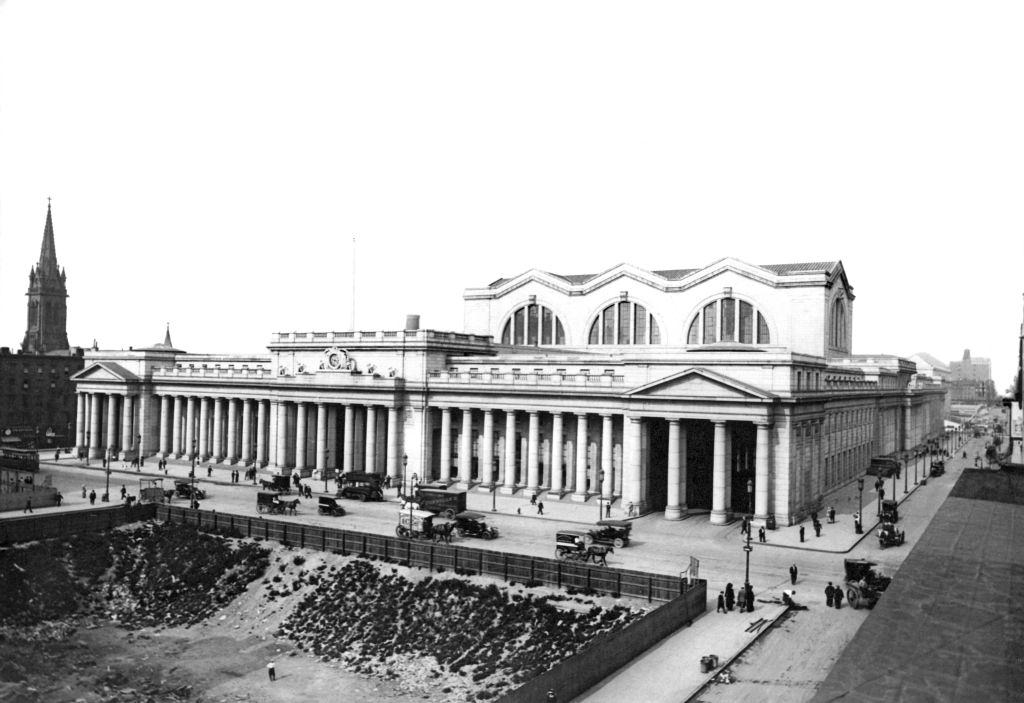
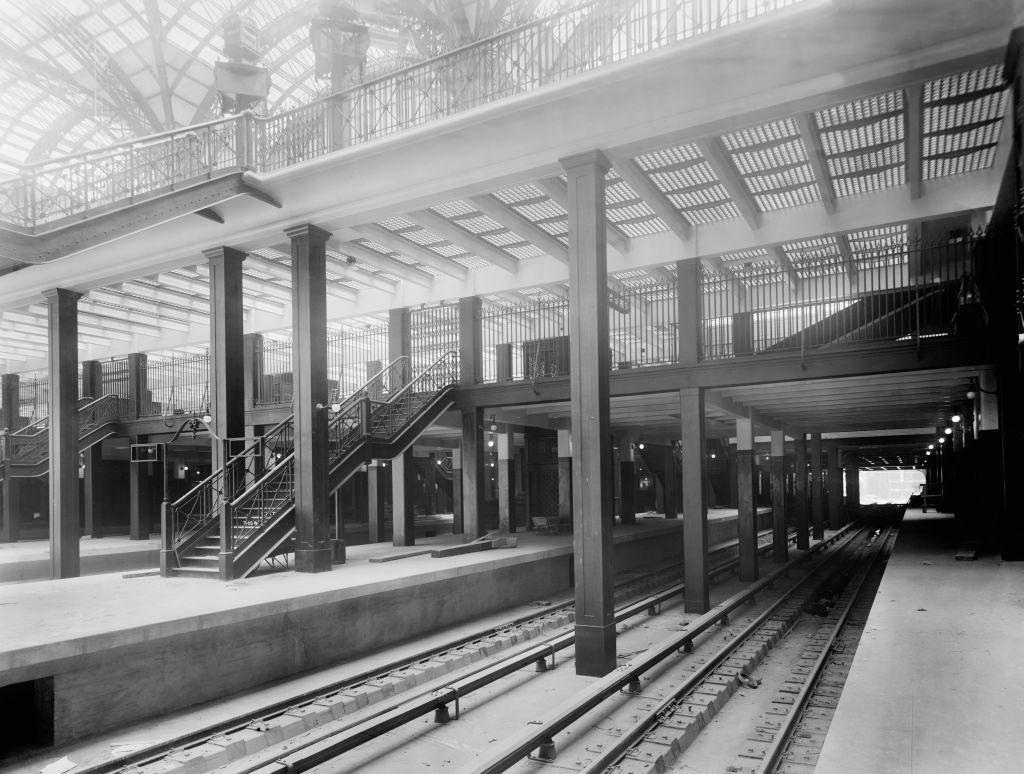
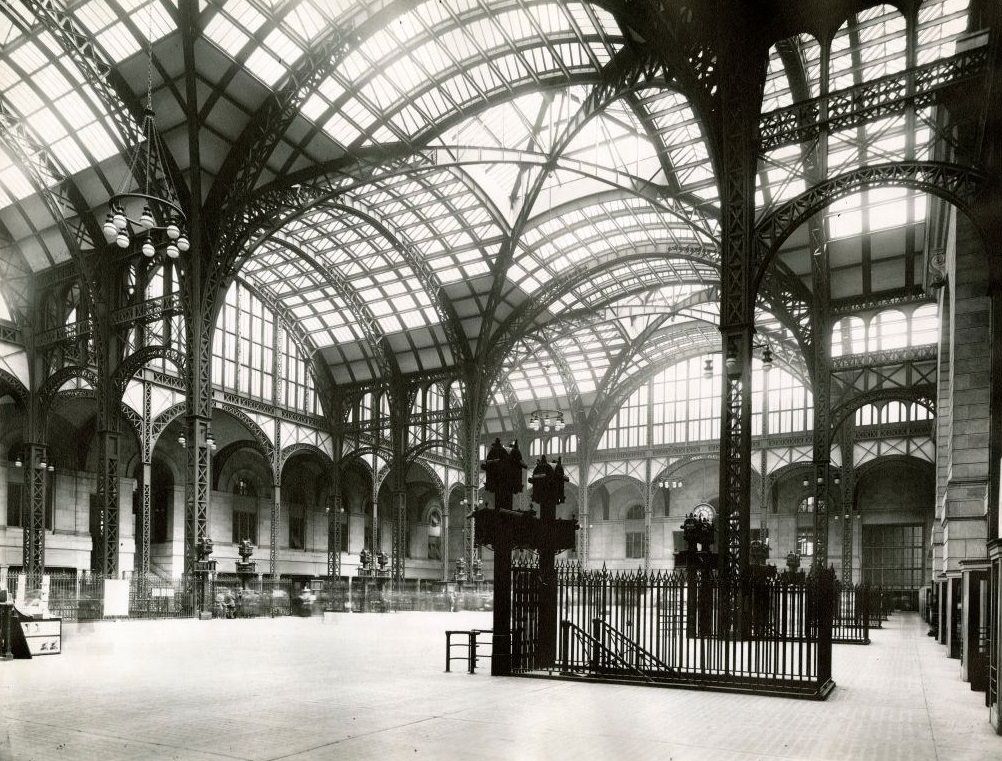
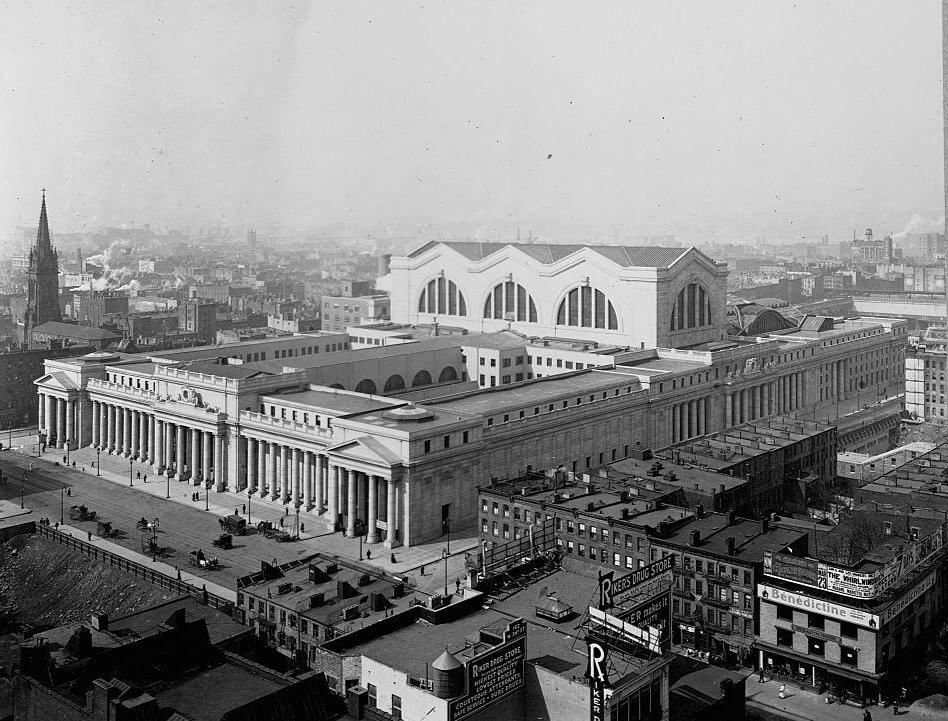
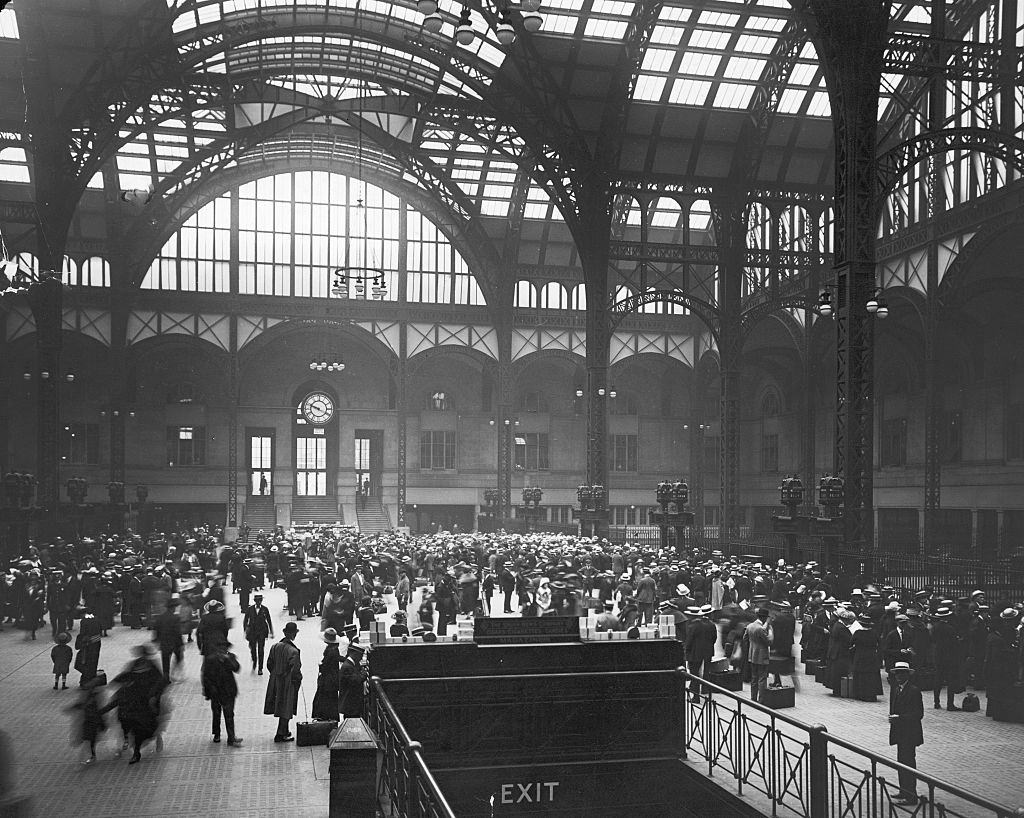
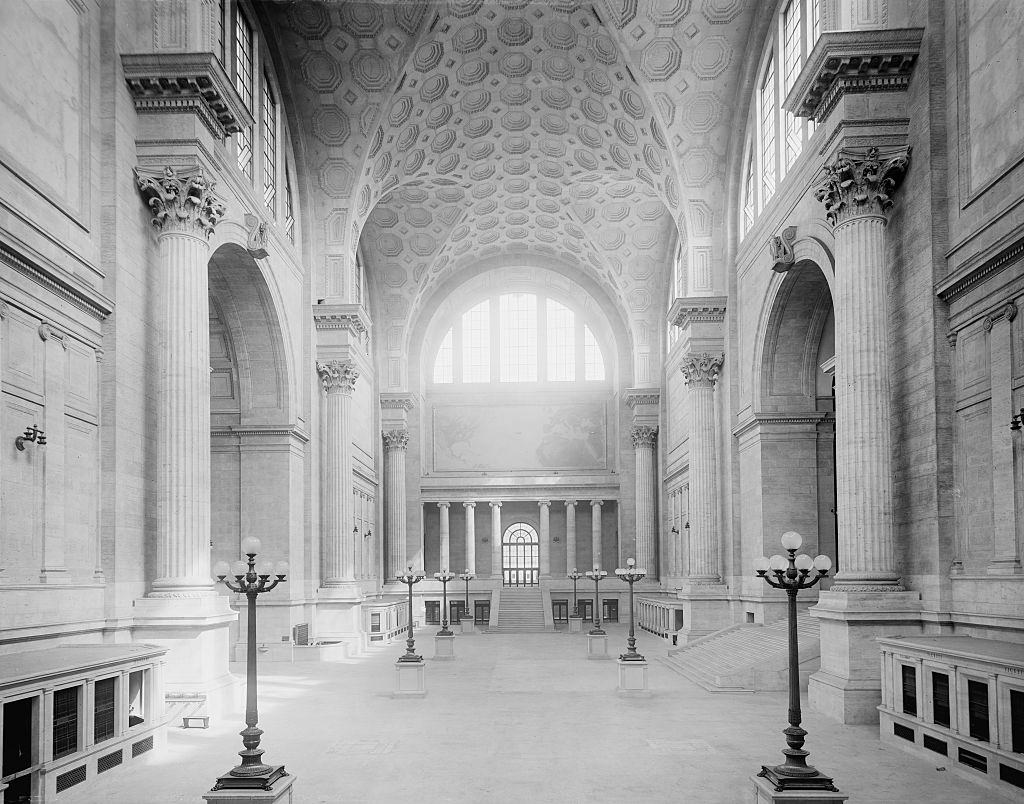
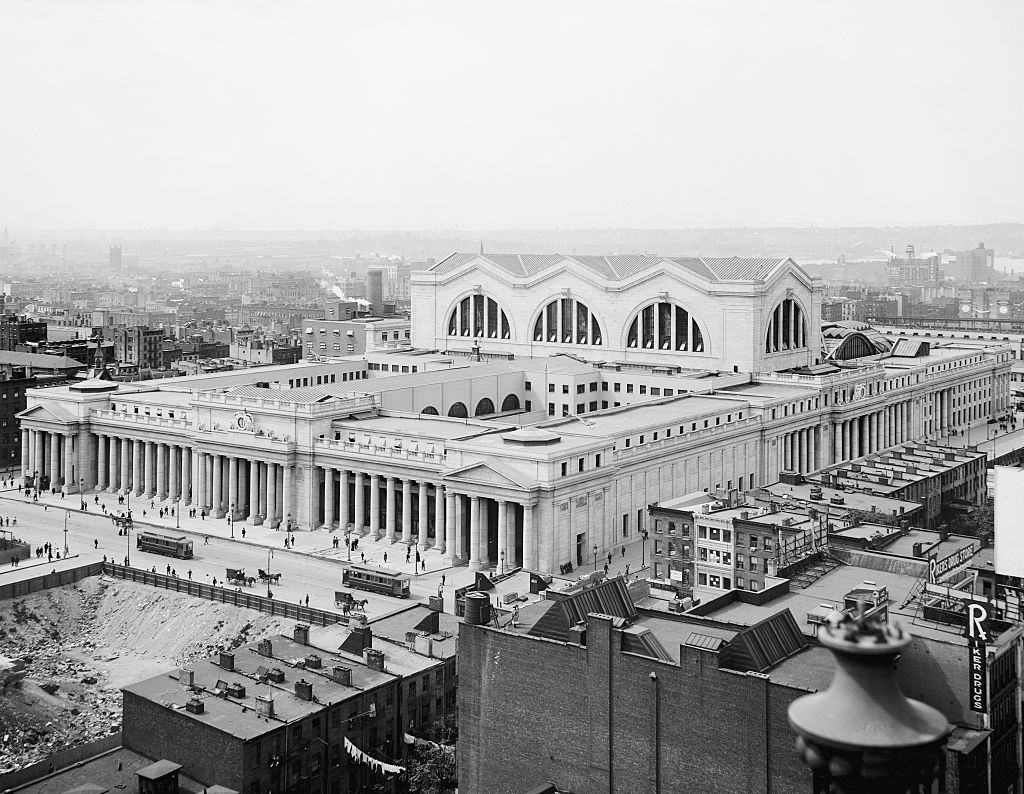
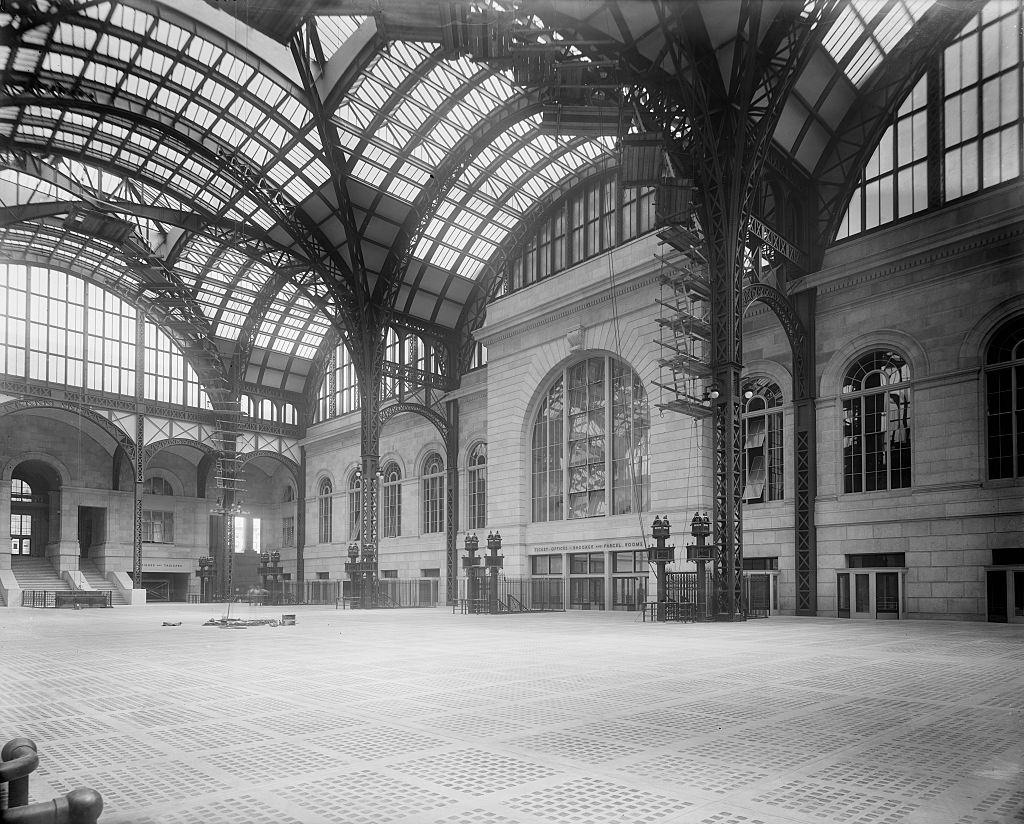
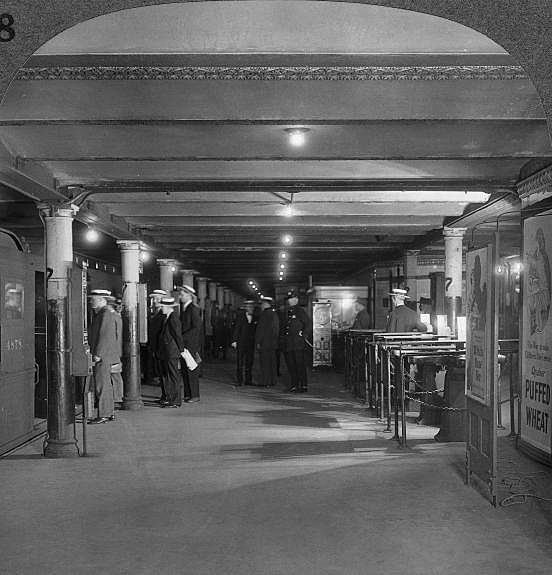
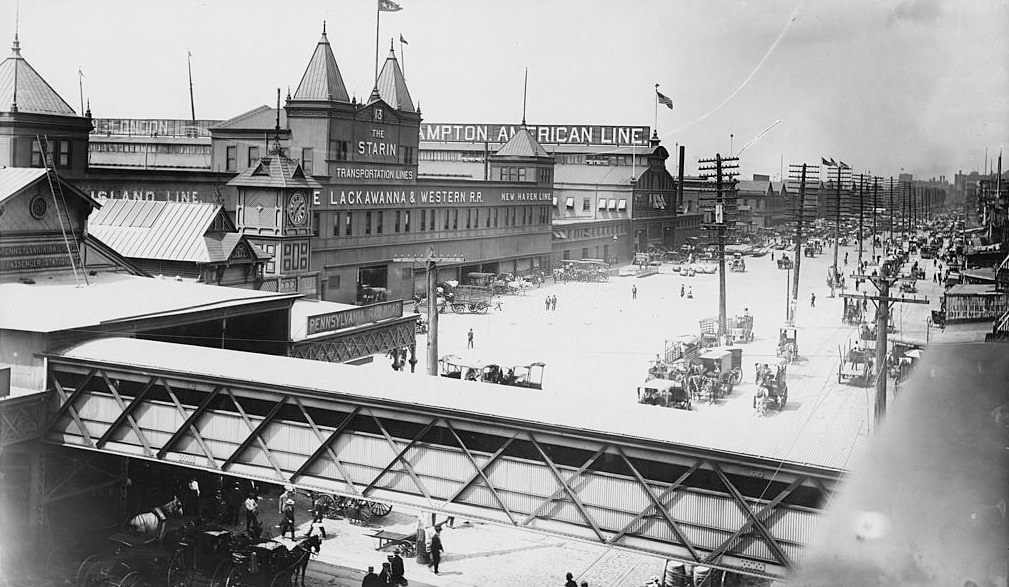
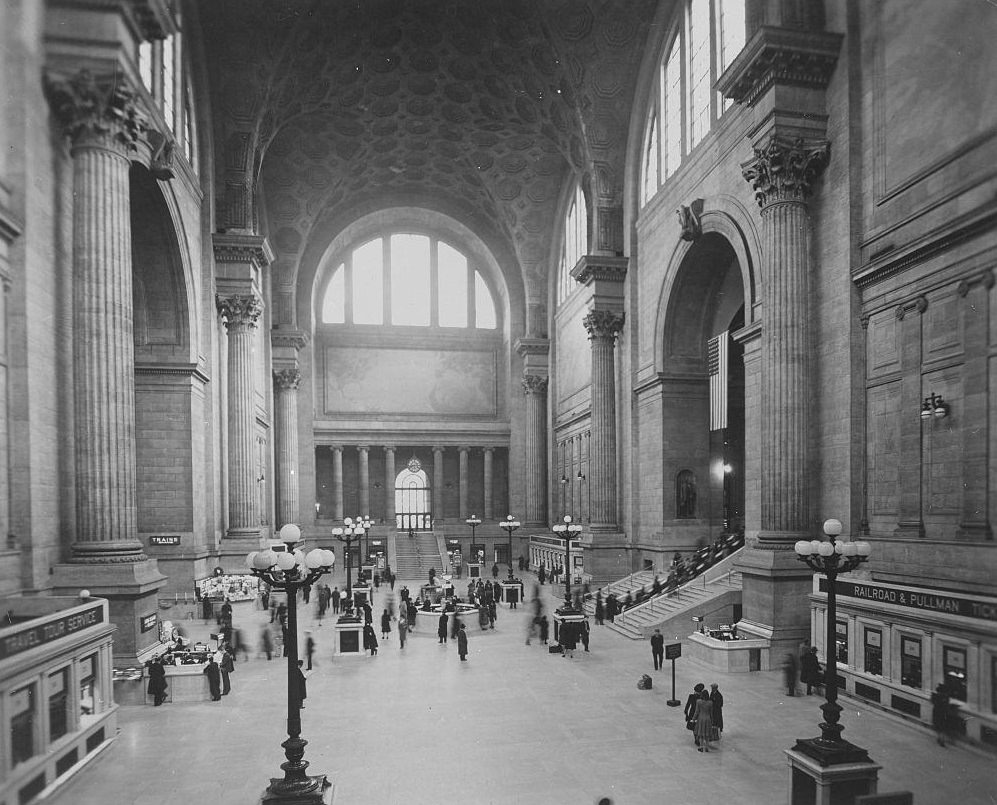
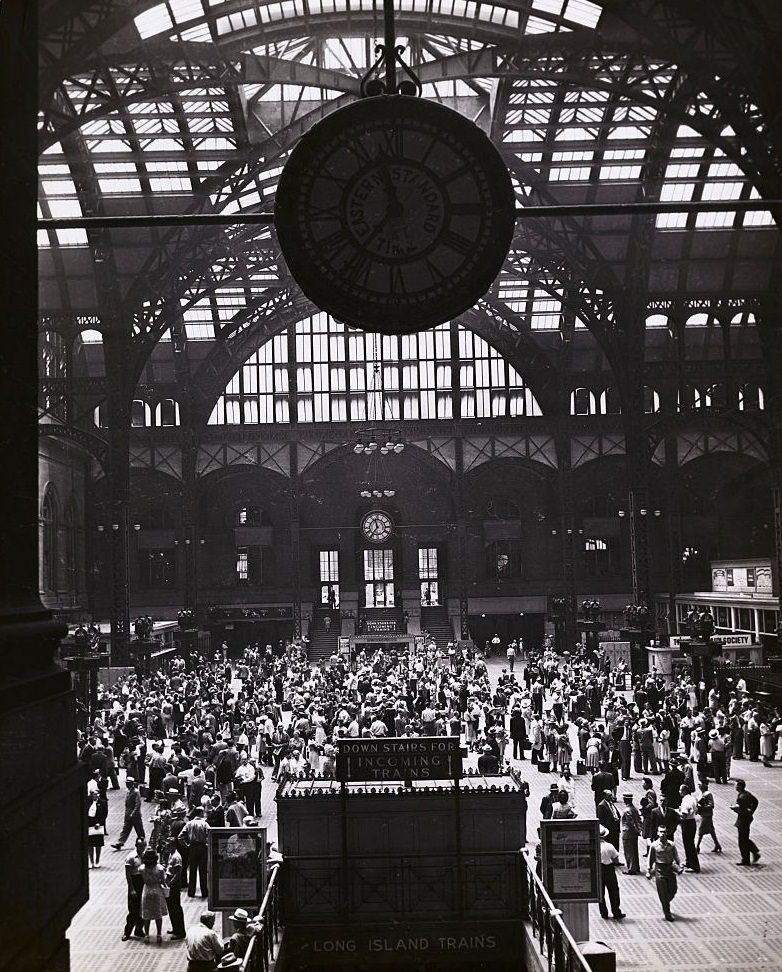
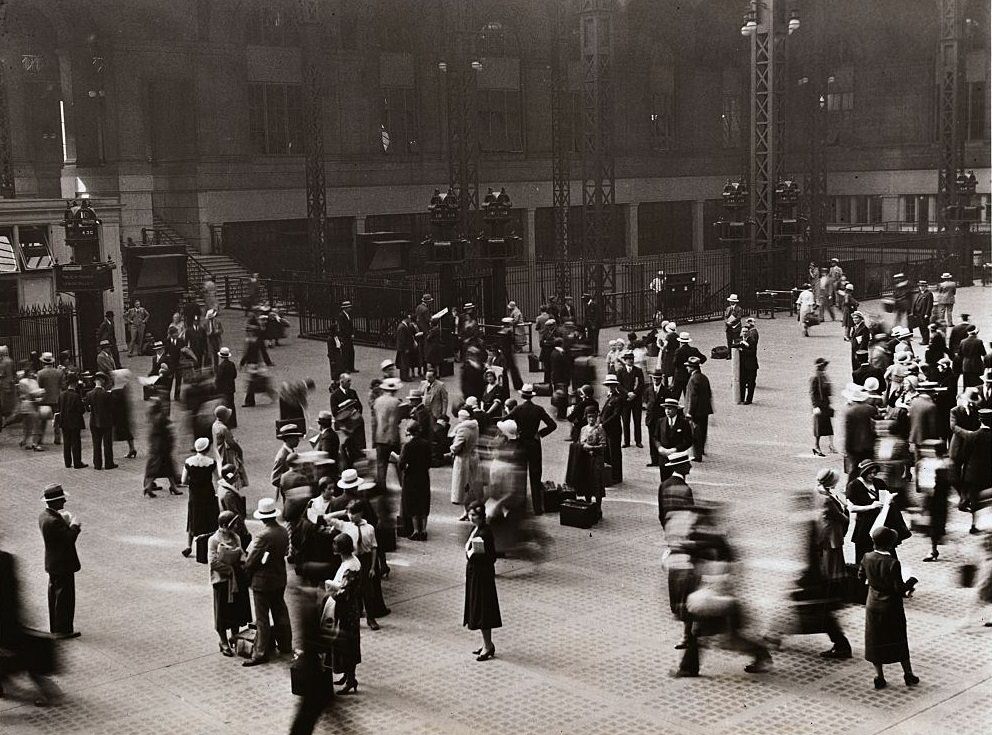
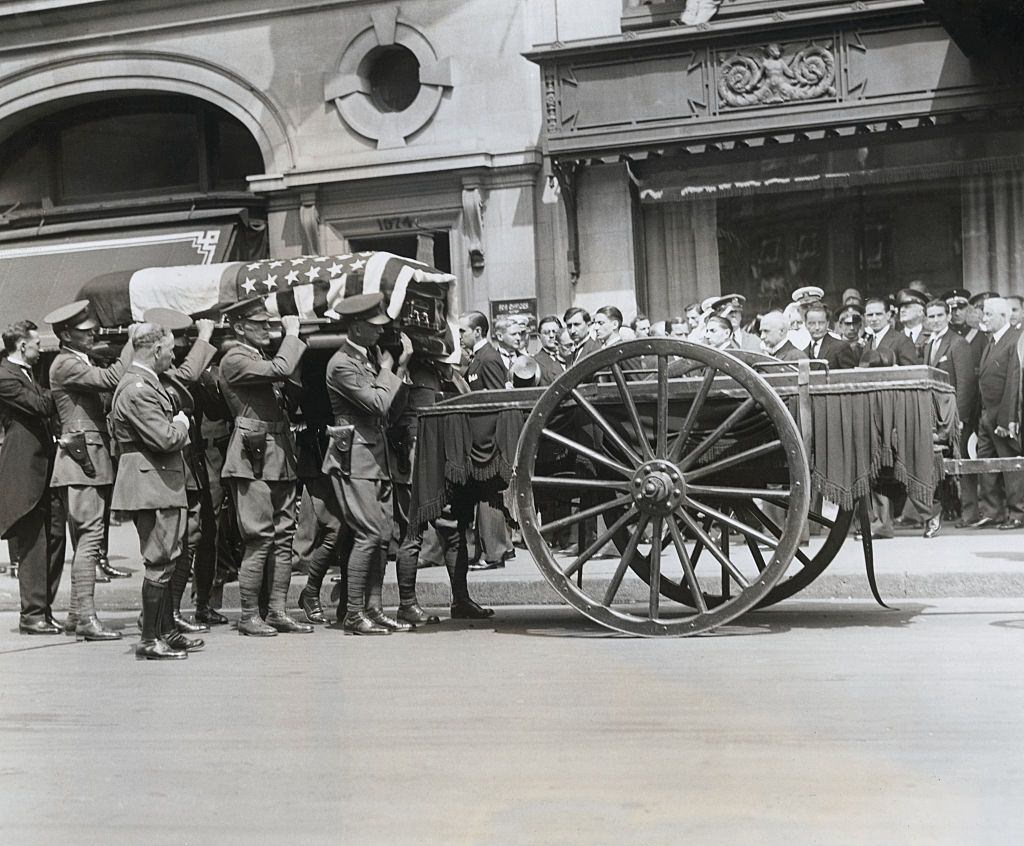
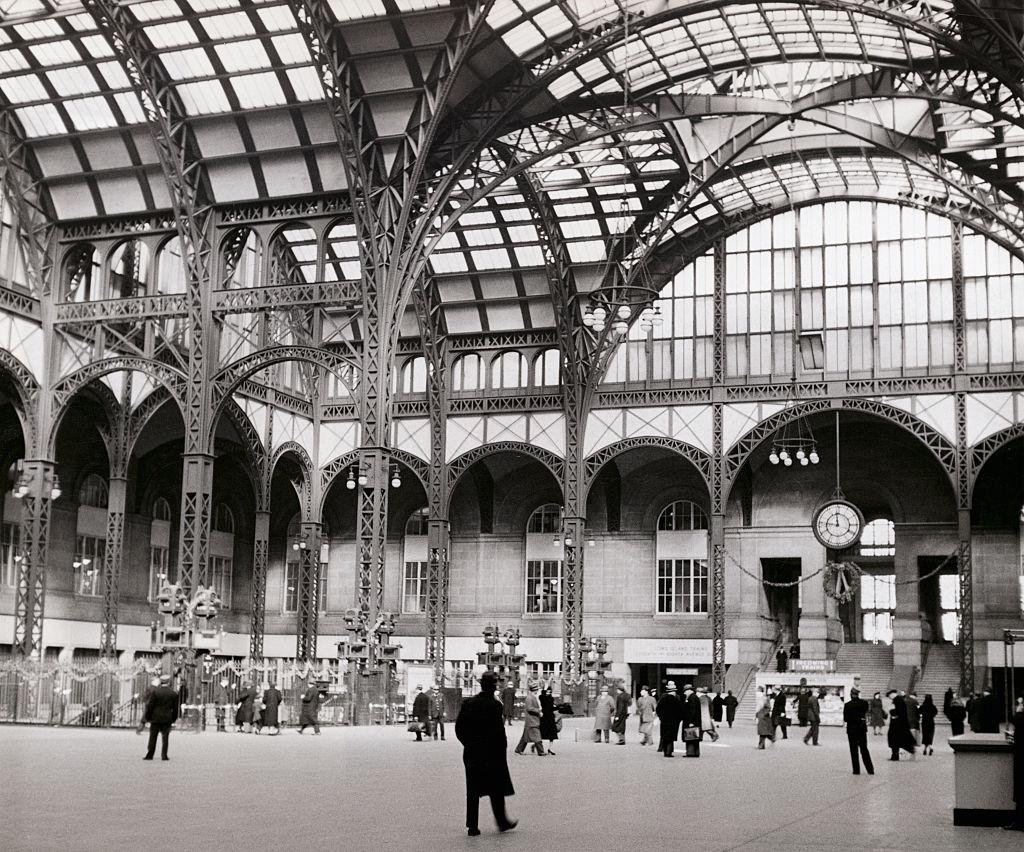
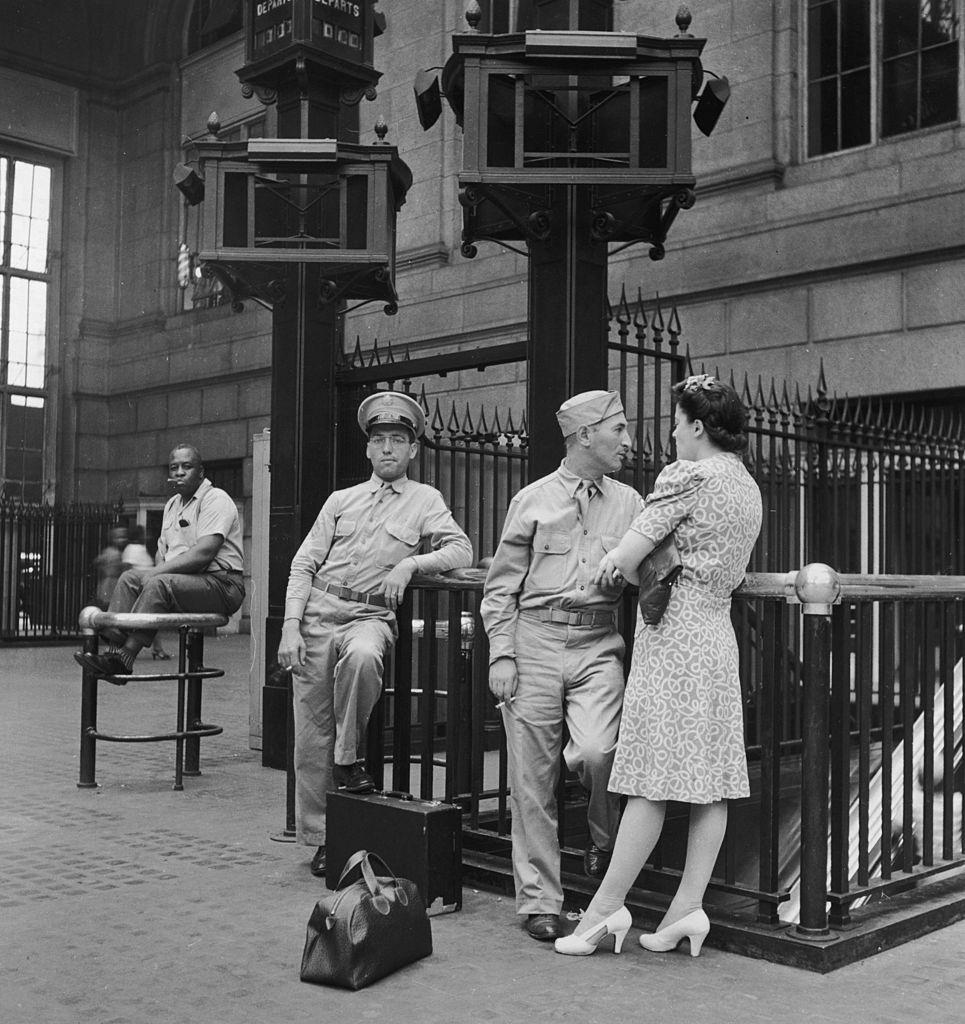
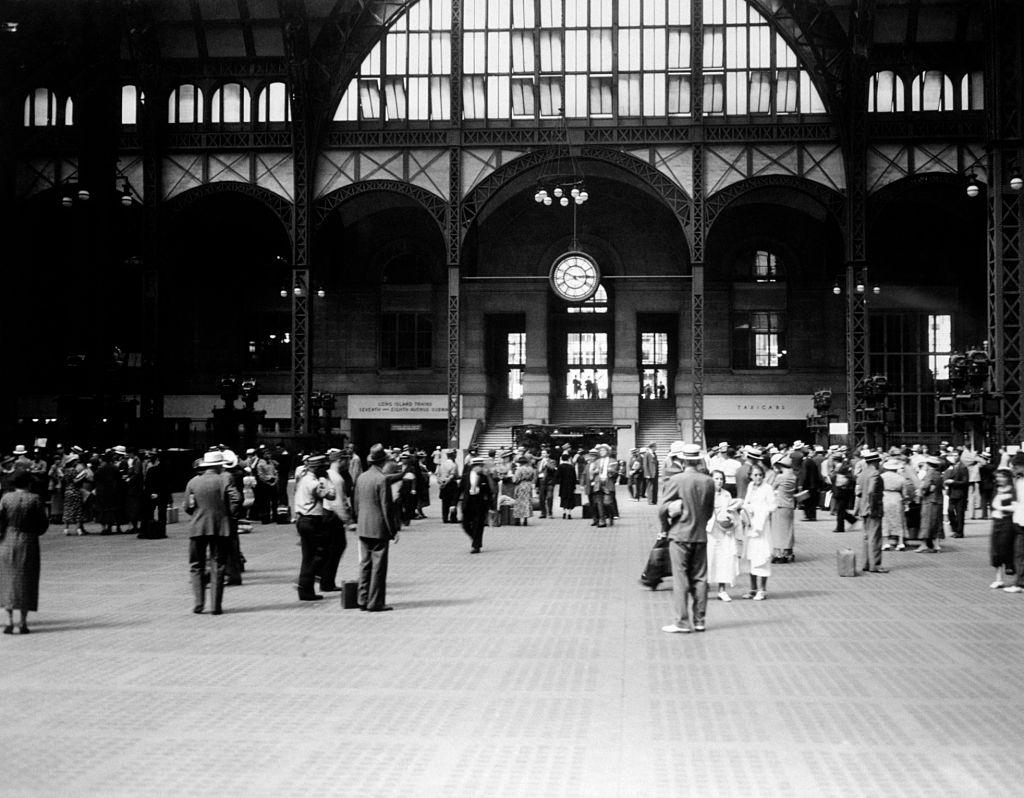
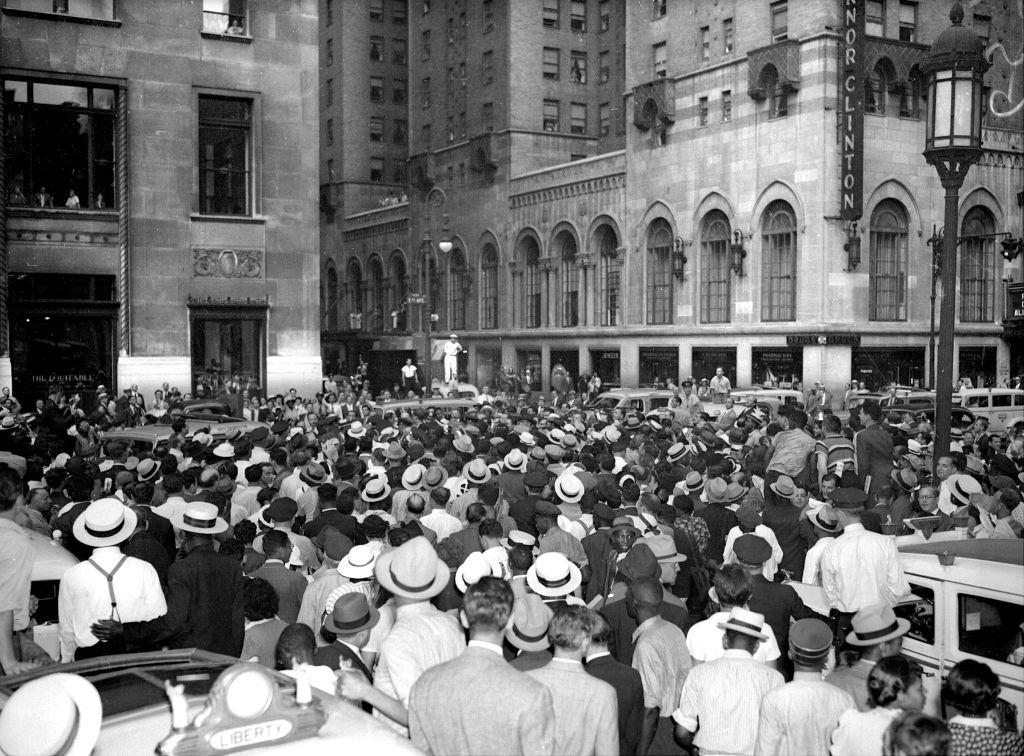
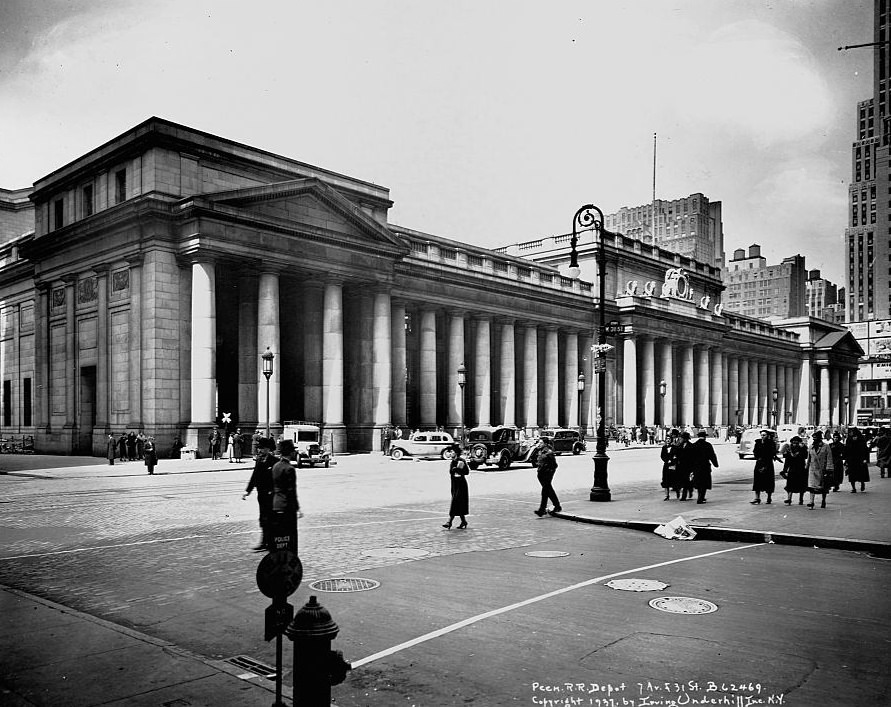
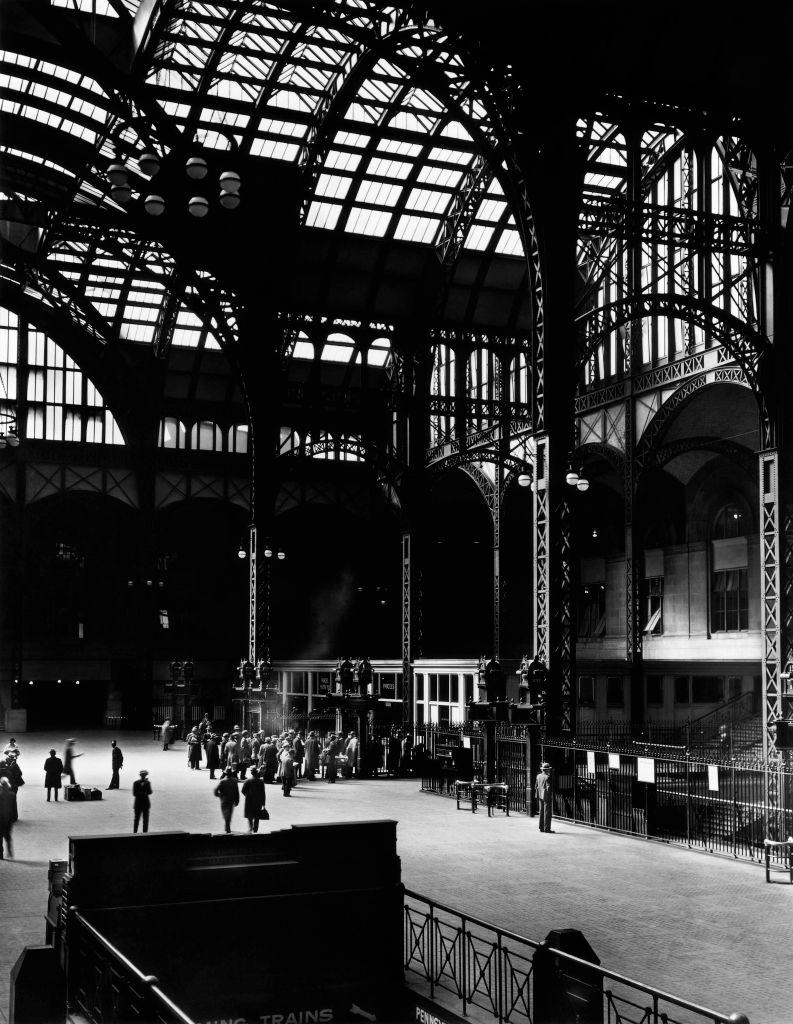
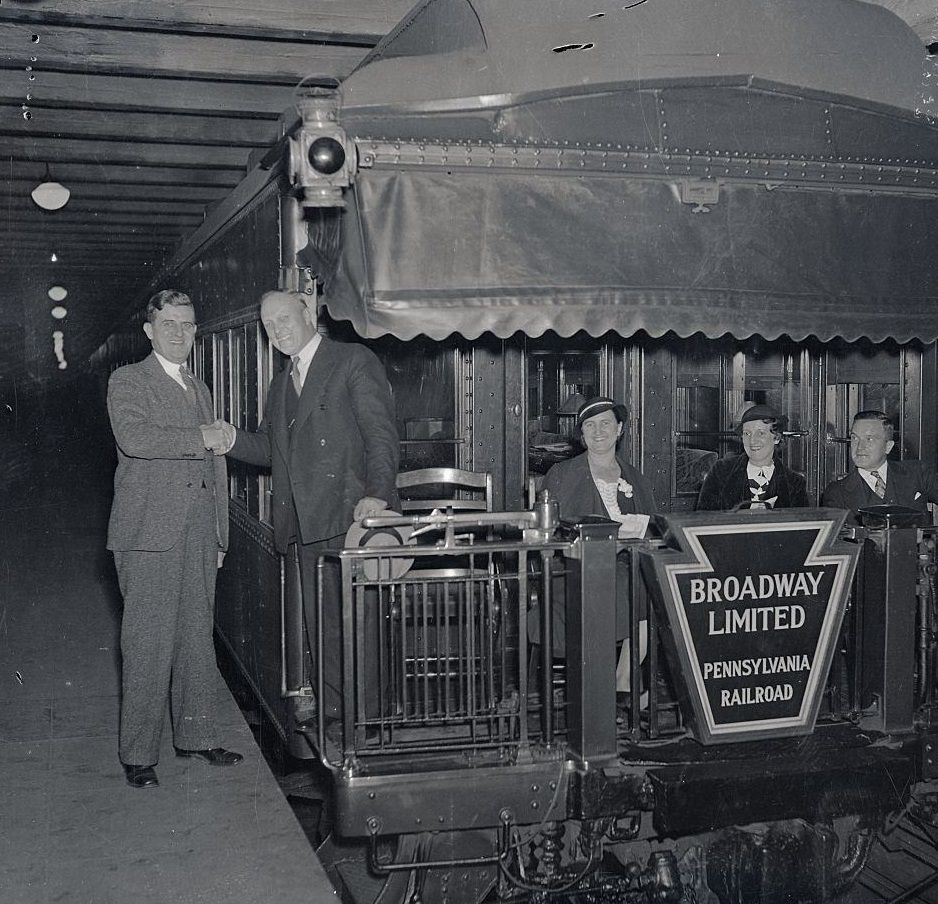
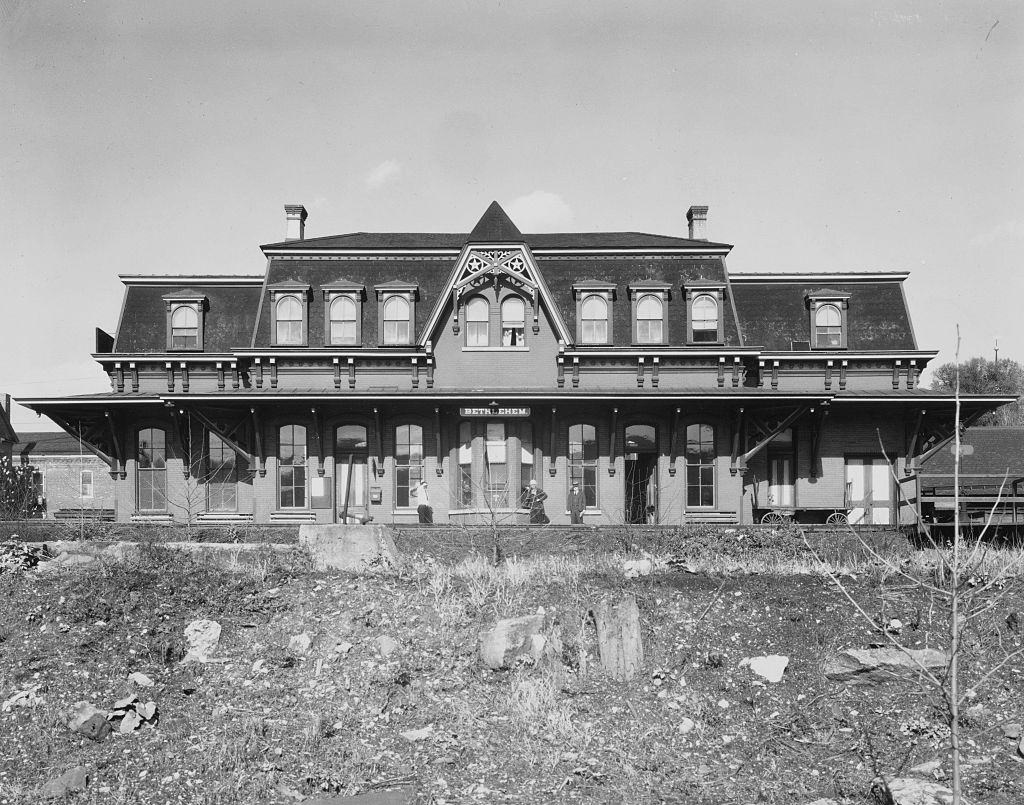
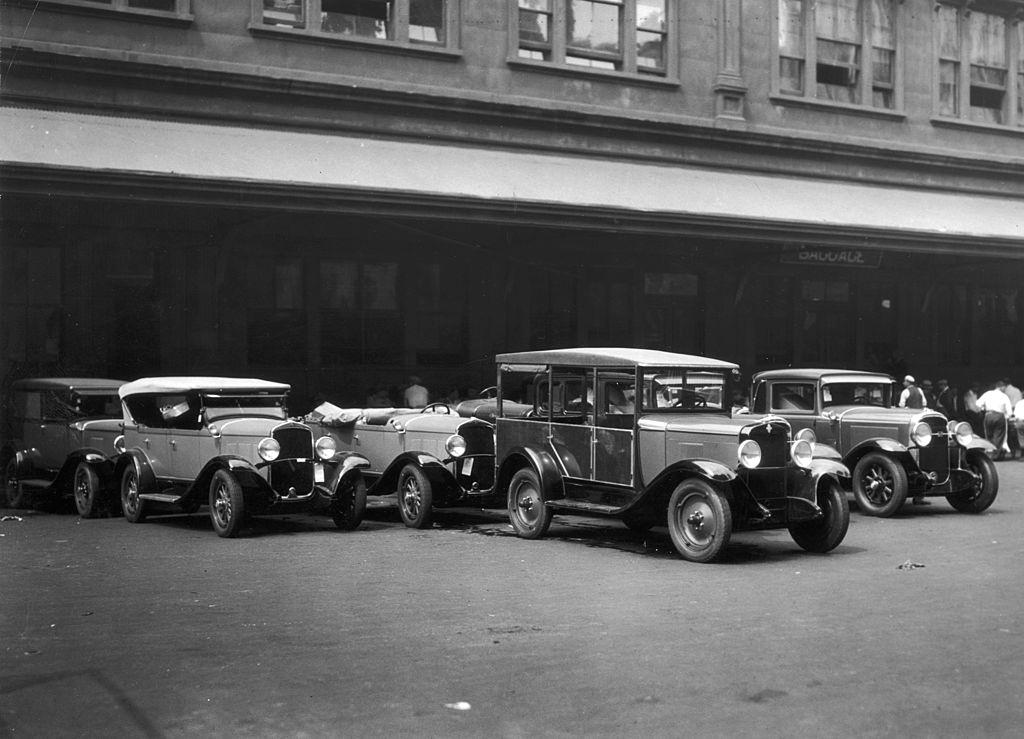
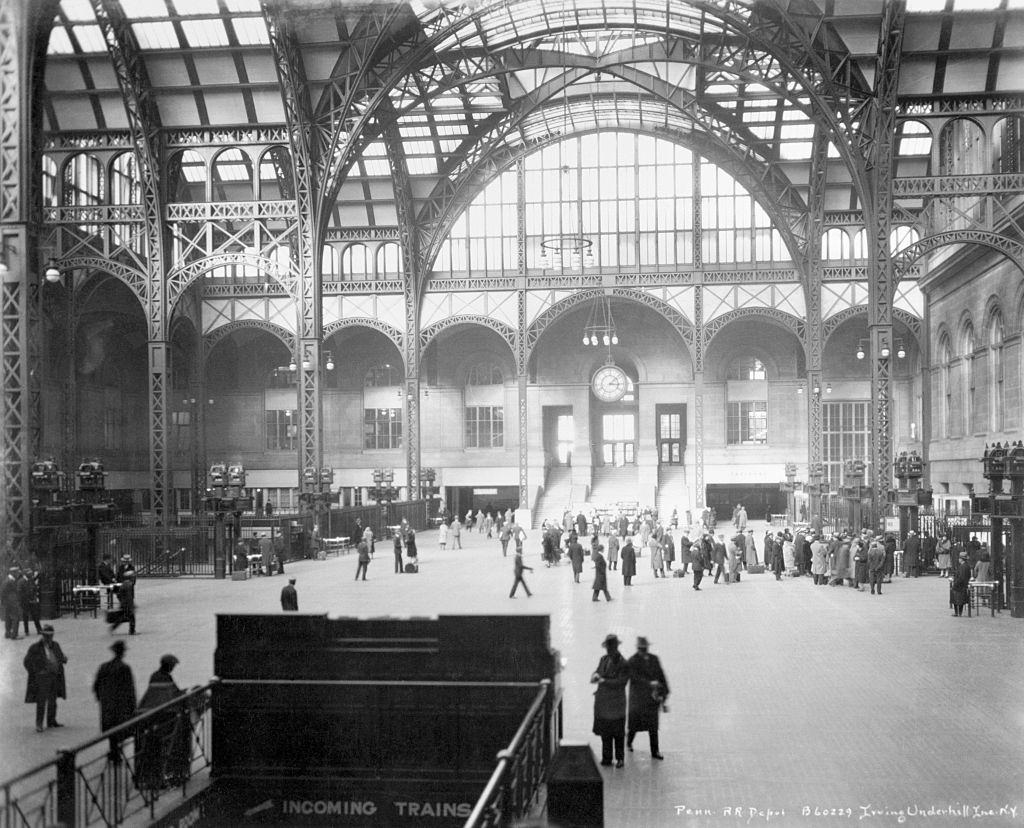
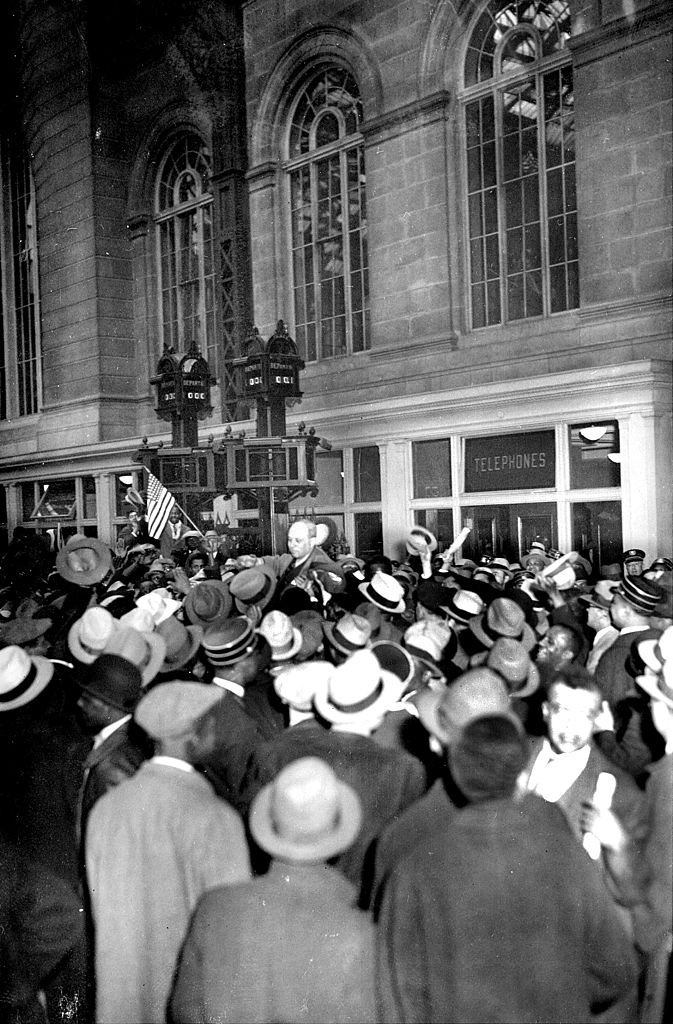
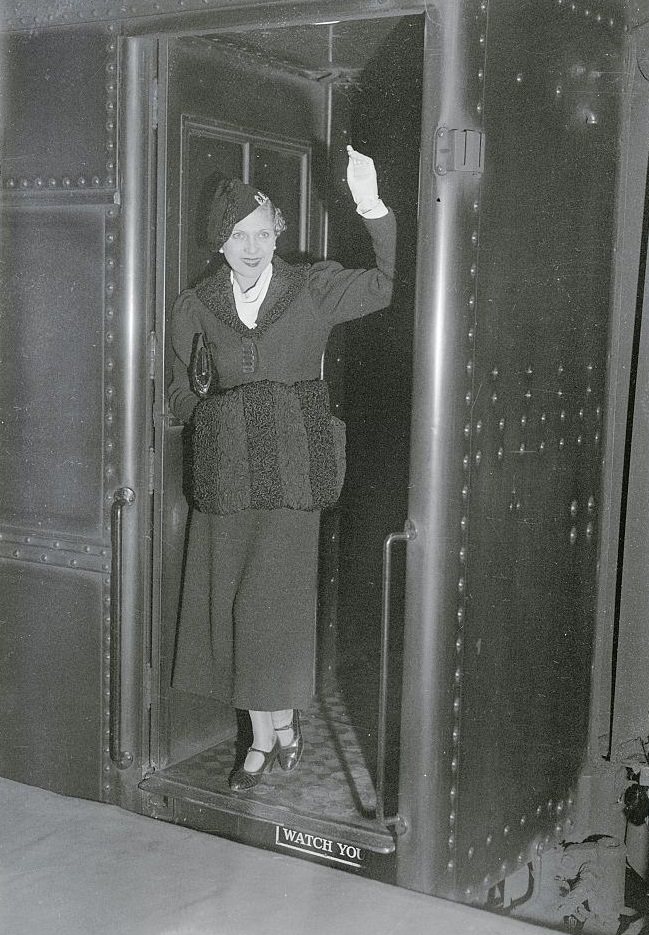
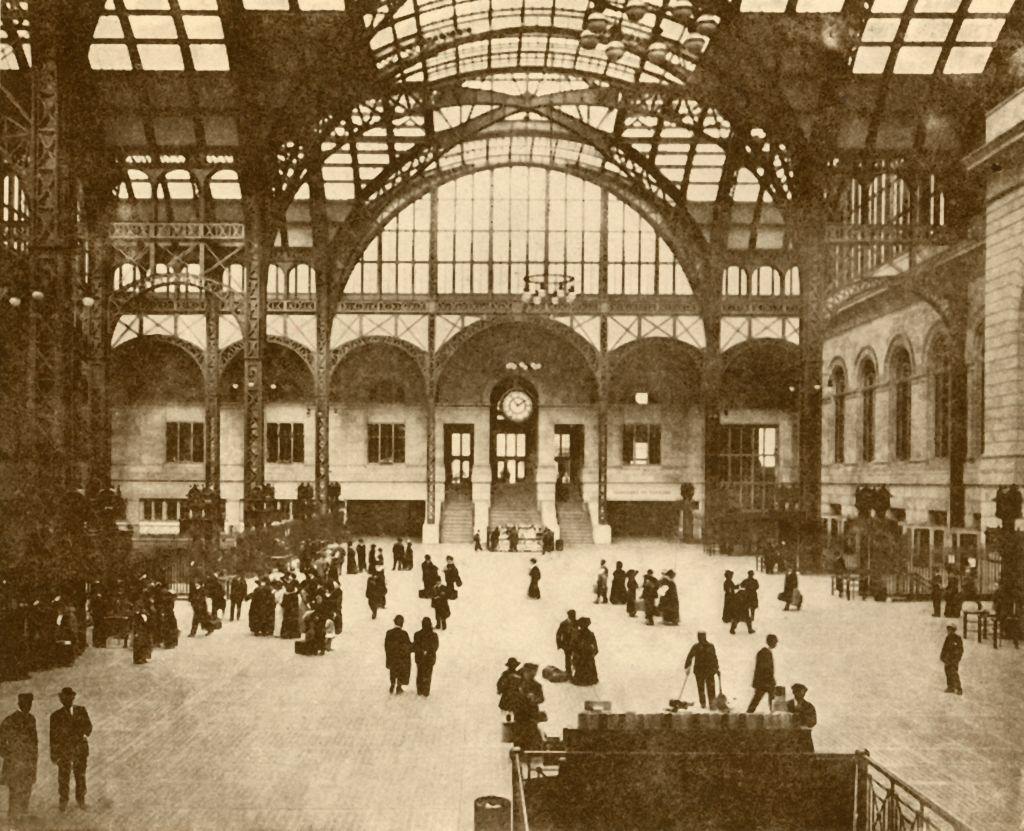
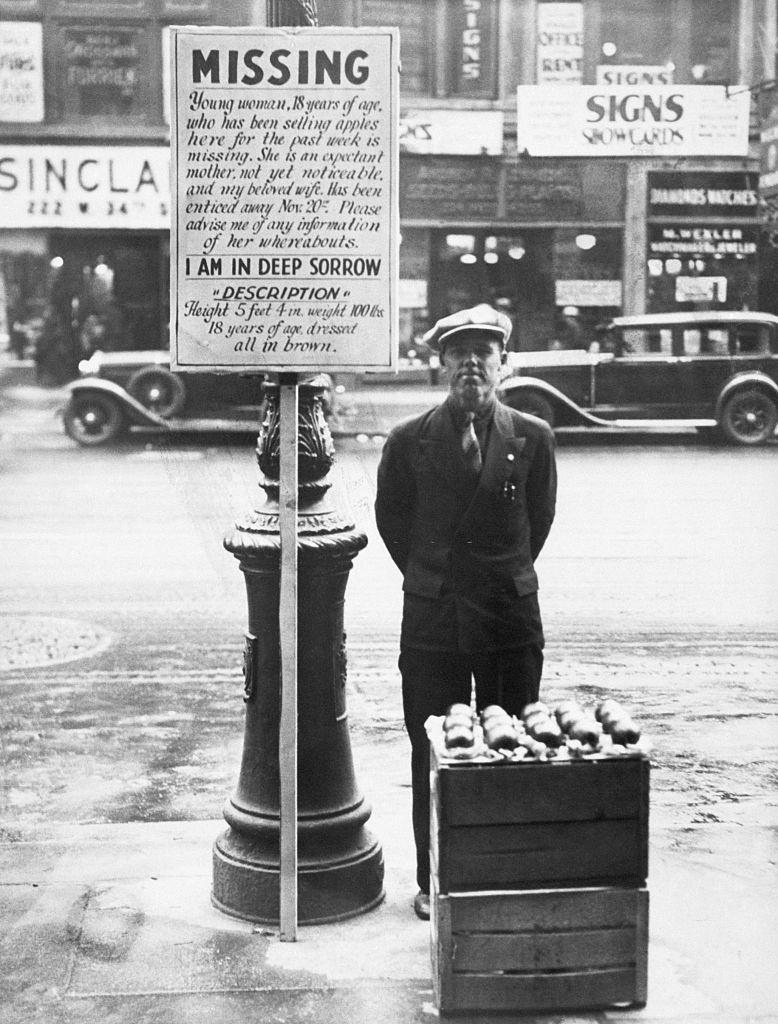
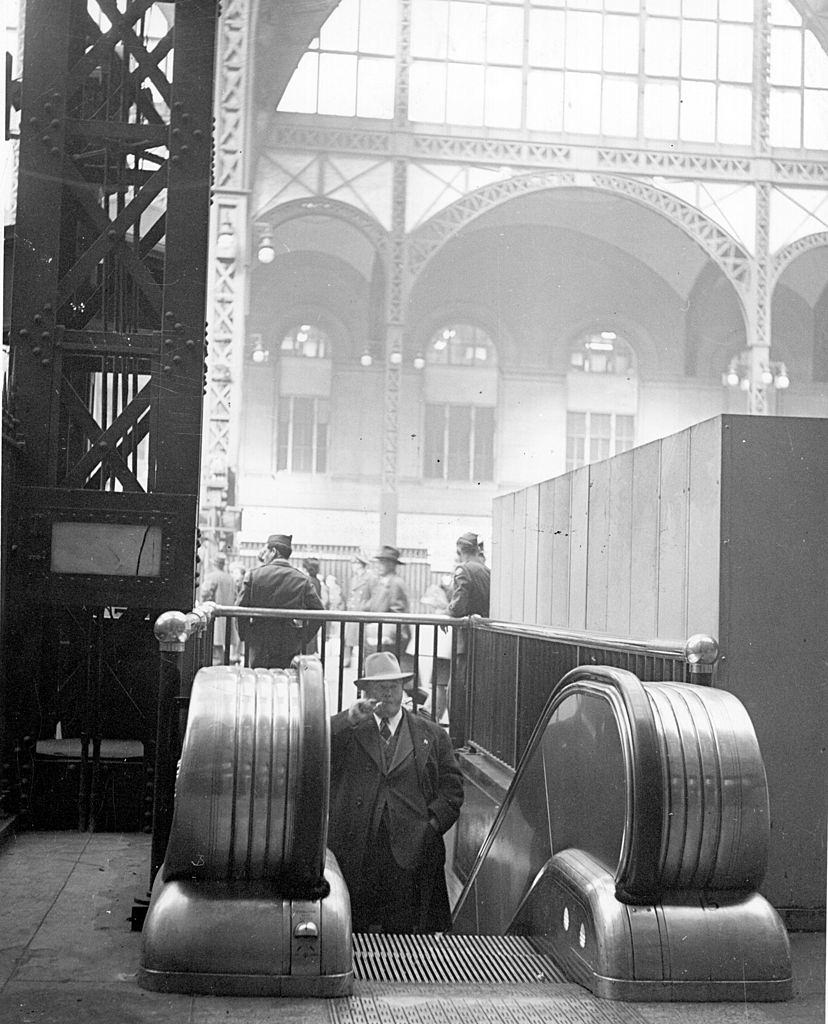
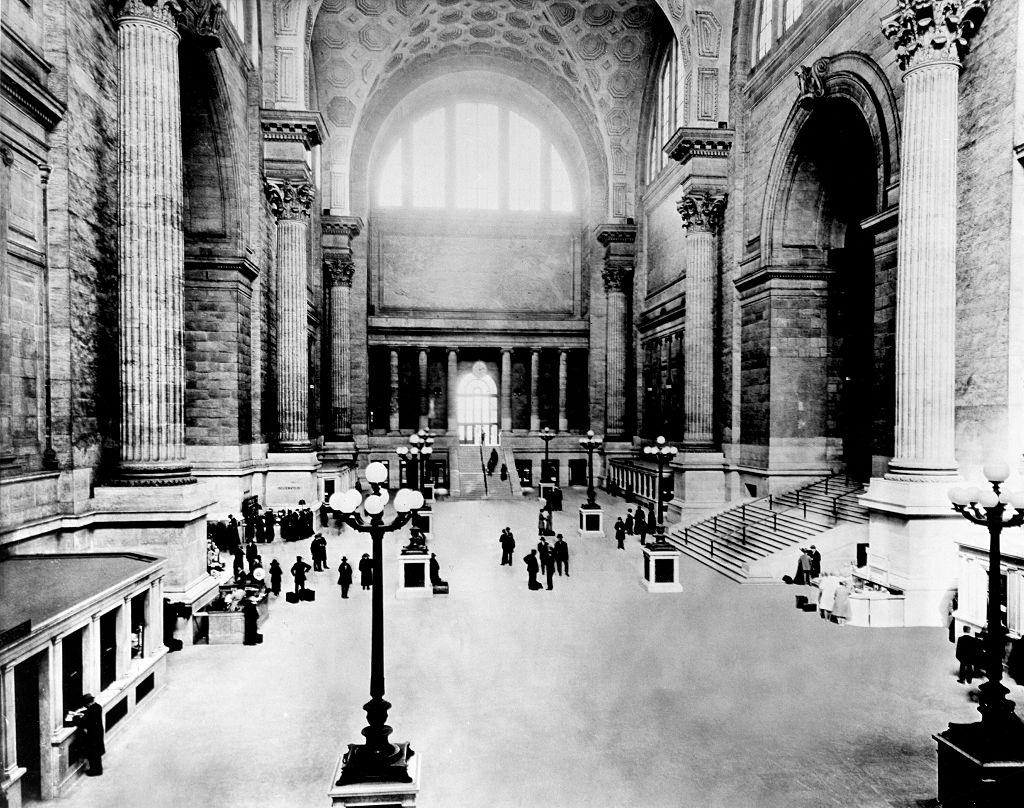
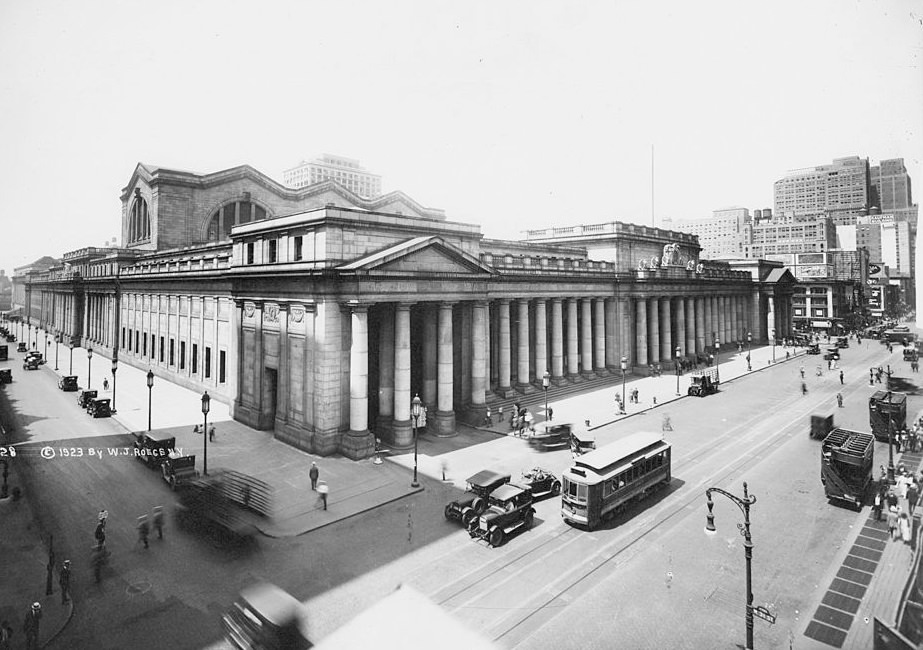
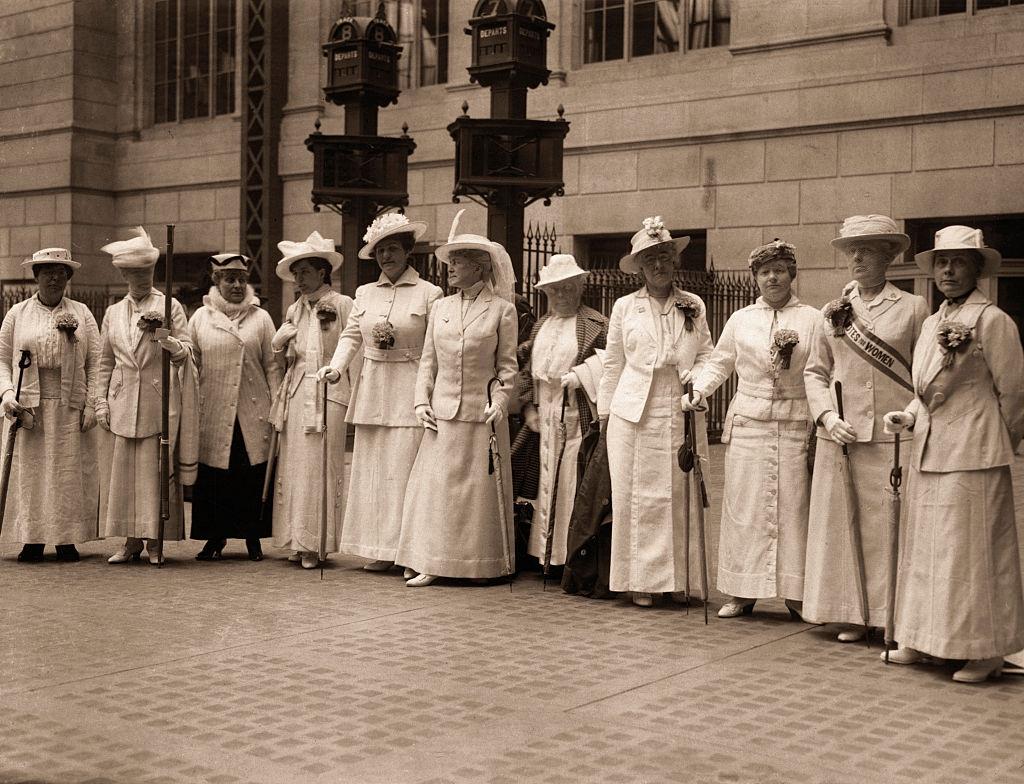
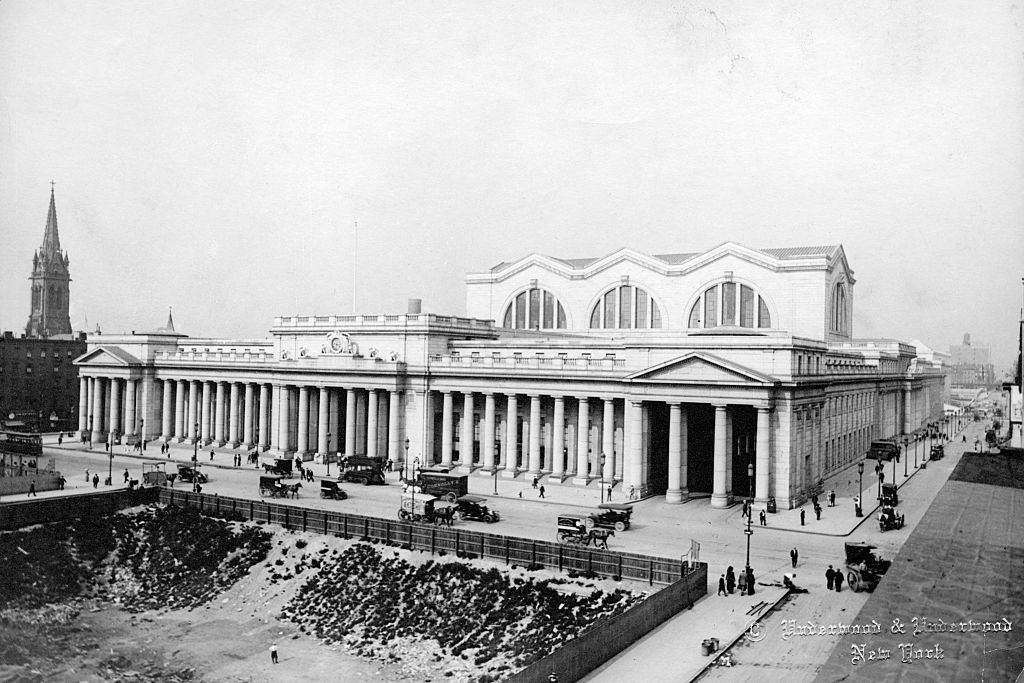
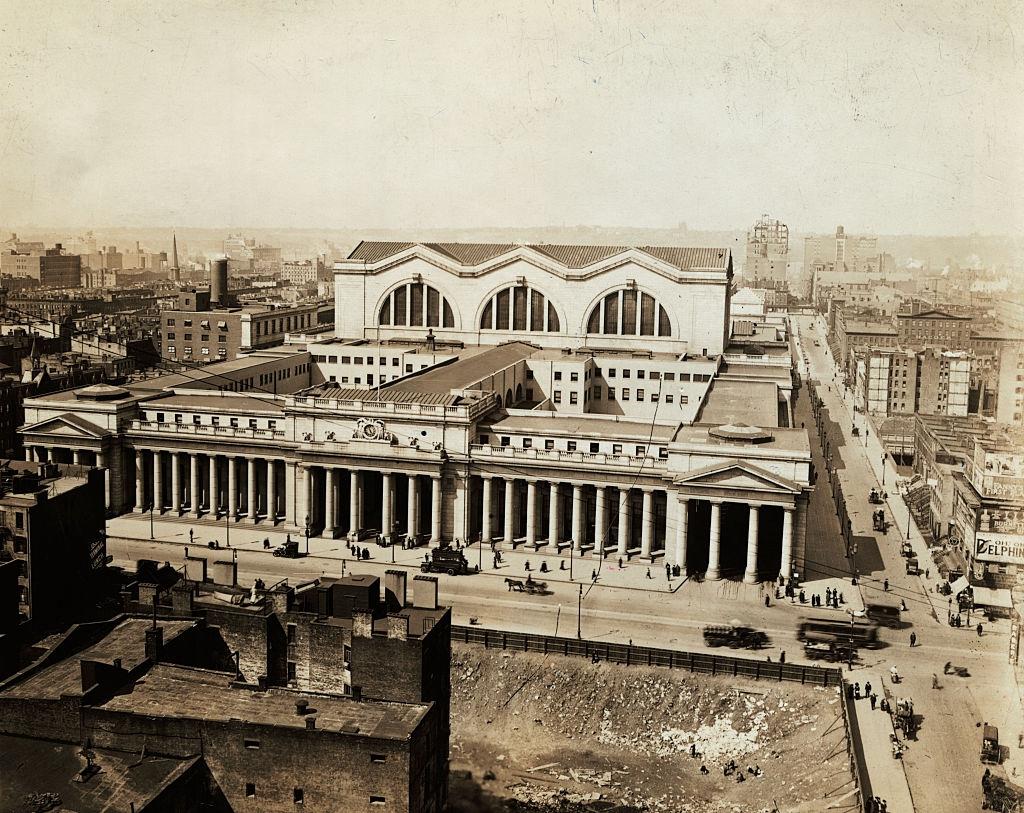
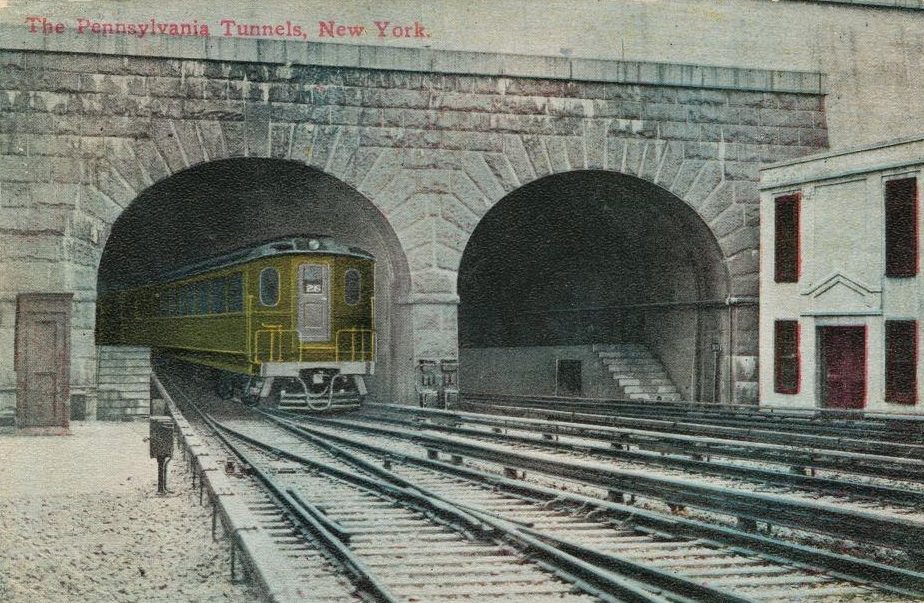
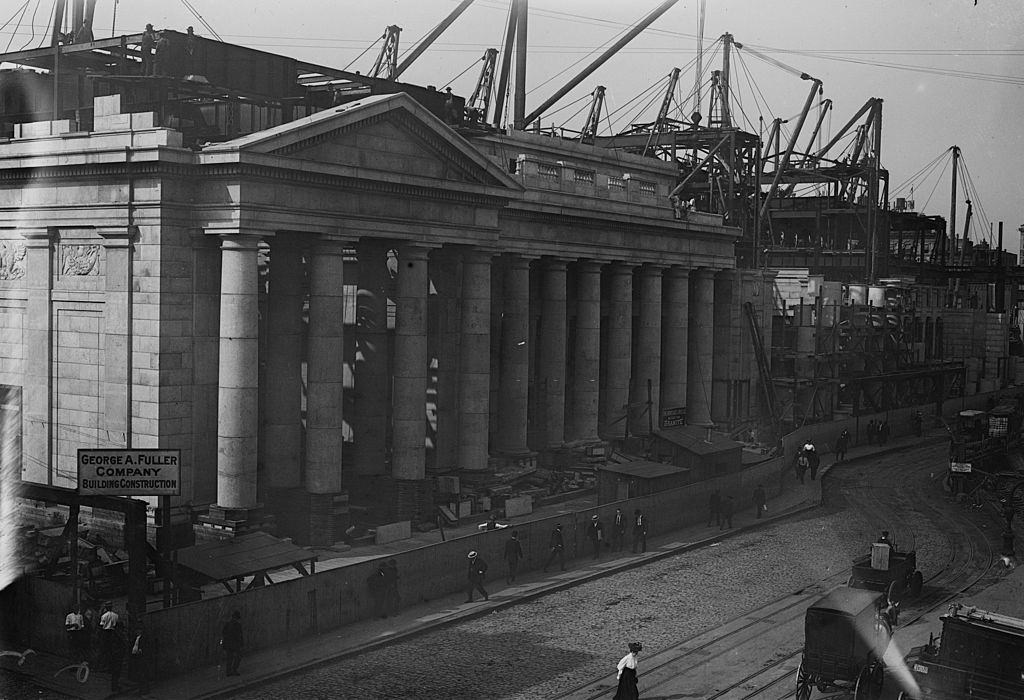
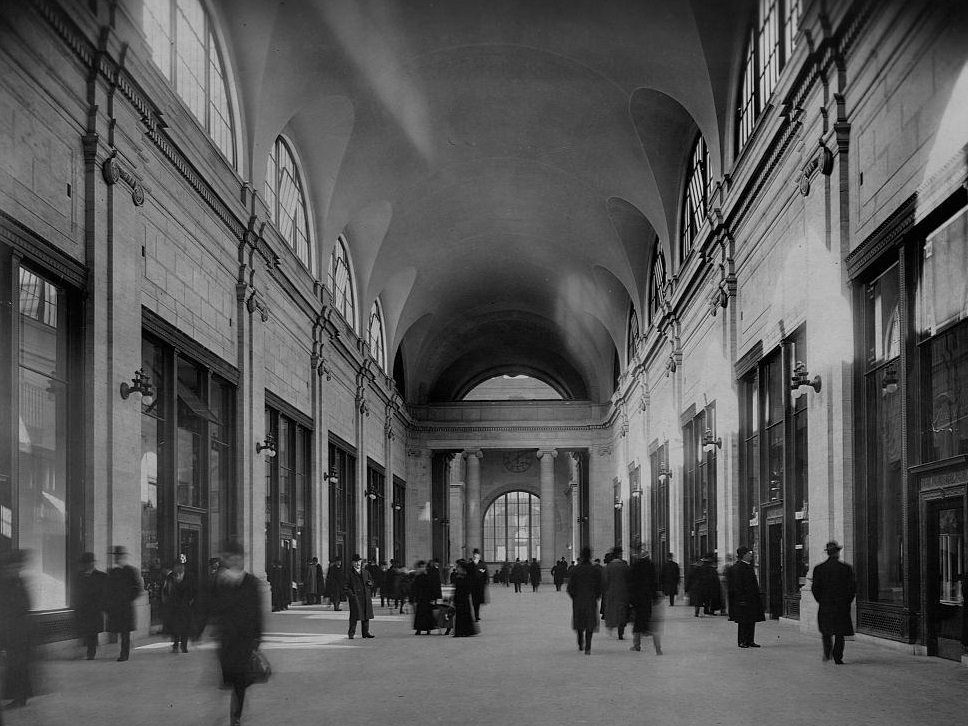
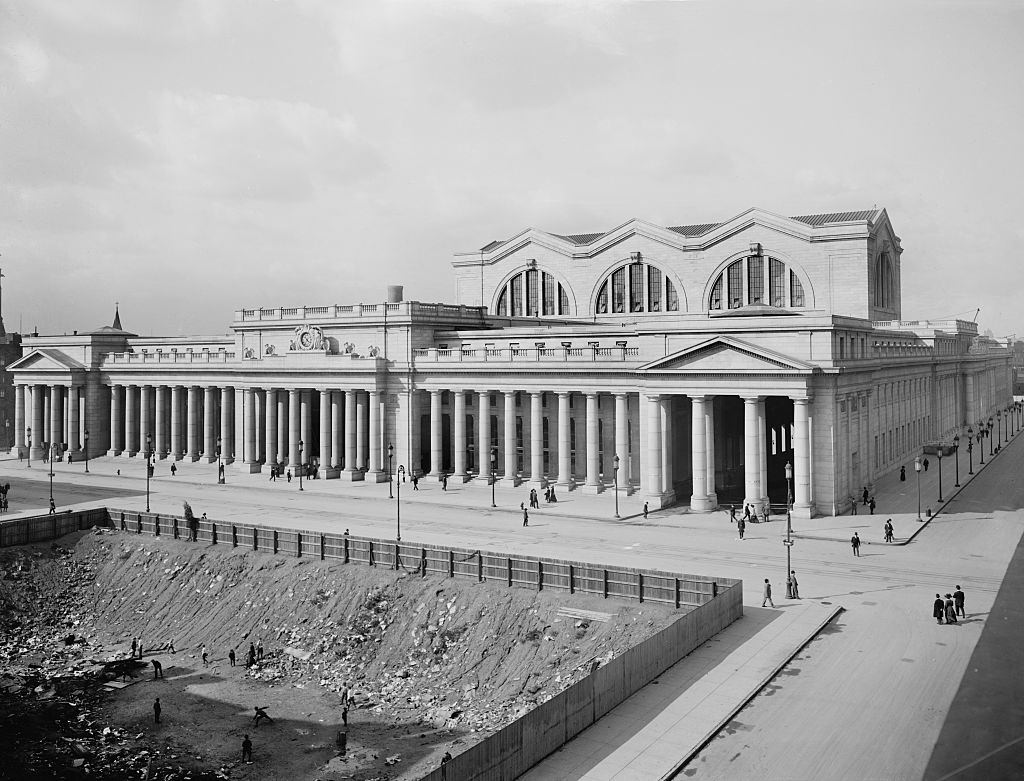
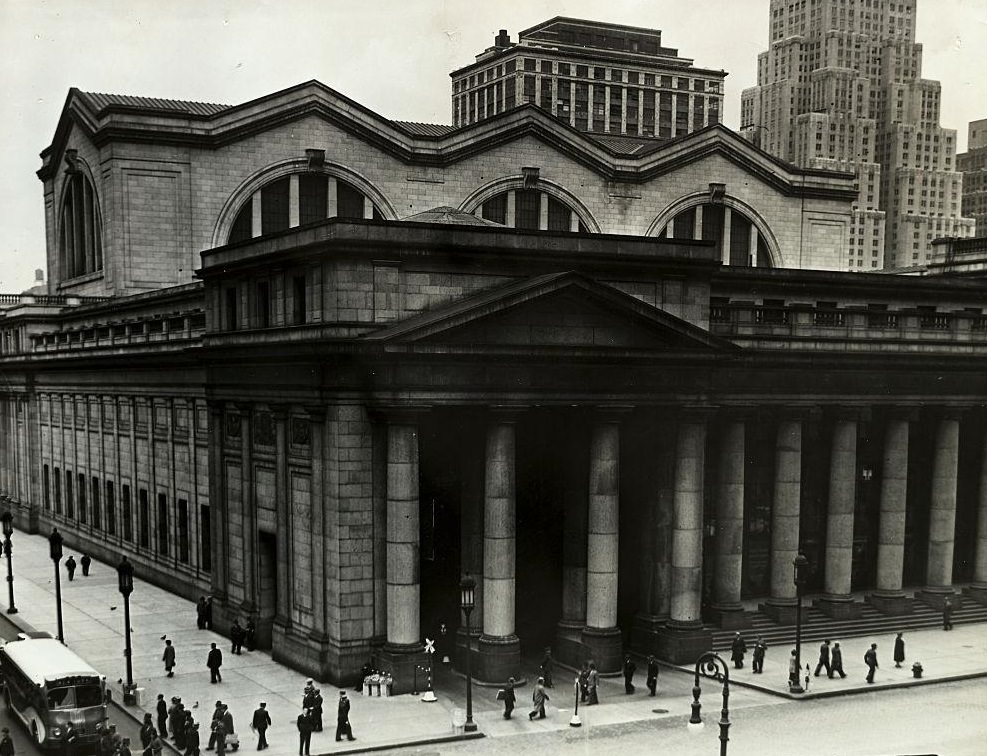
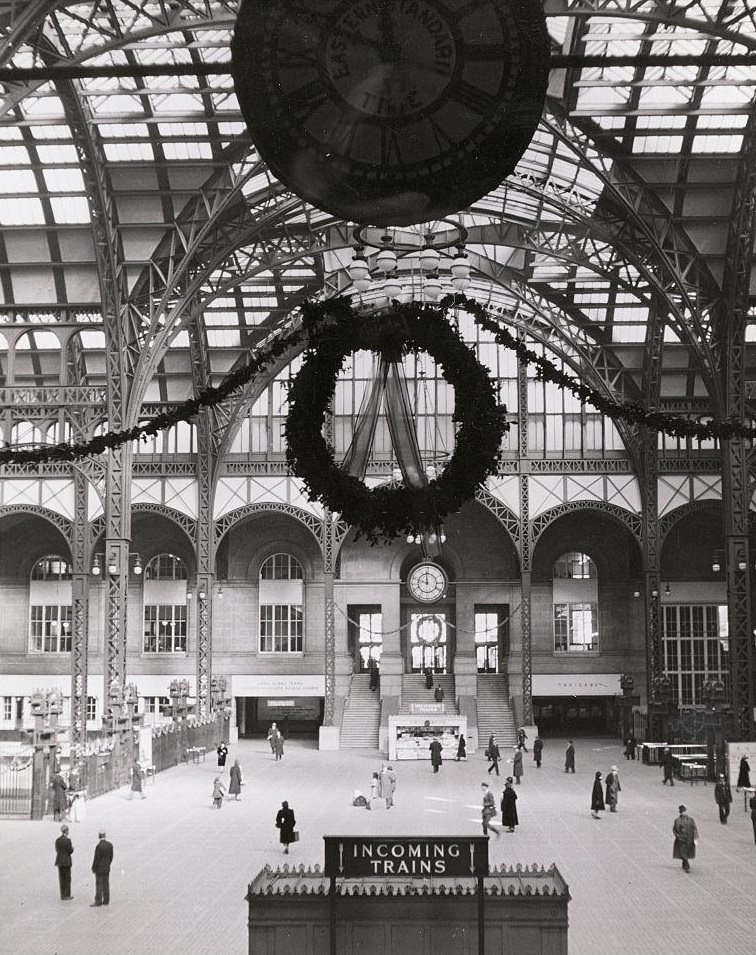
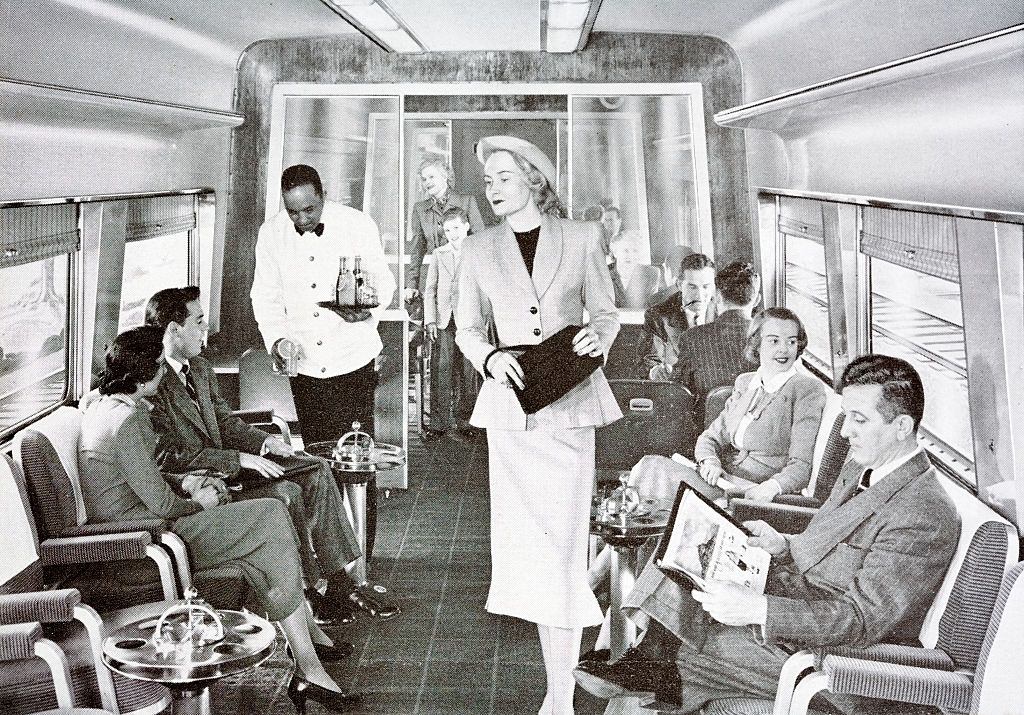
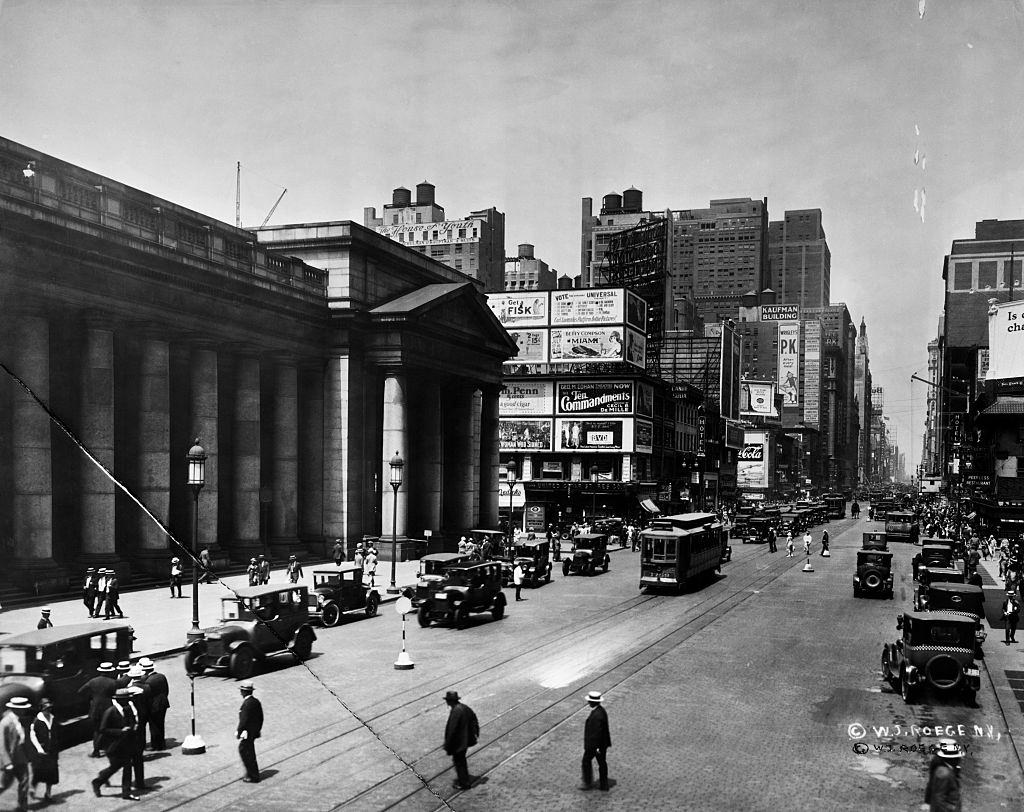
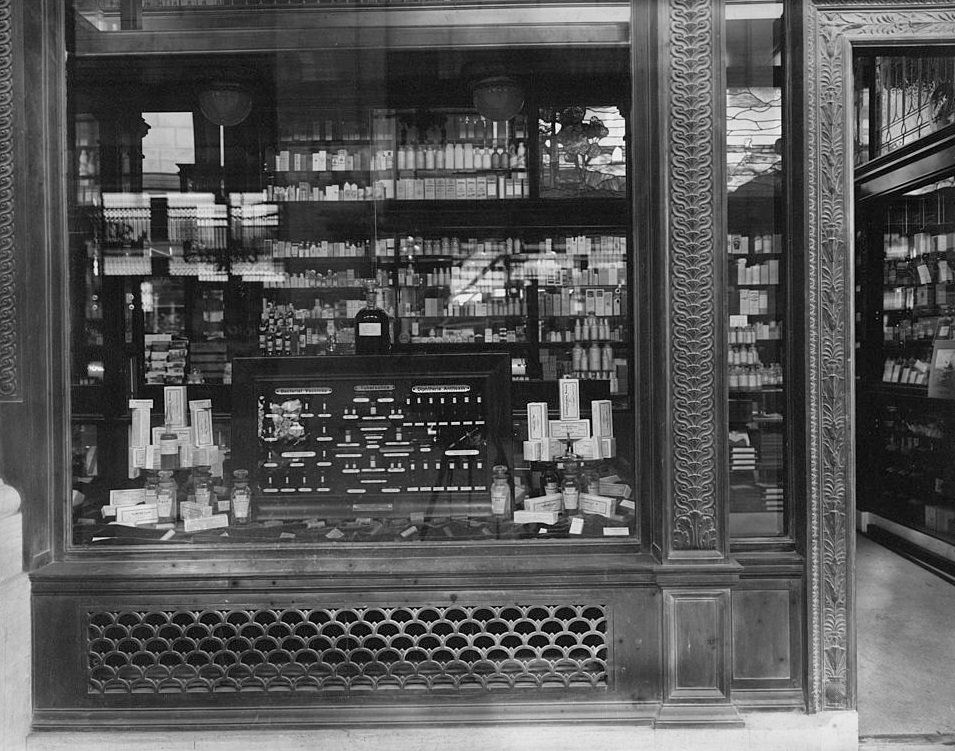
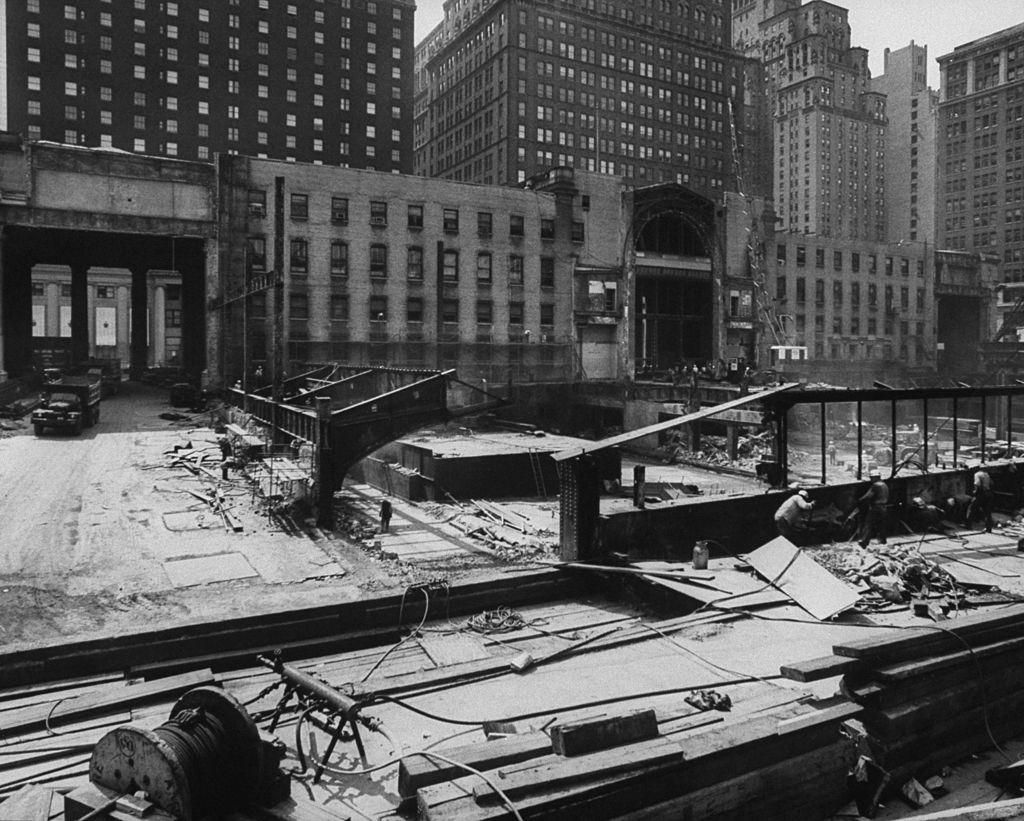
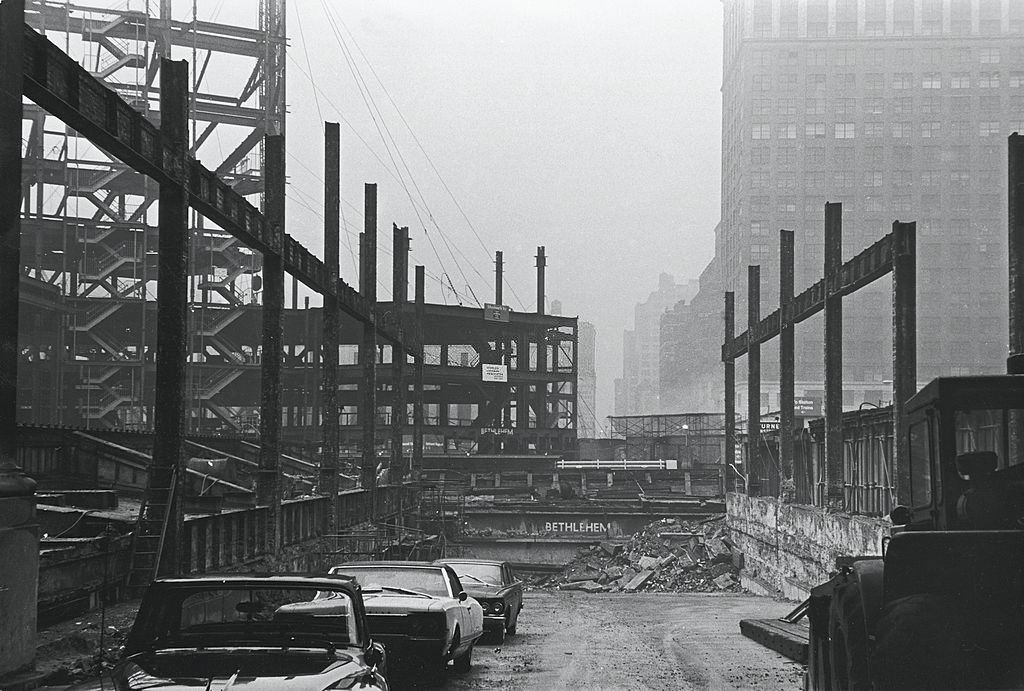
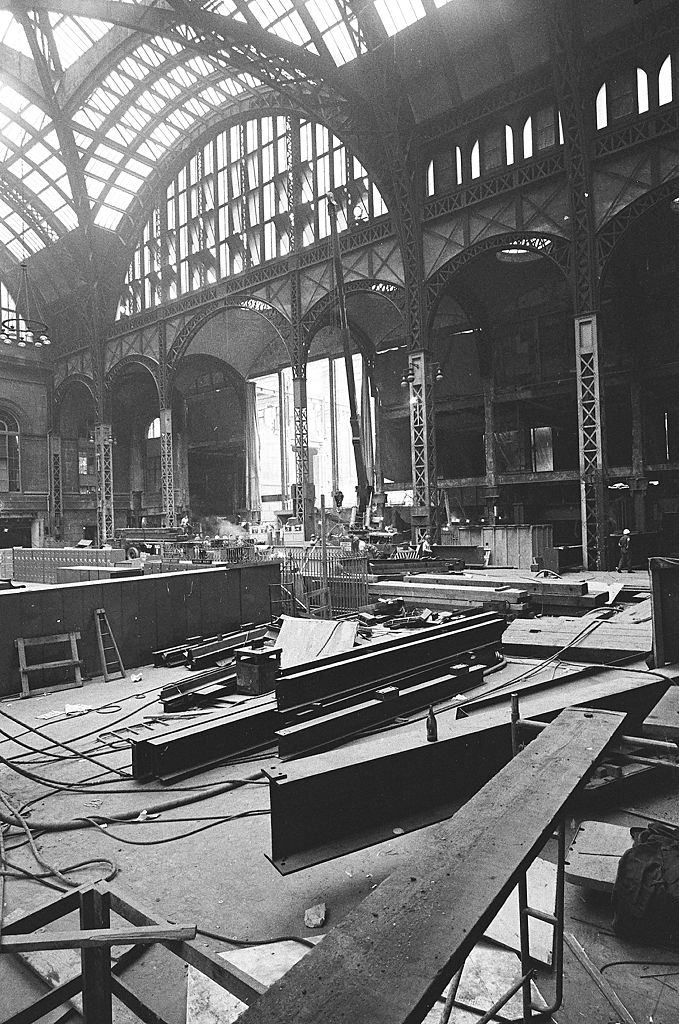
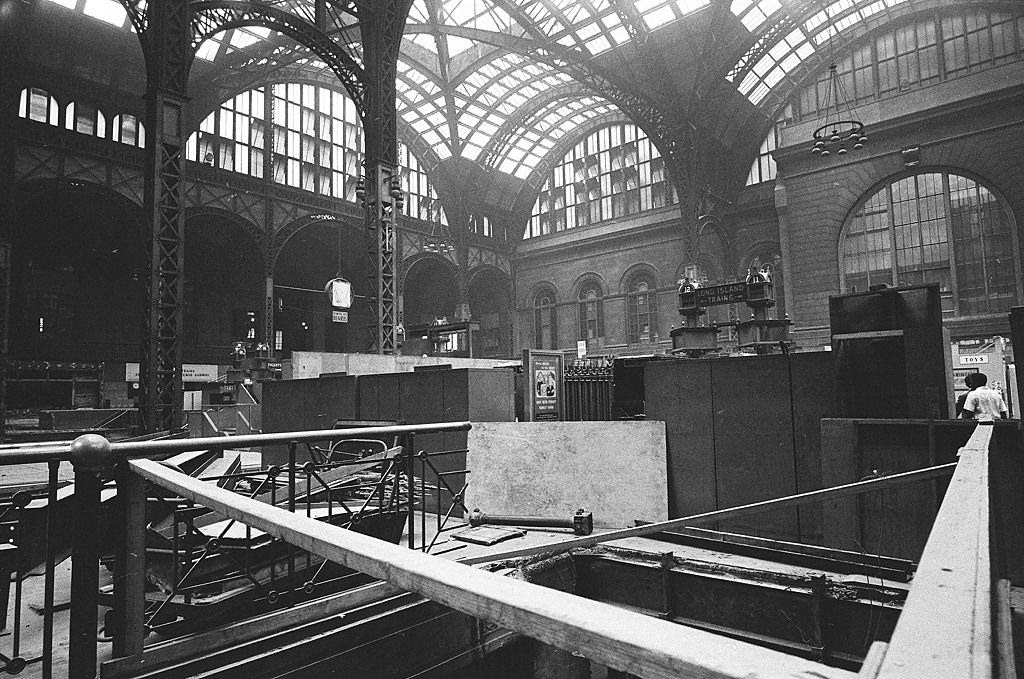
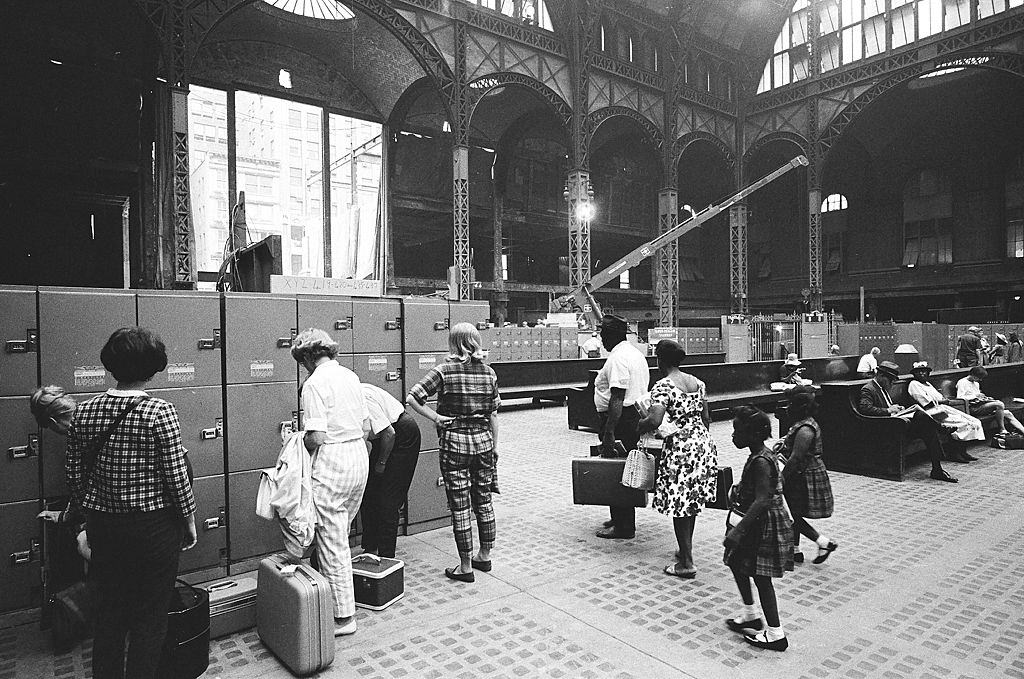
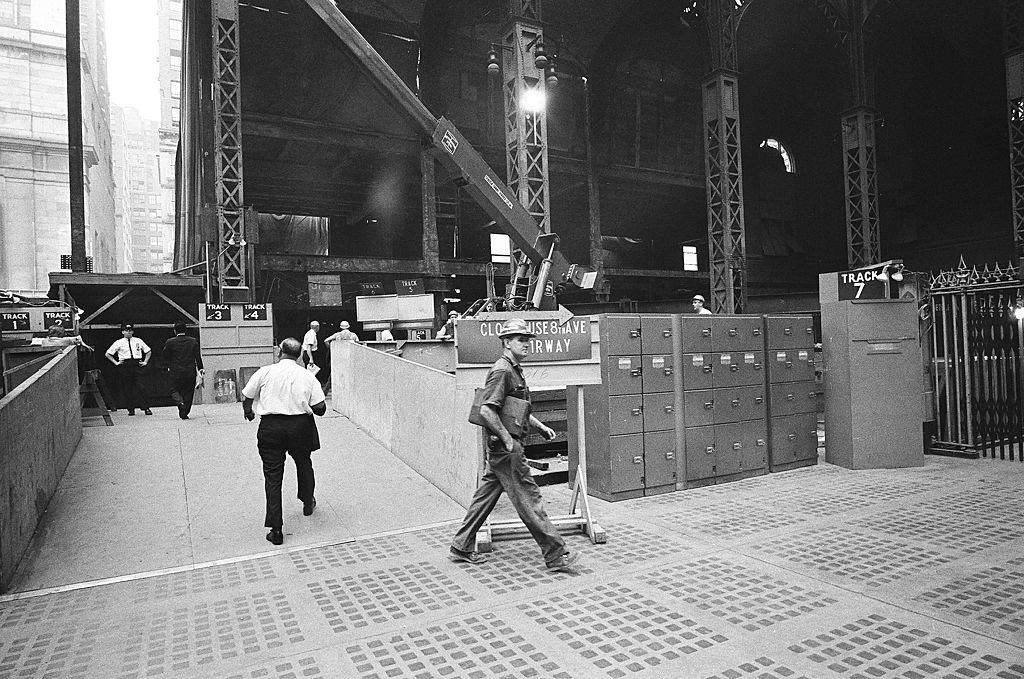
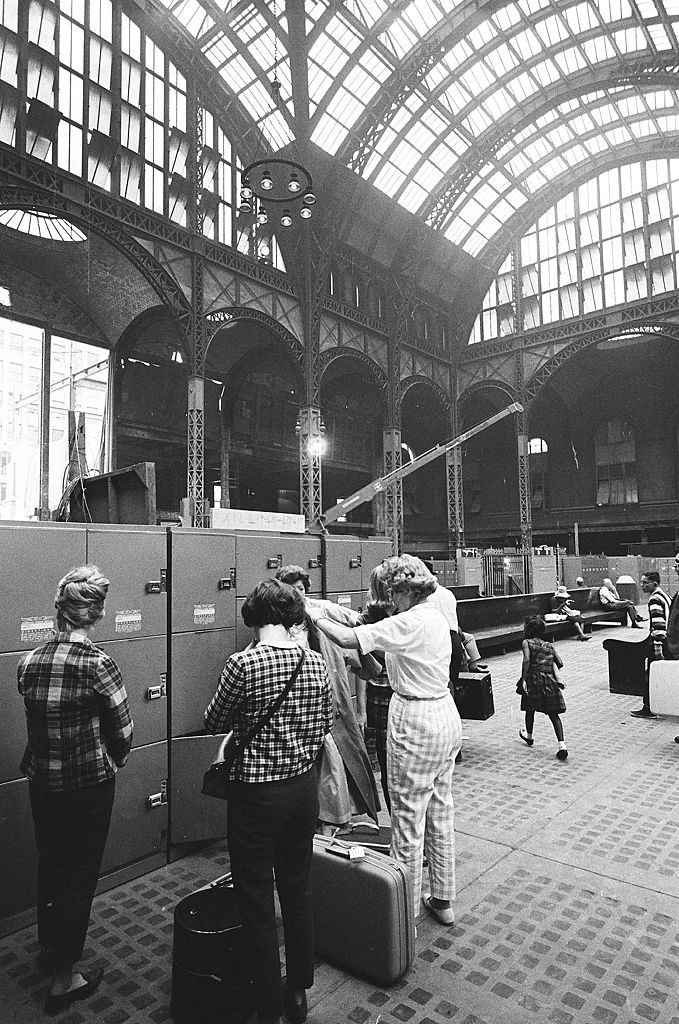
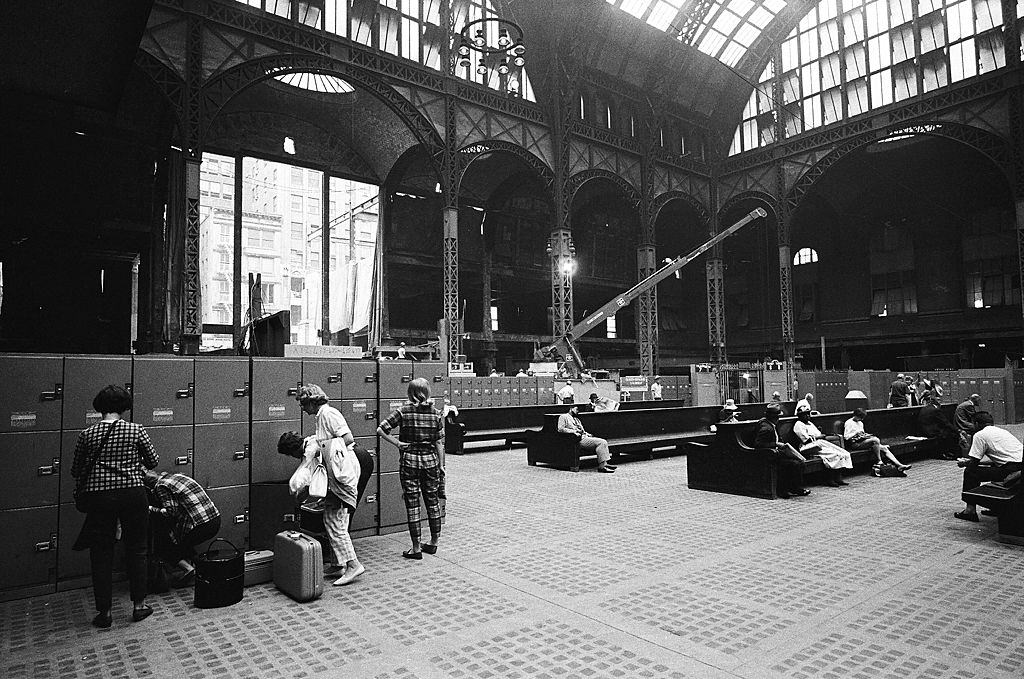
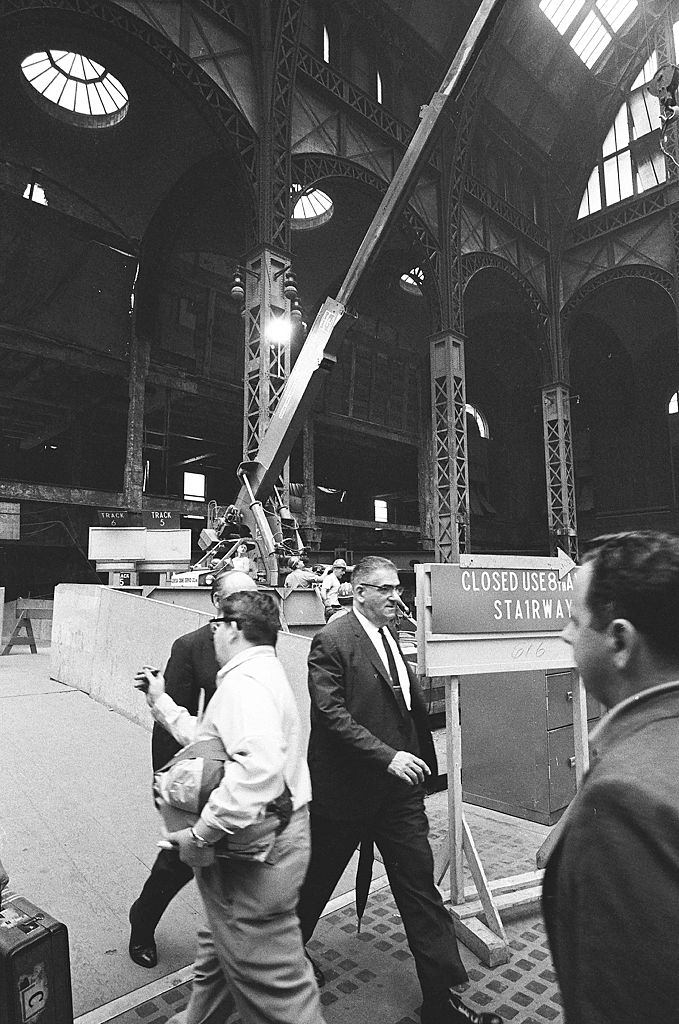
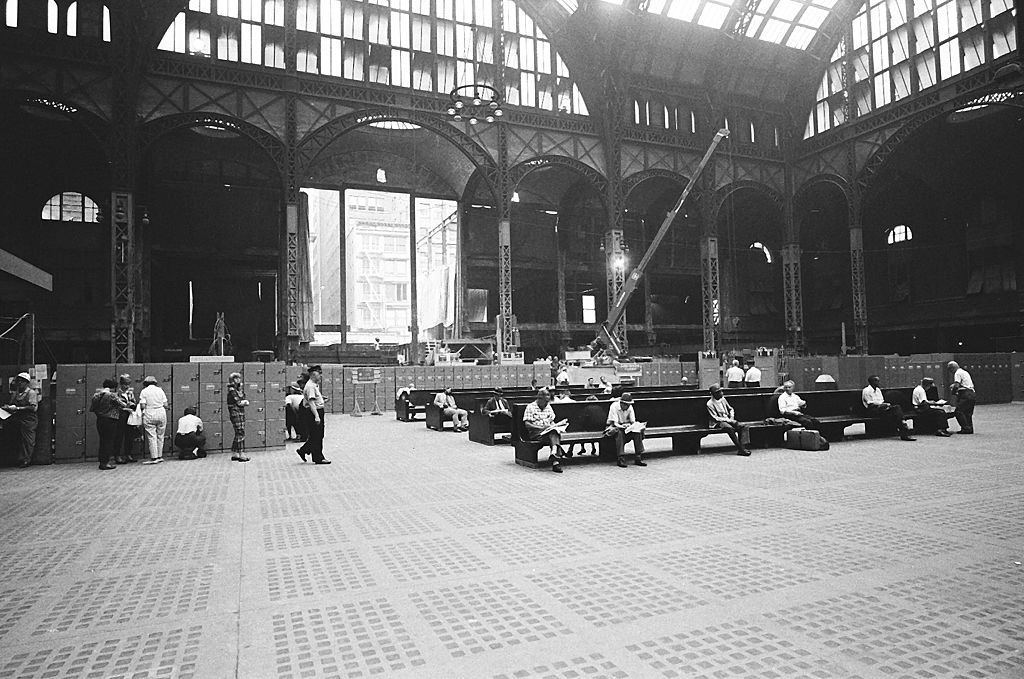
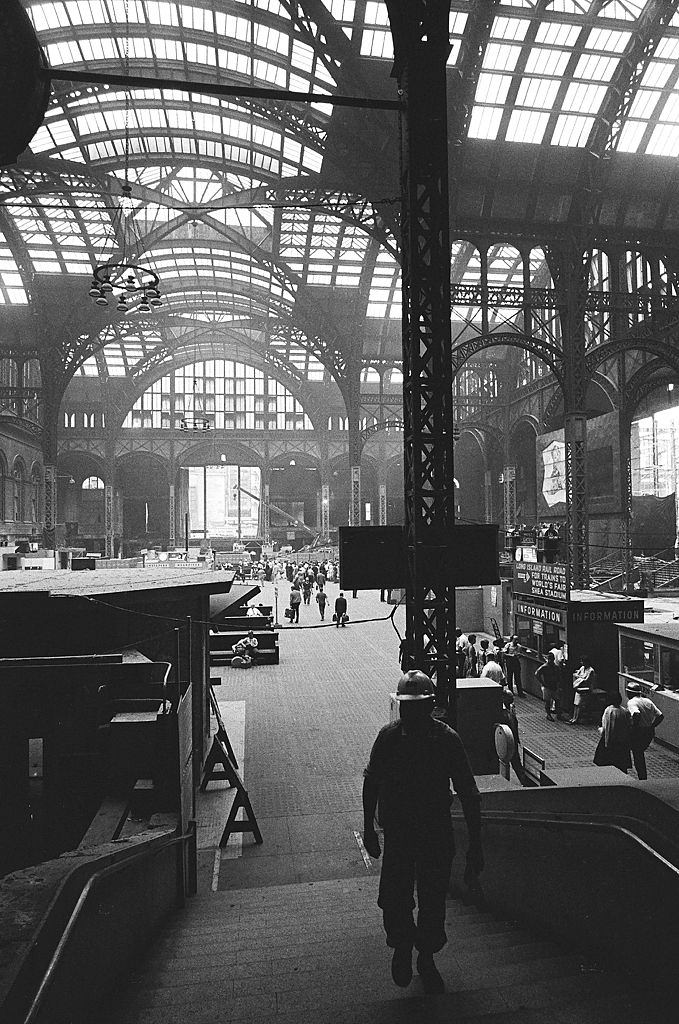
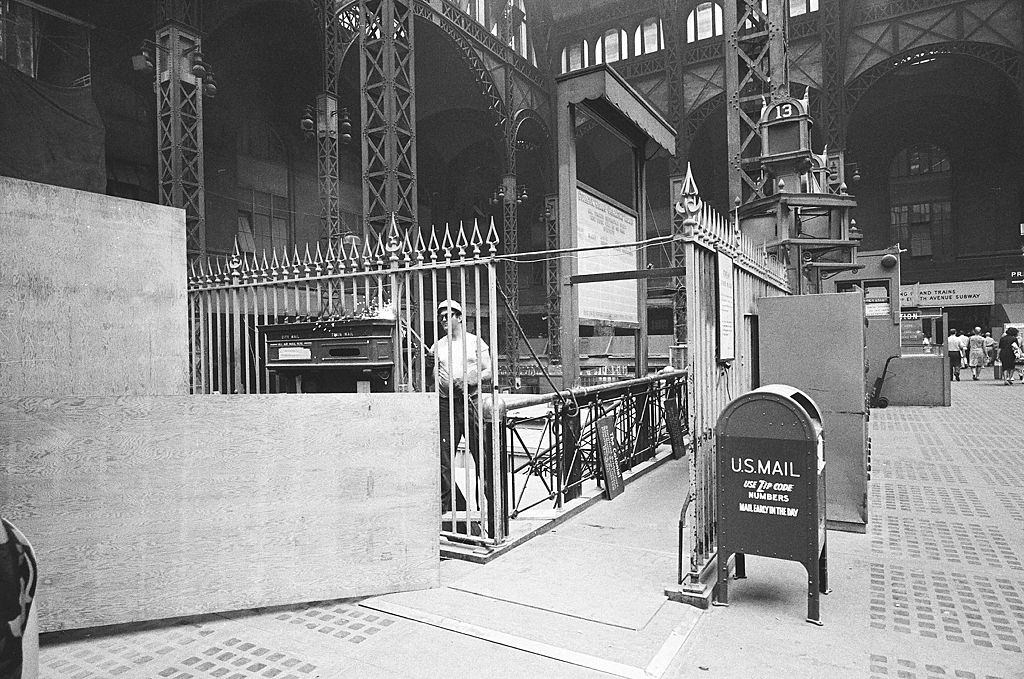
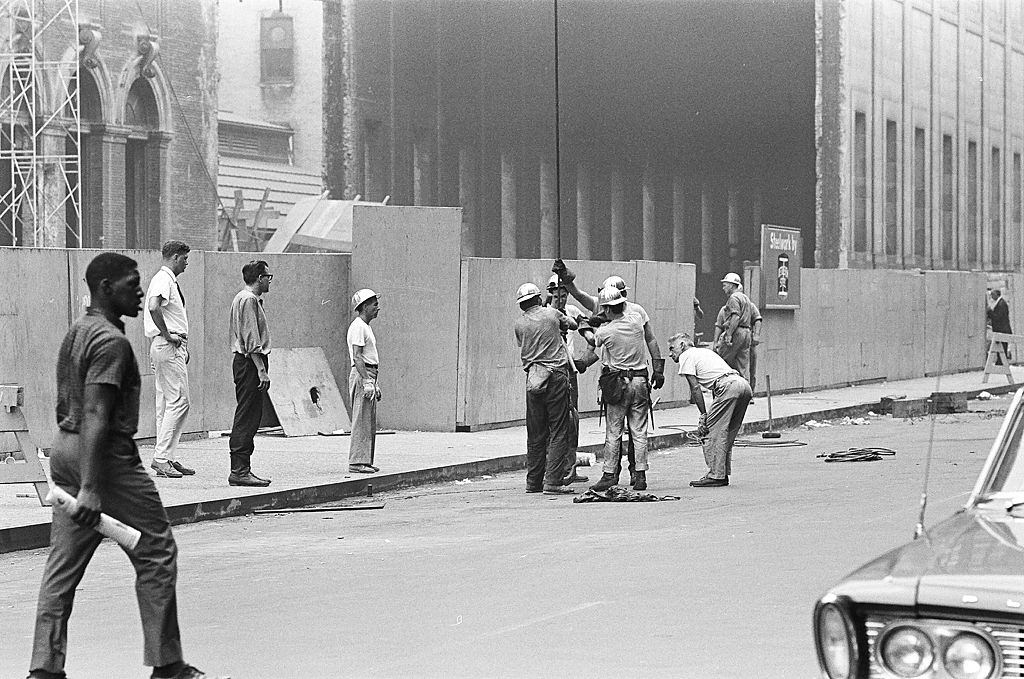
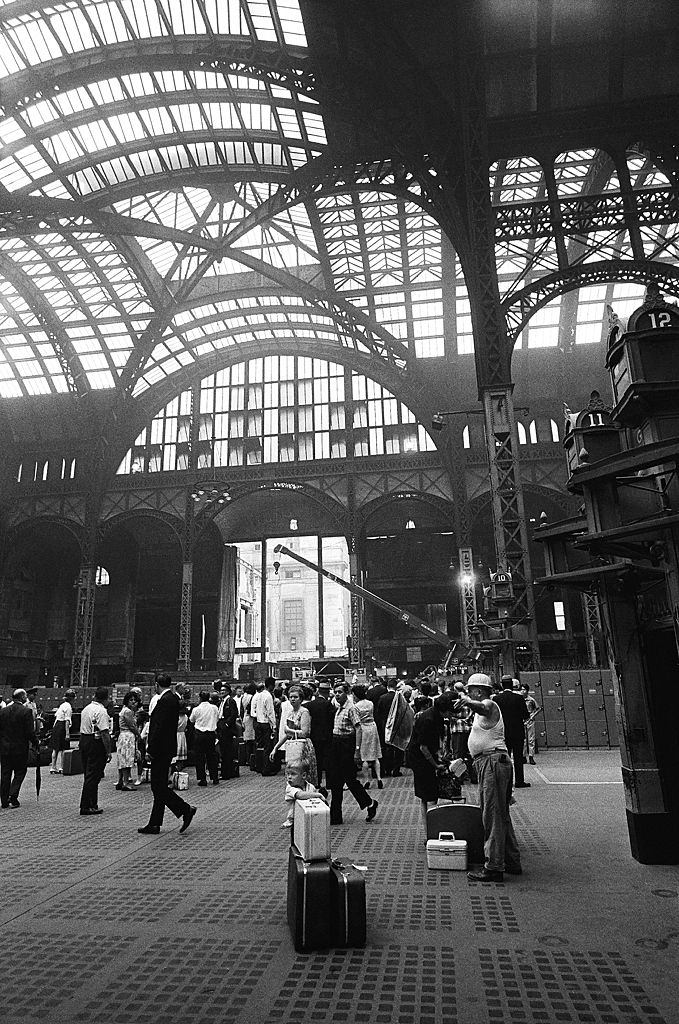
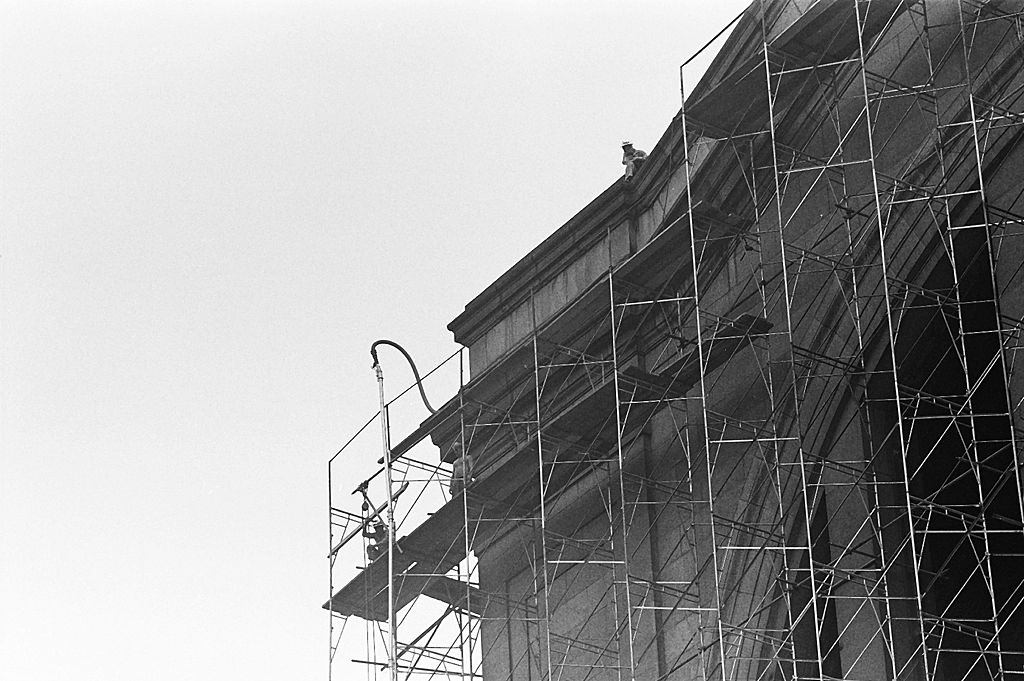
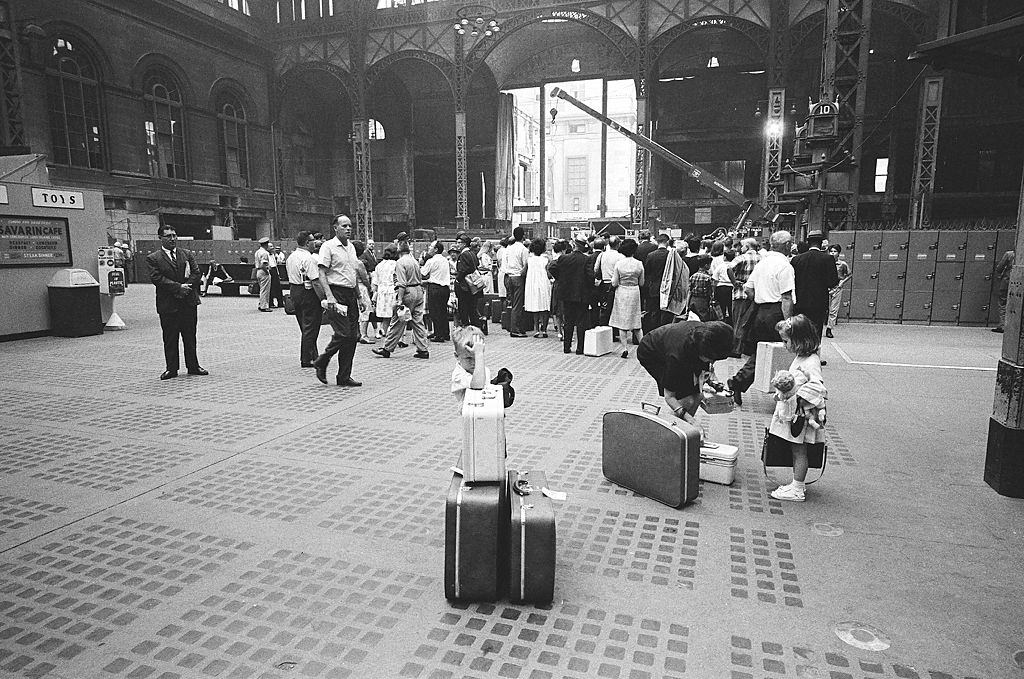
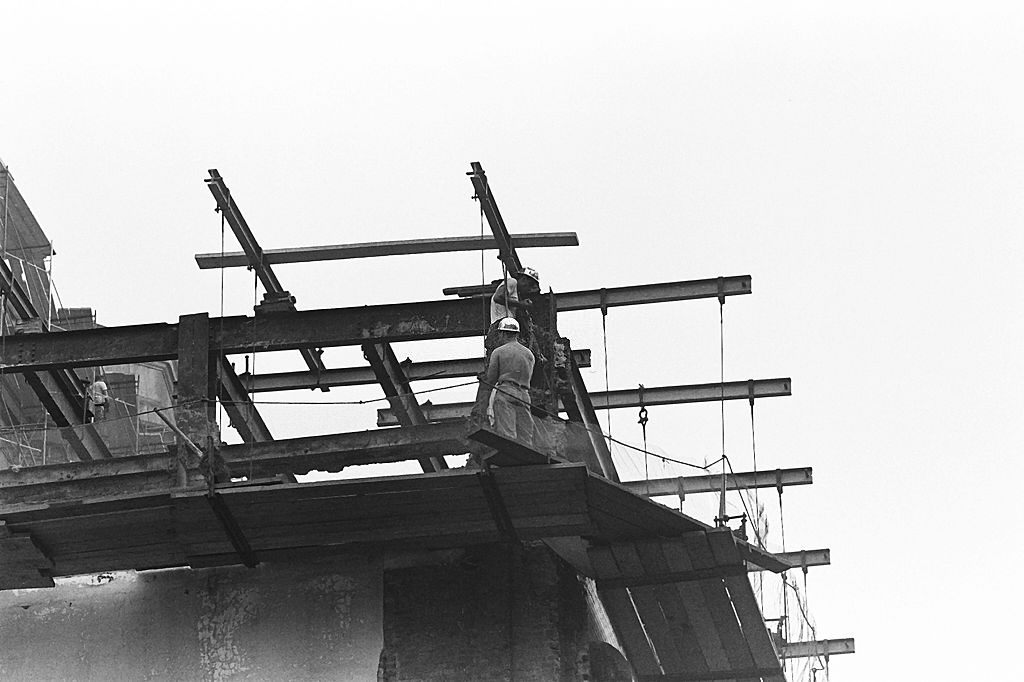
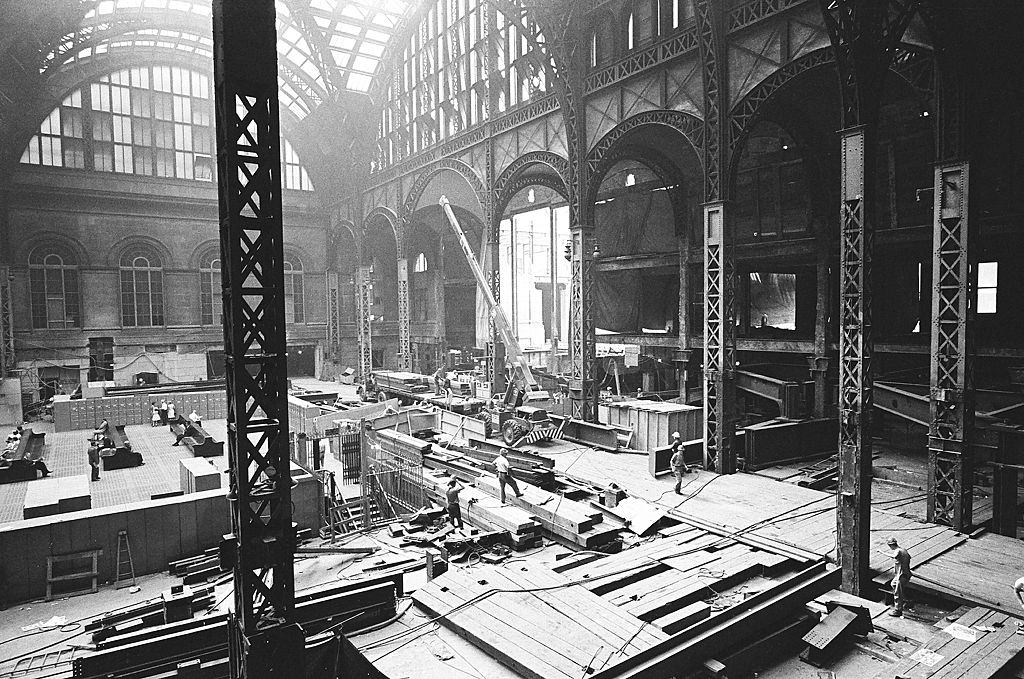
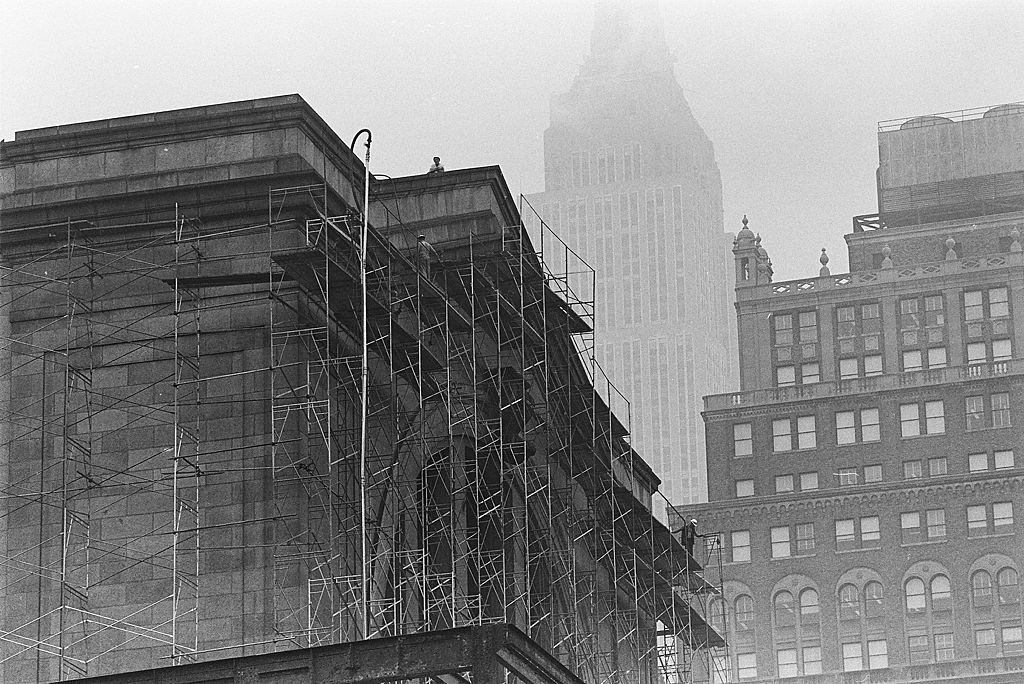
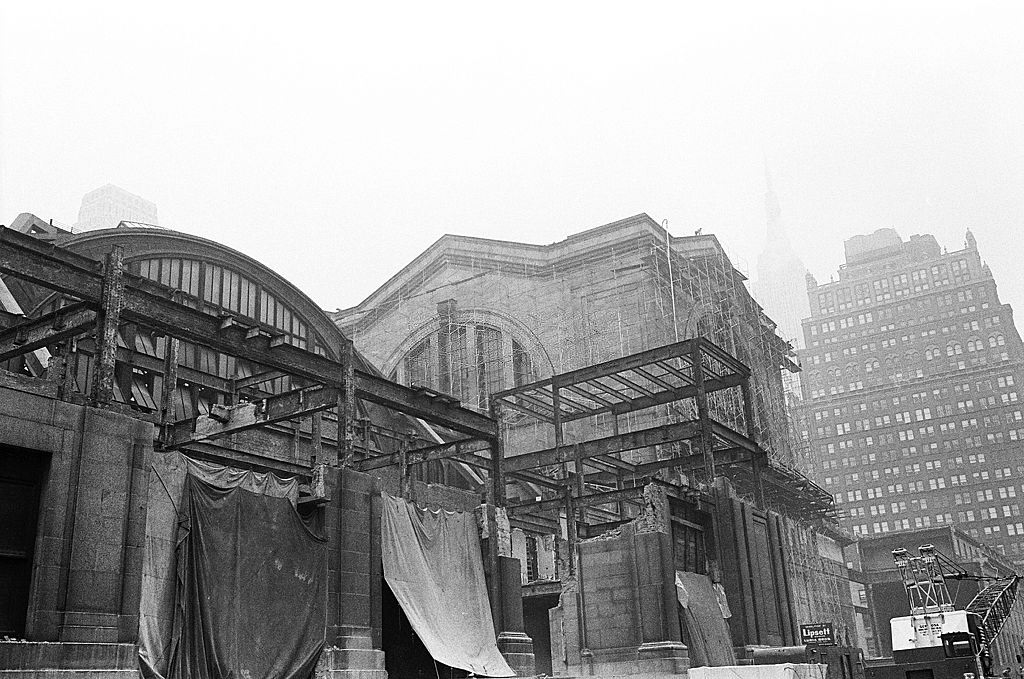
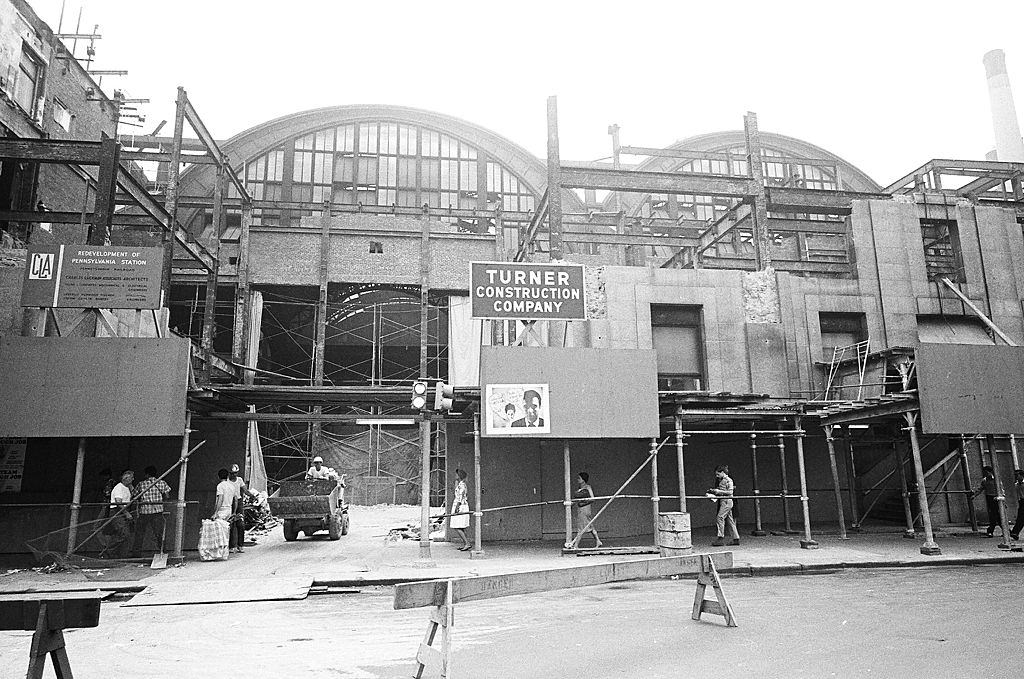
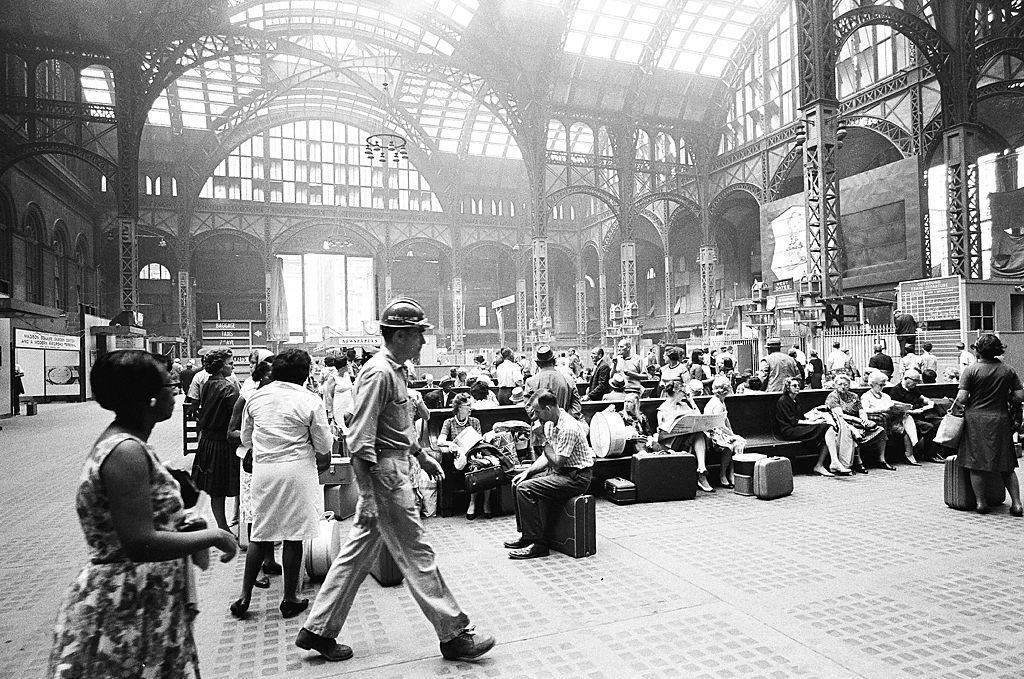
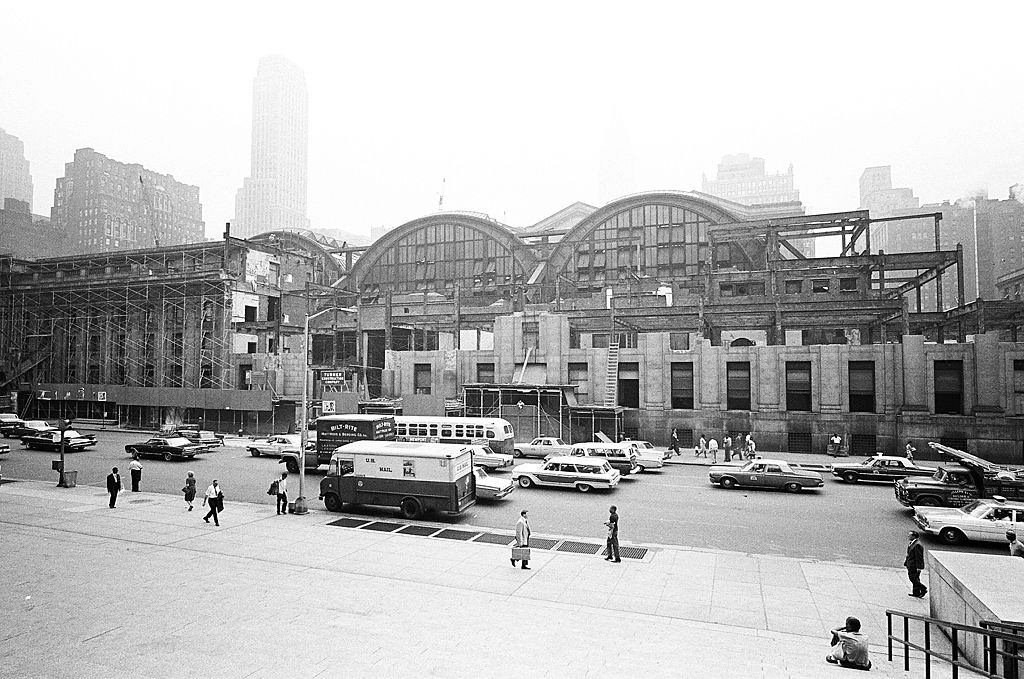
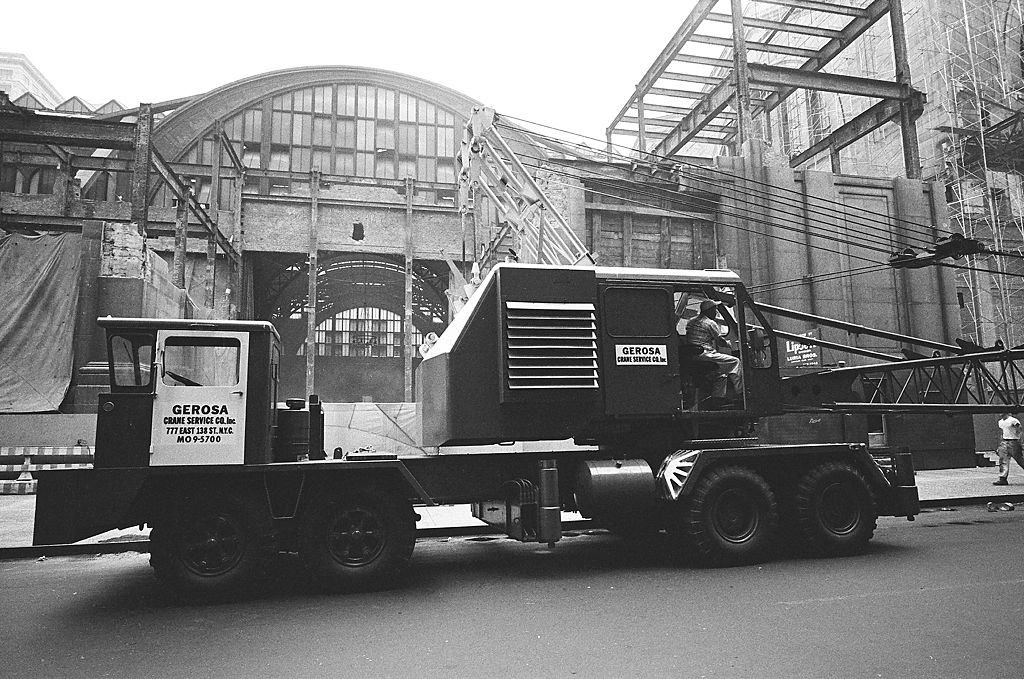
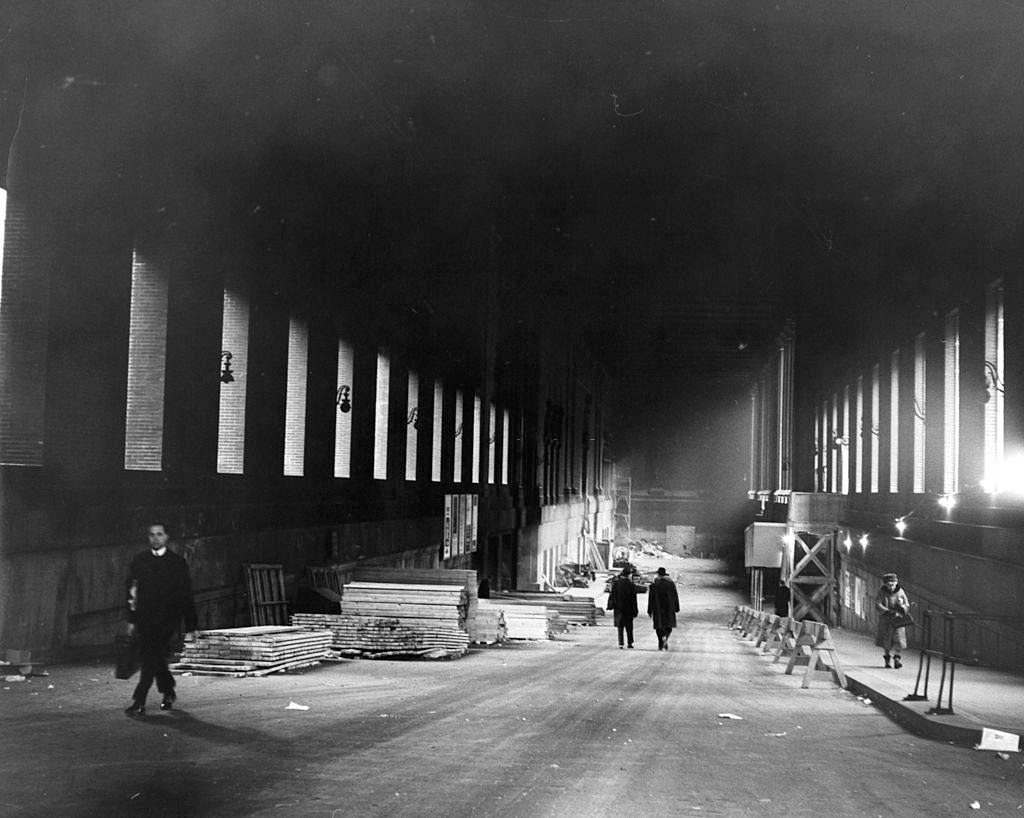
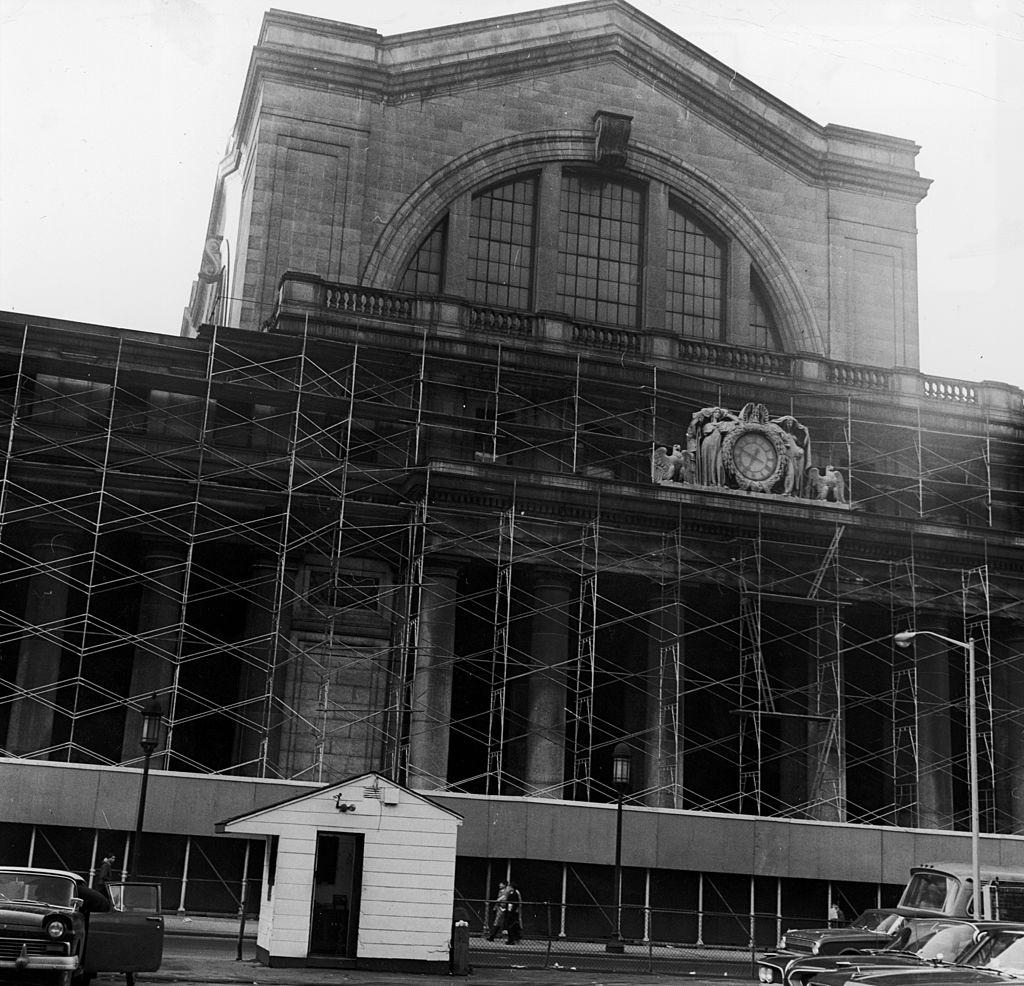
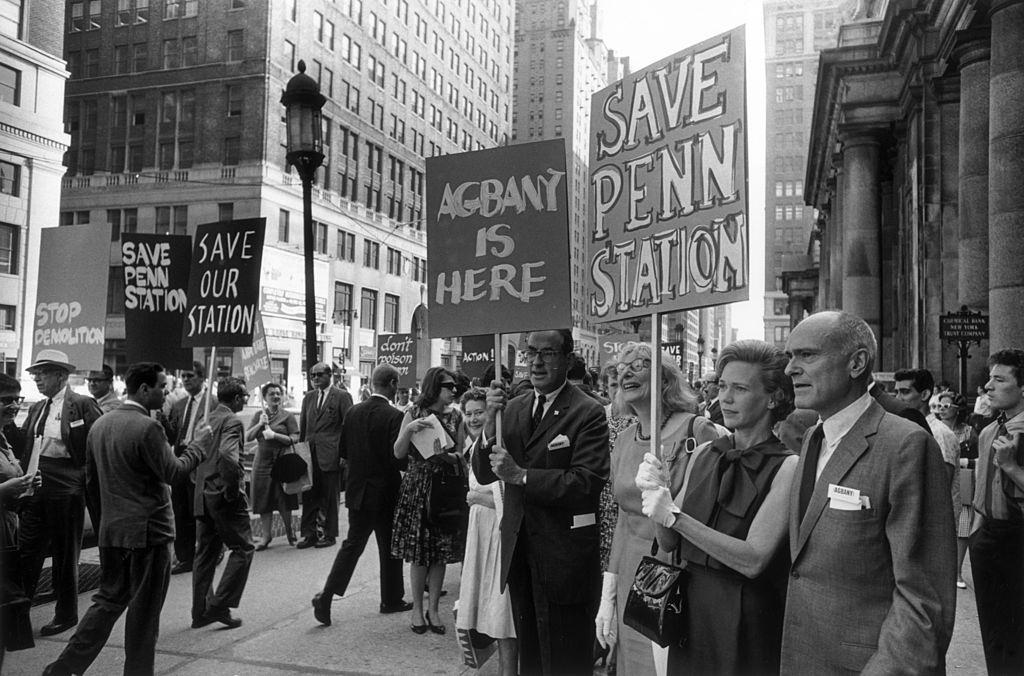
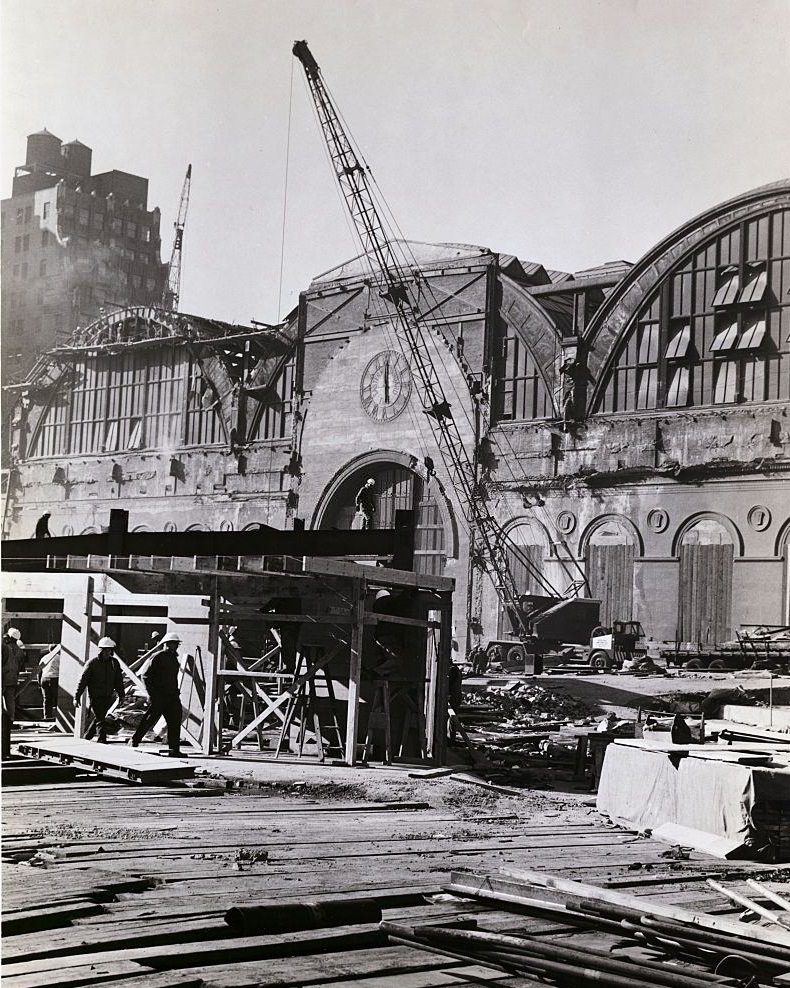
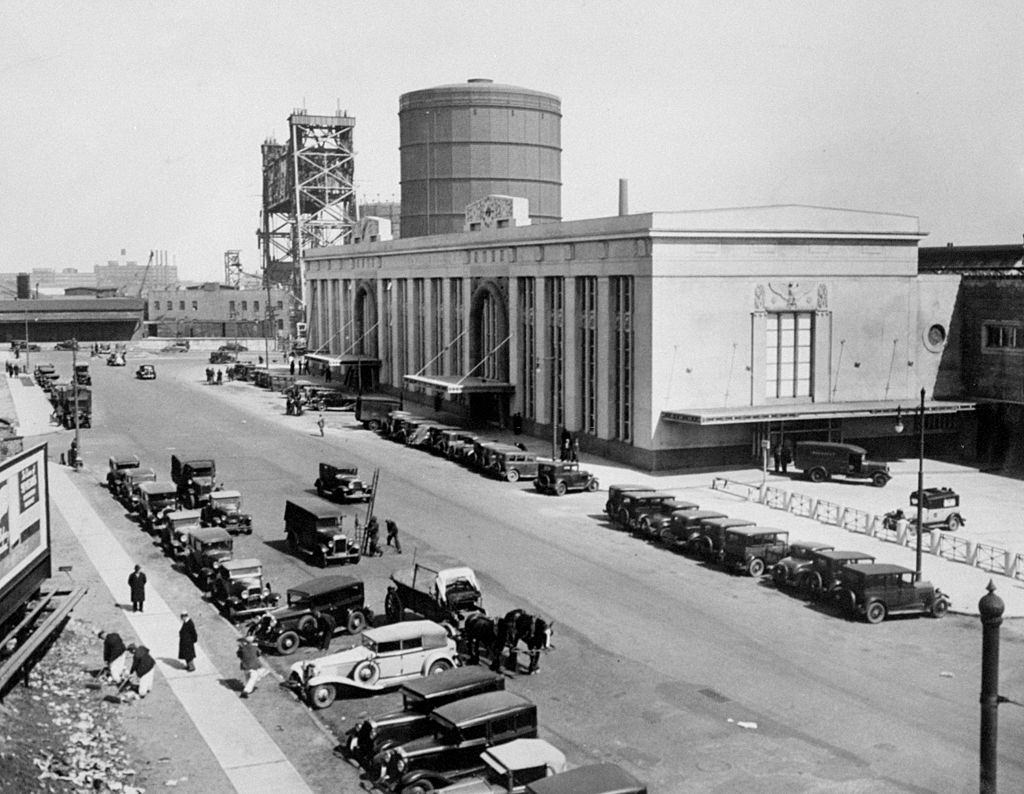
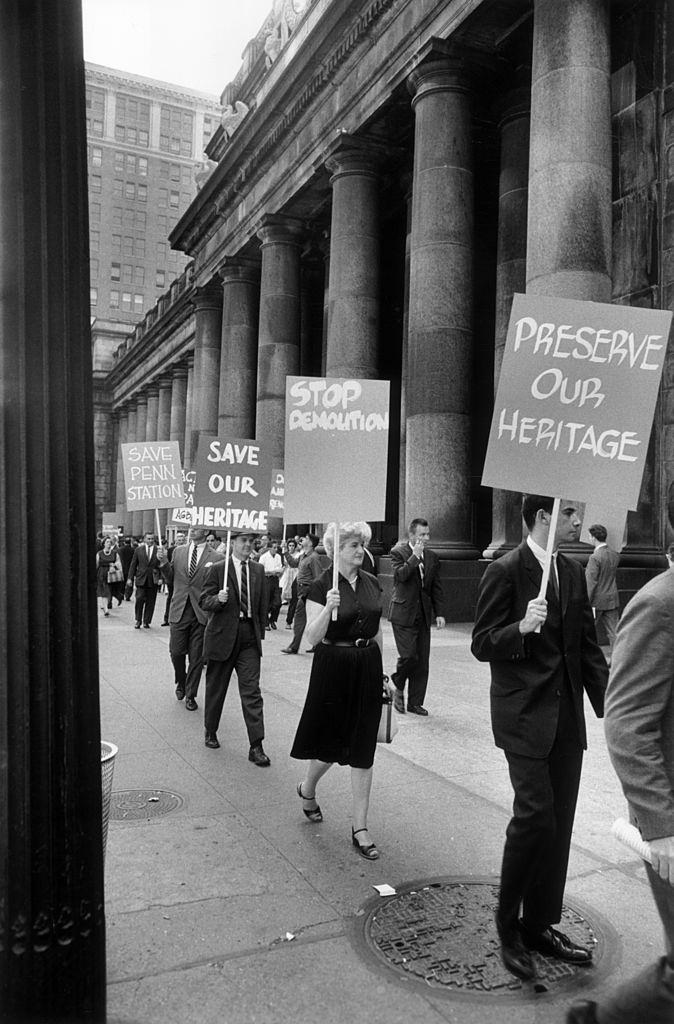




Consequently, New York state is now pushing for the building of massive towers in the surrounding neighborhood so a few developers can make money.
Doesn’t pbs have a special on this? I could have sworn they do.
In Europe, this would’ve been protected as a monument and treated as the palace it was. Sadly, the US lost an extraordinary piece of art.
I just went down a wormhole of the George A. Fuller Company.
Fantastic! Thanks for sharing.